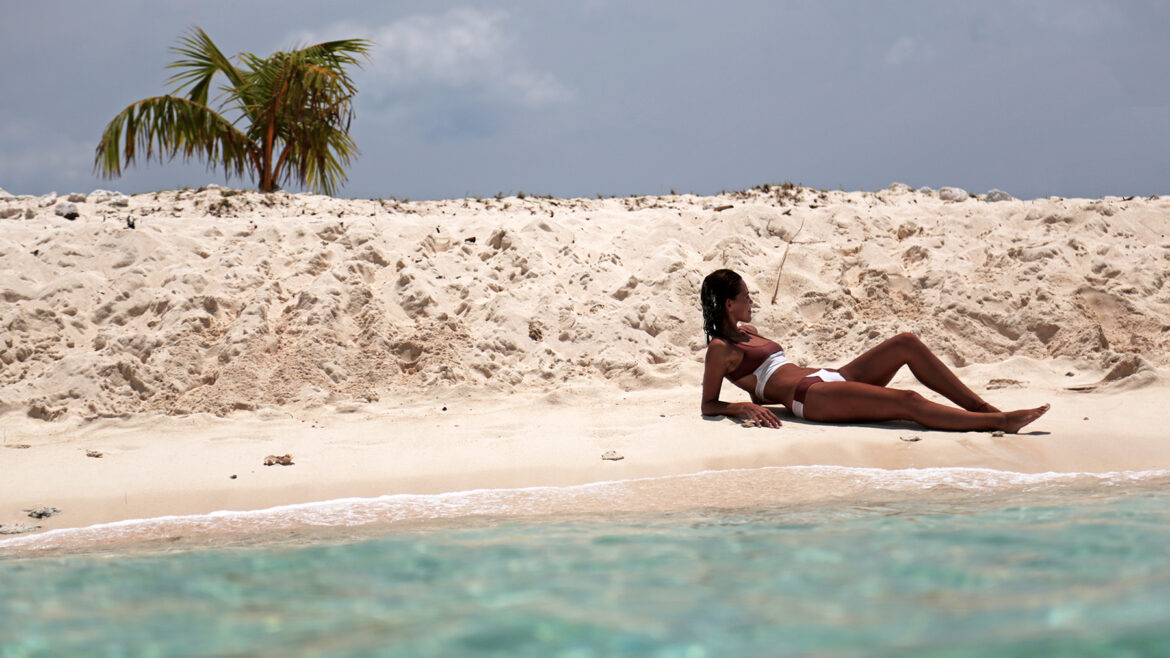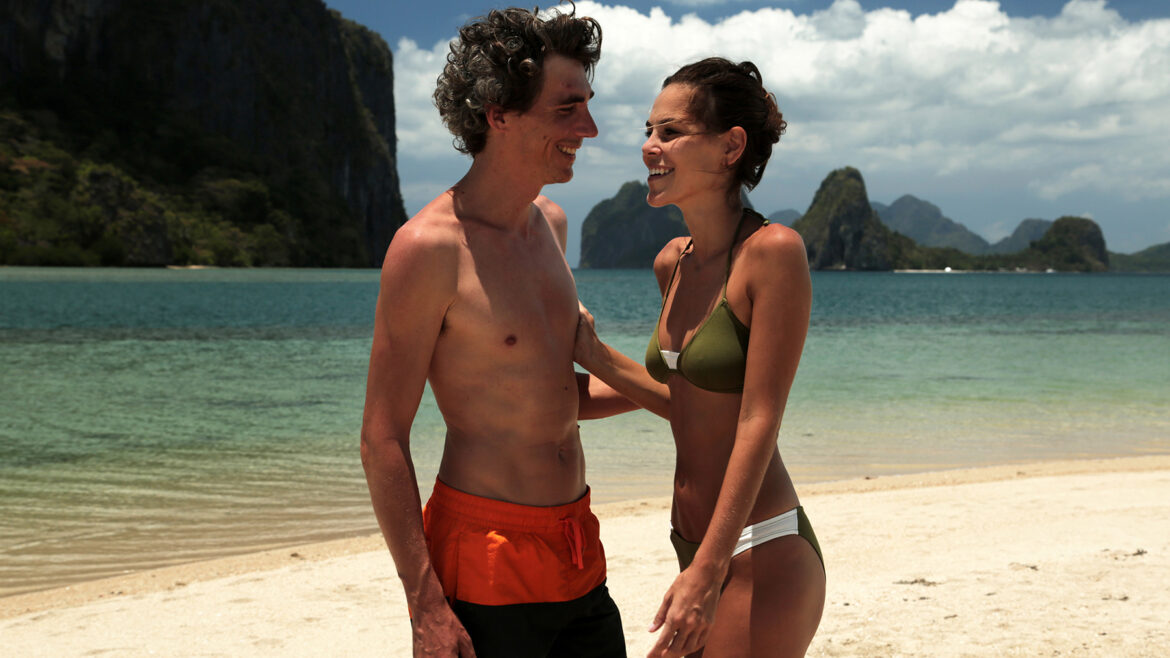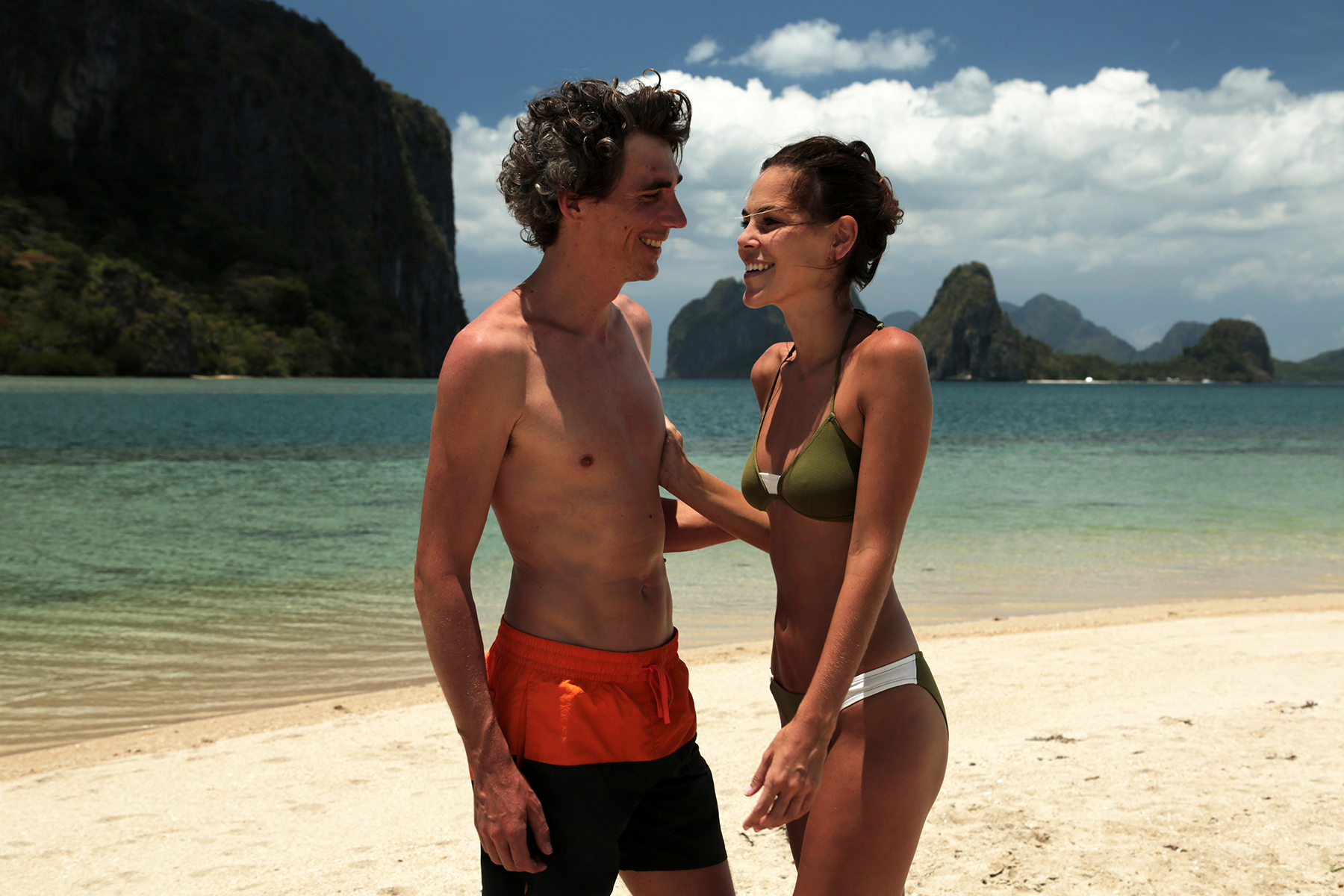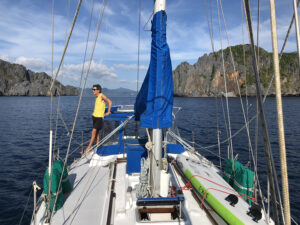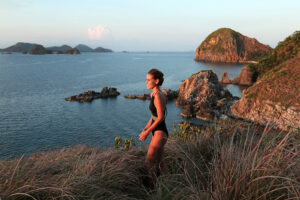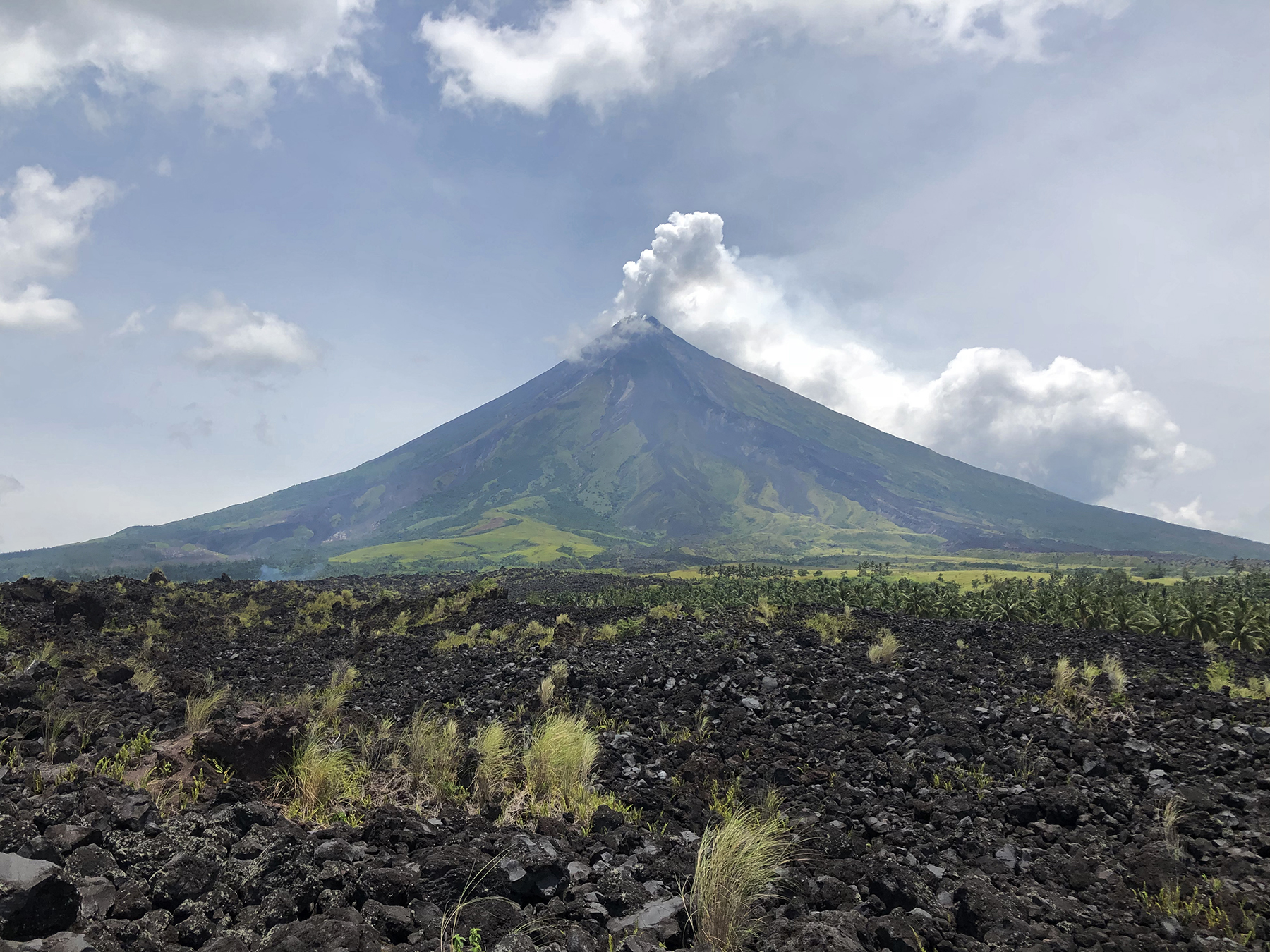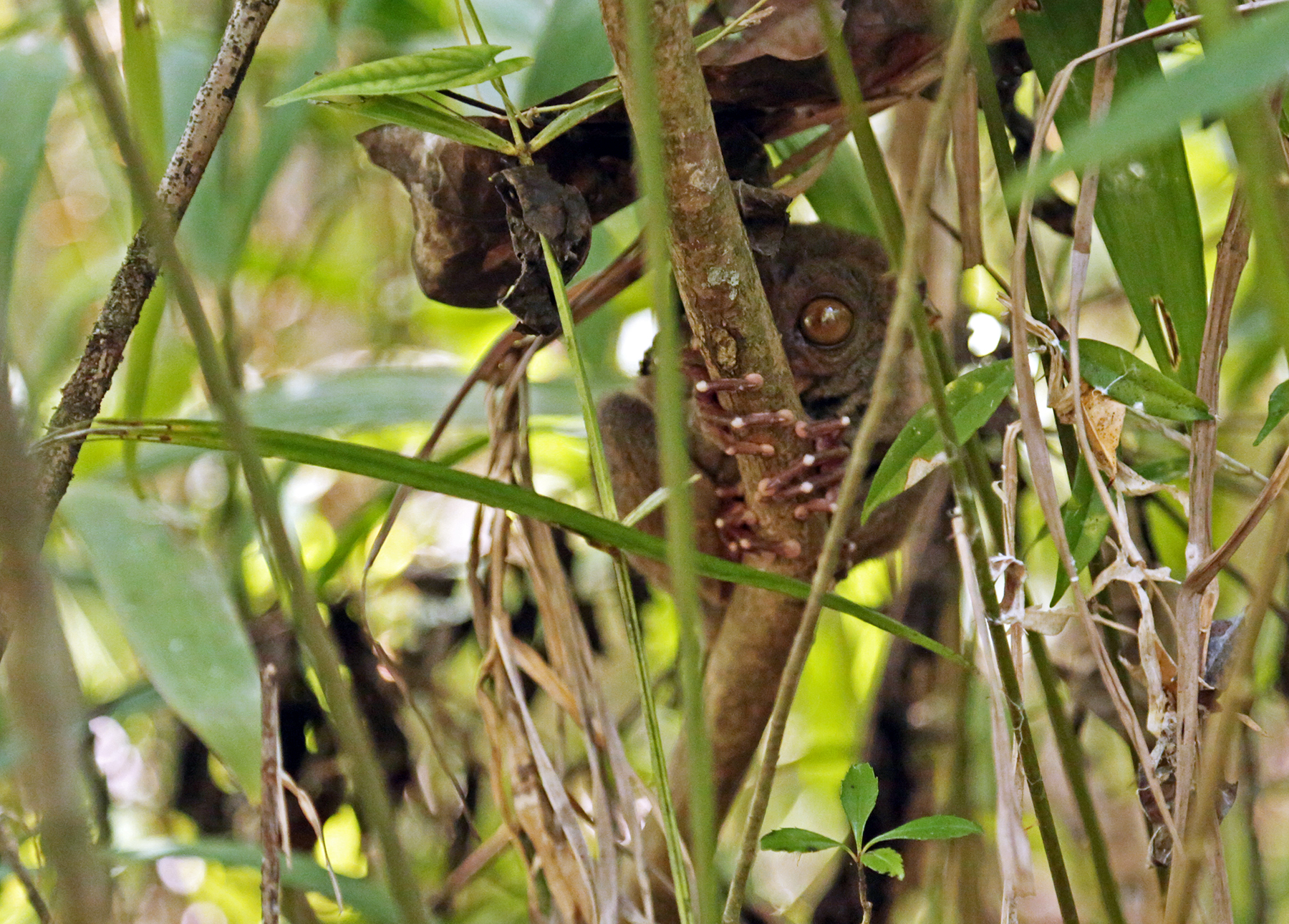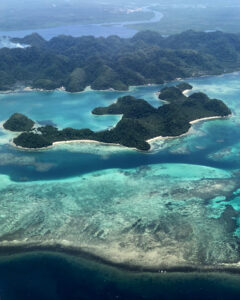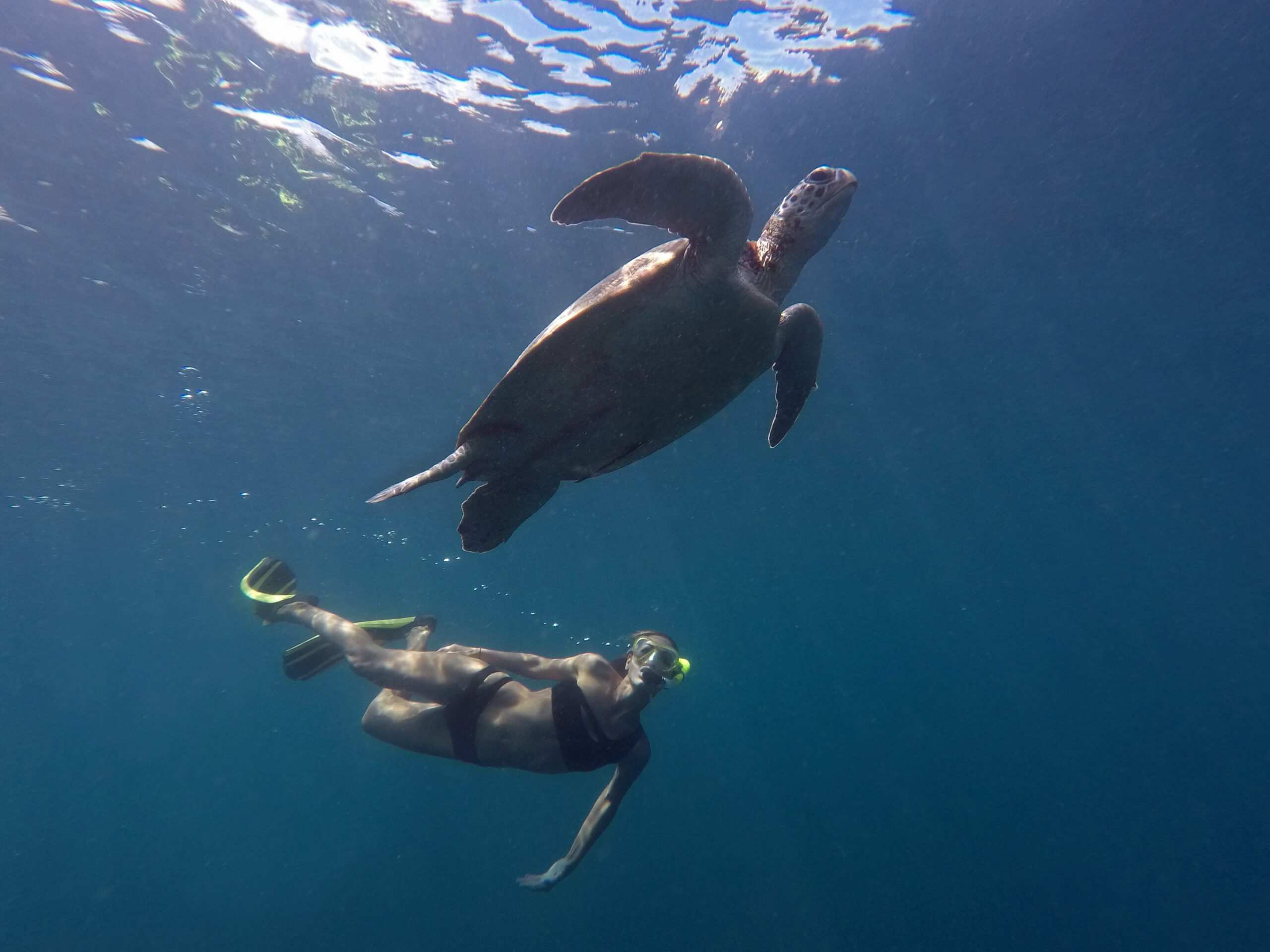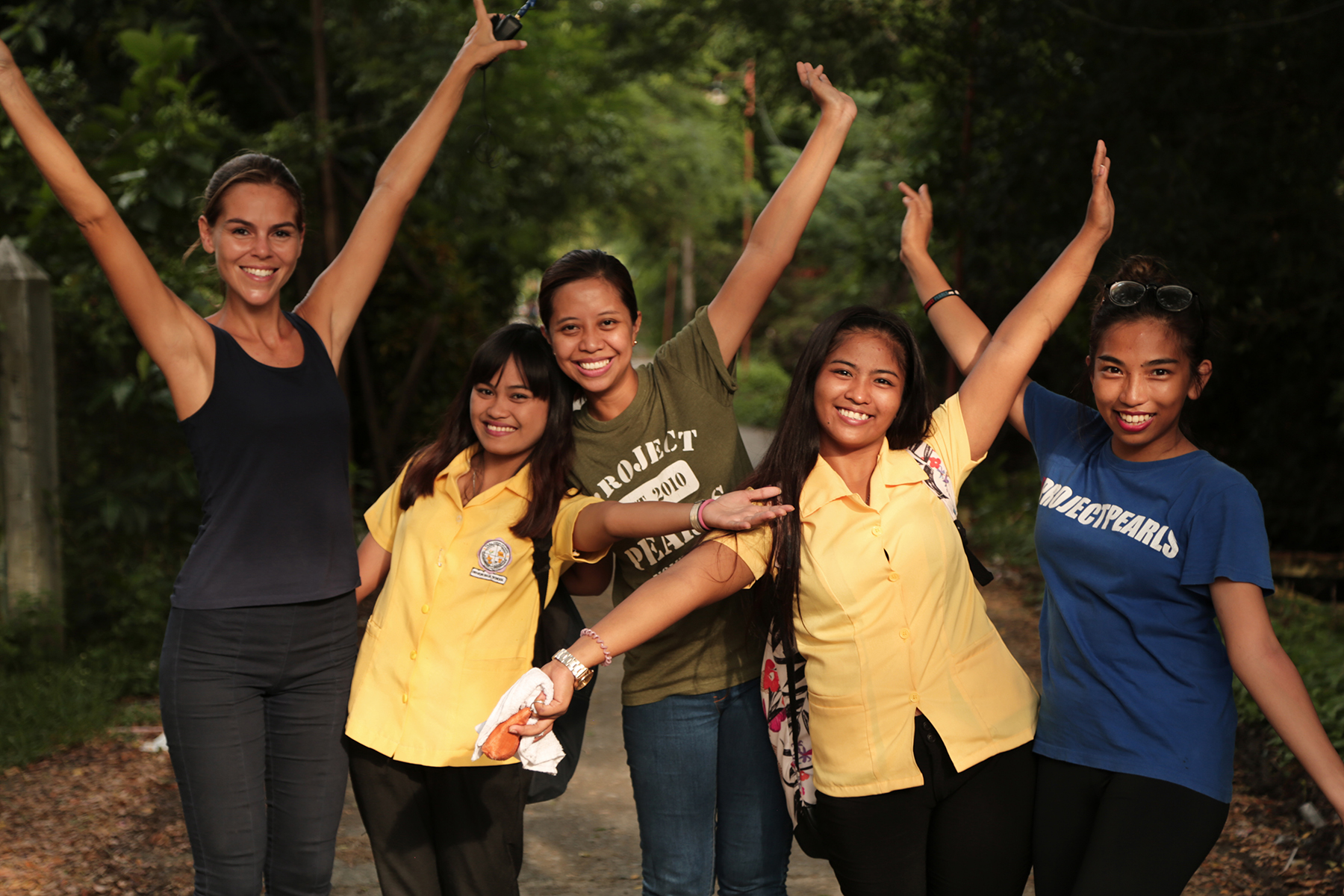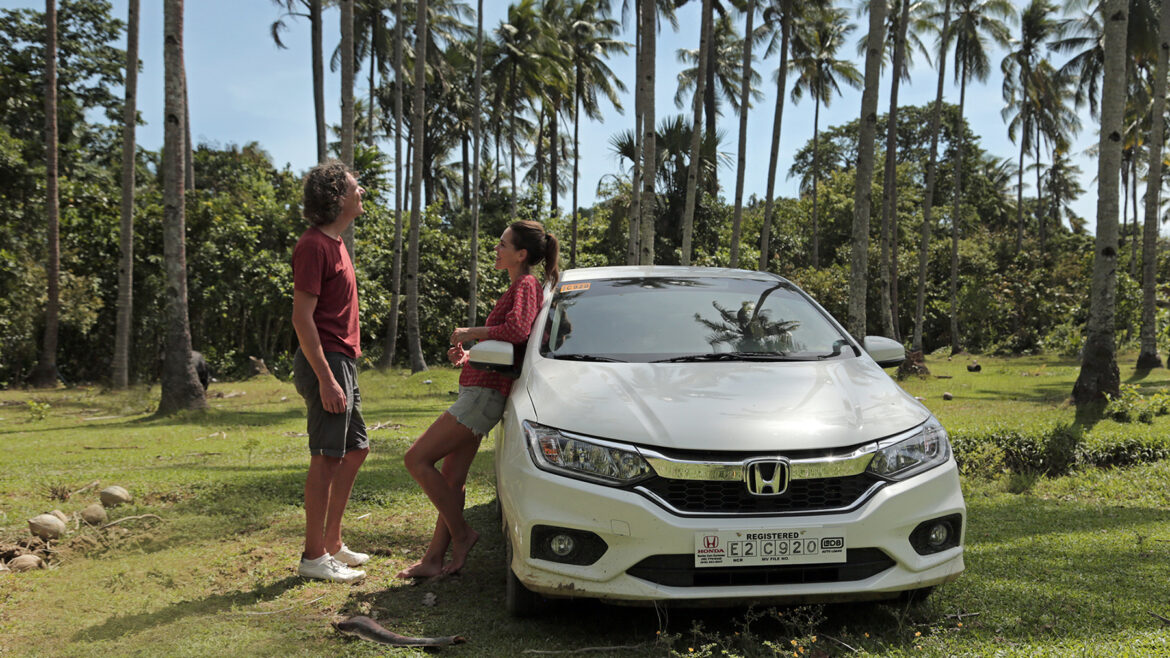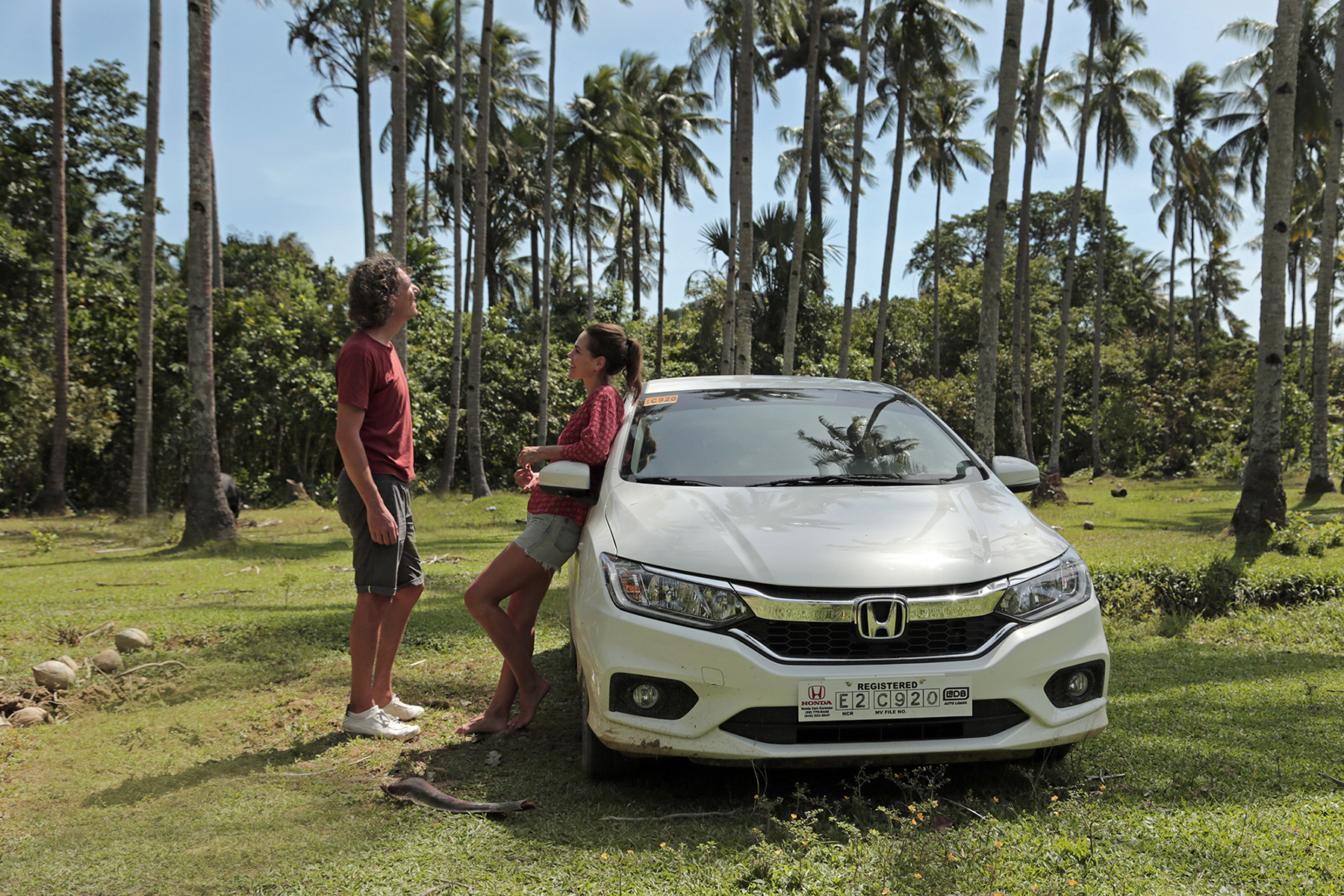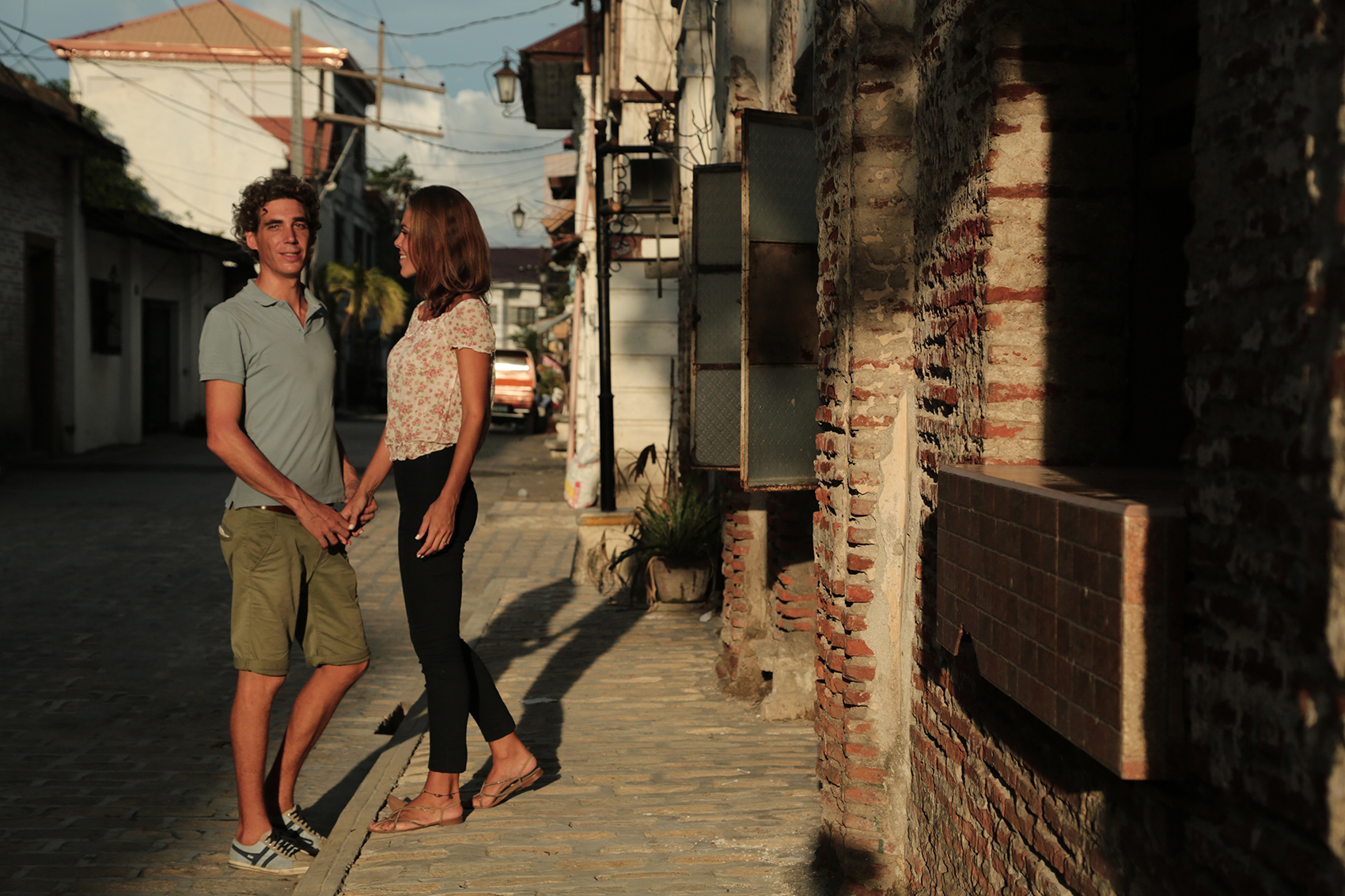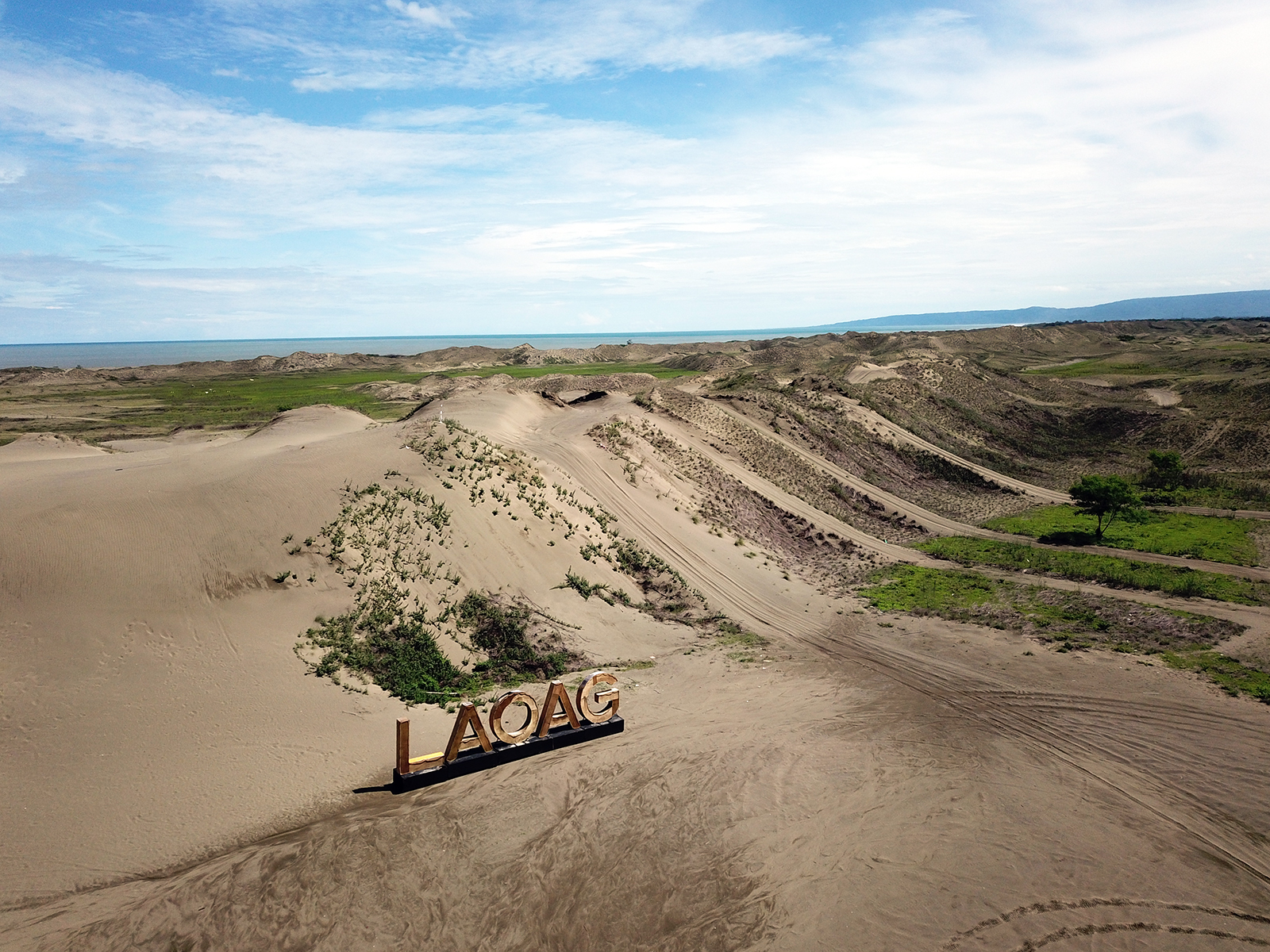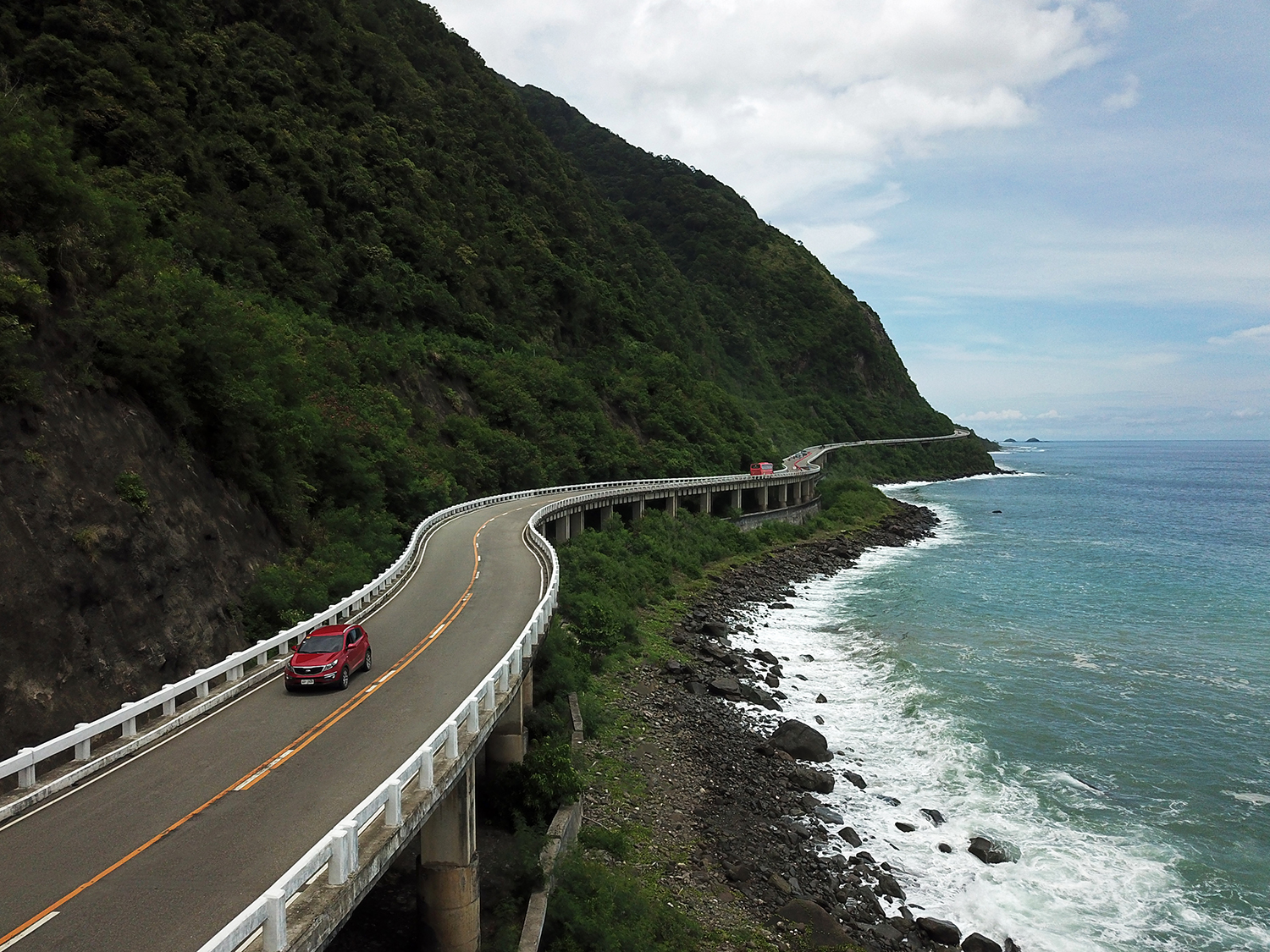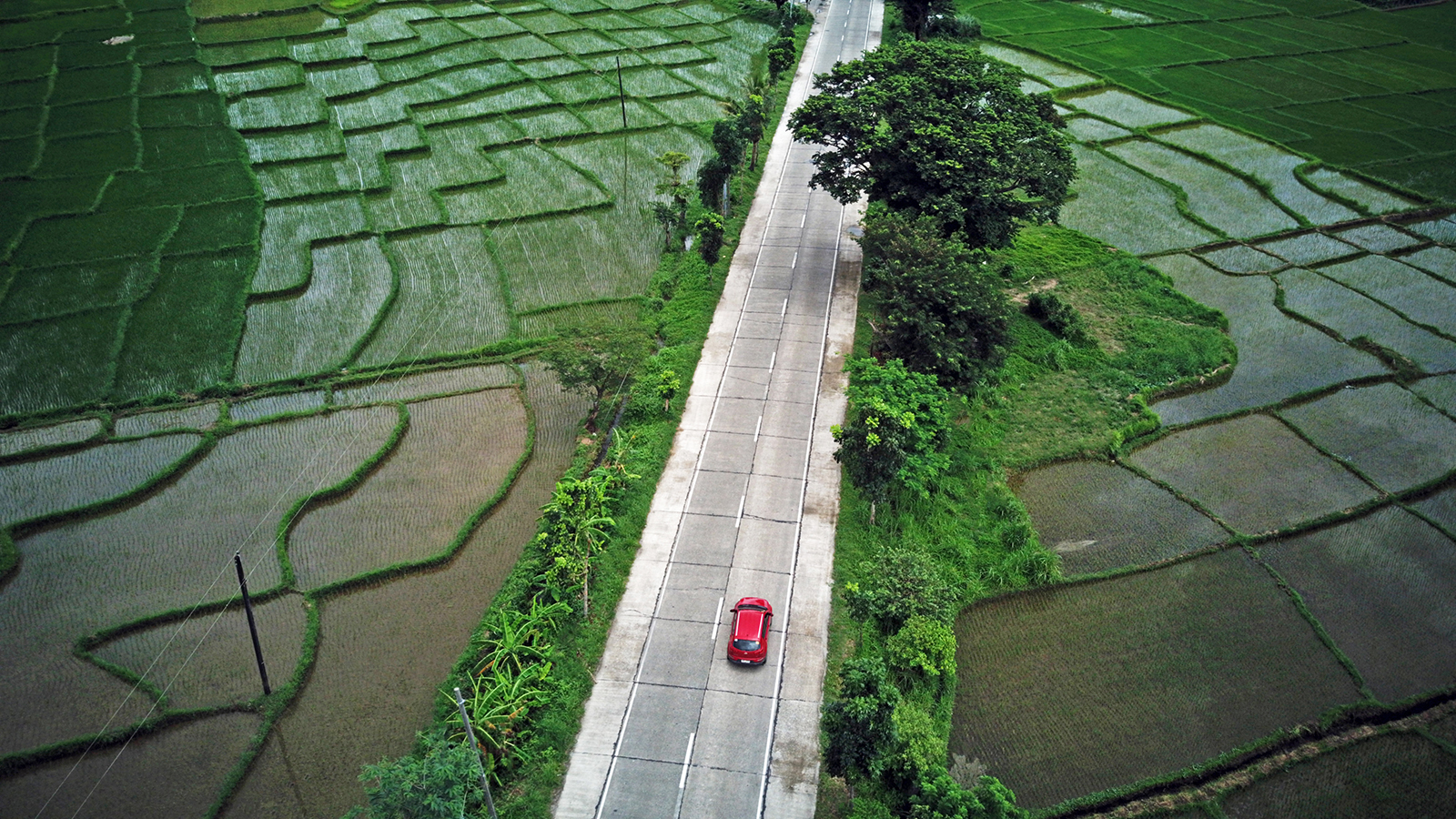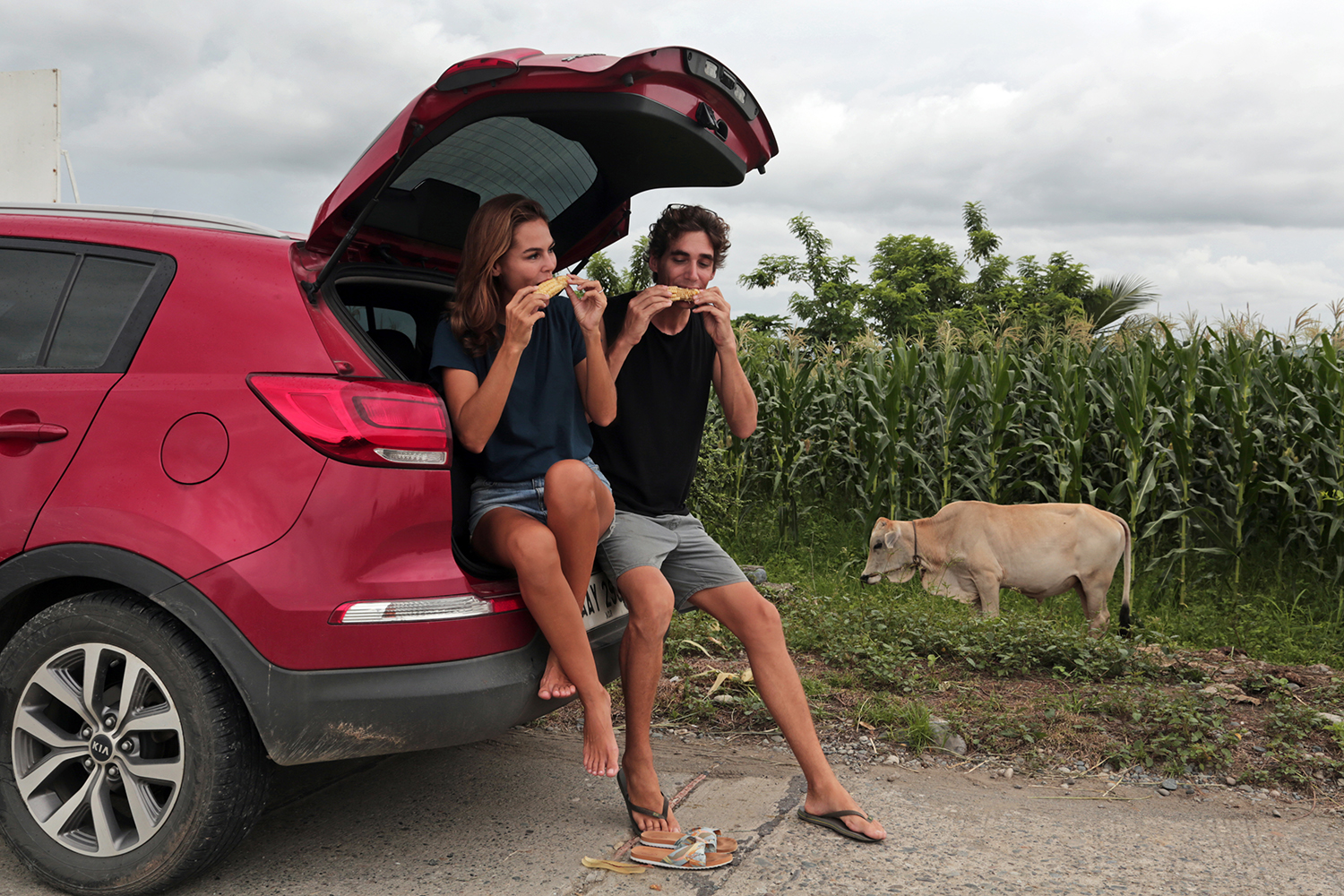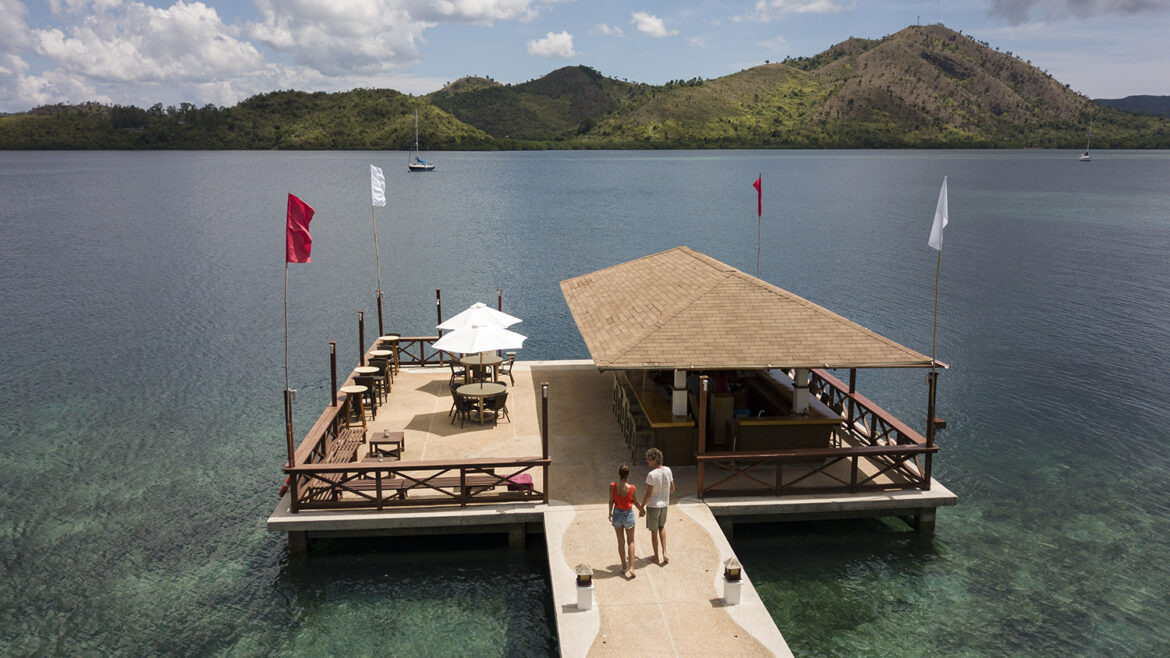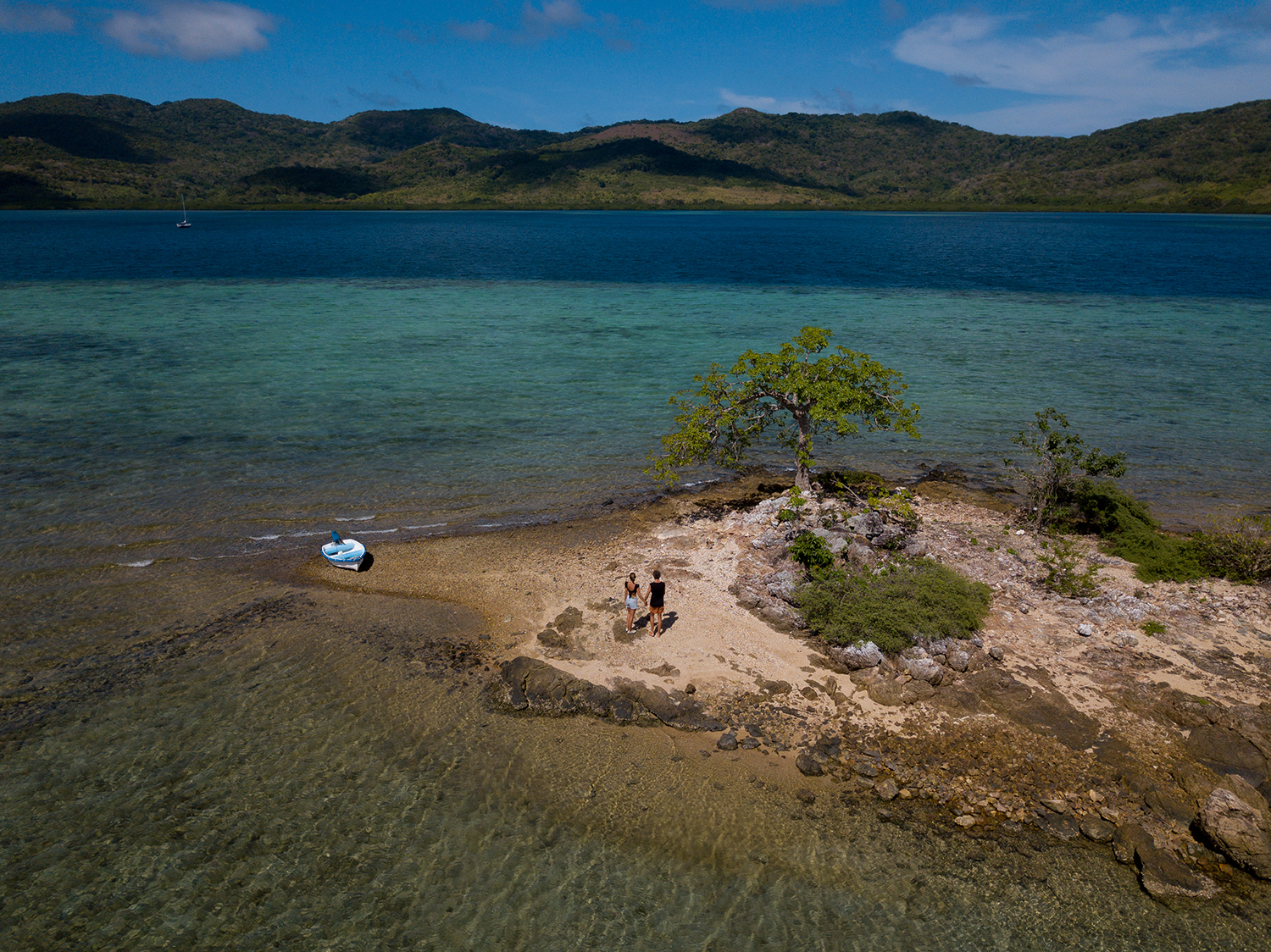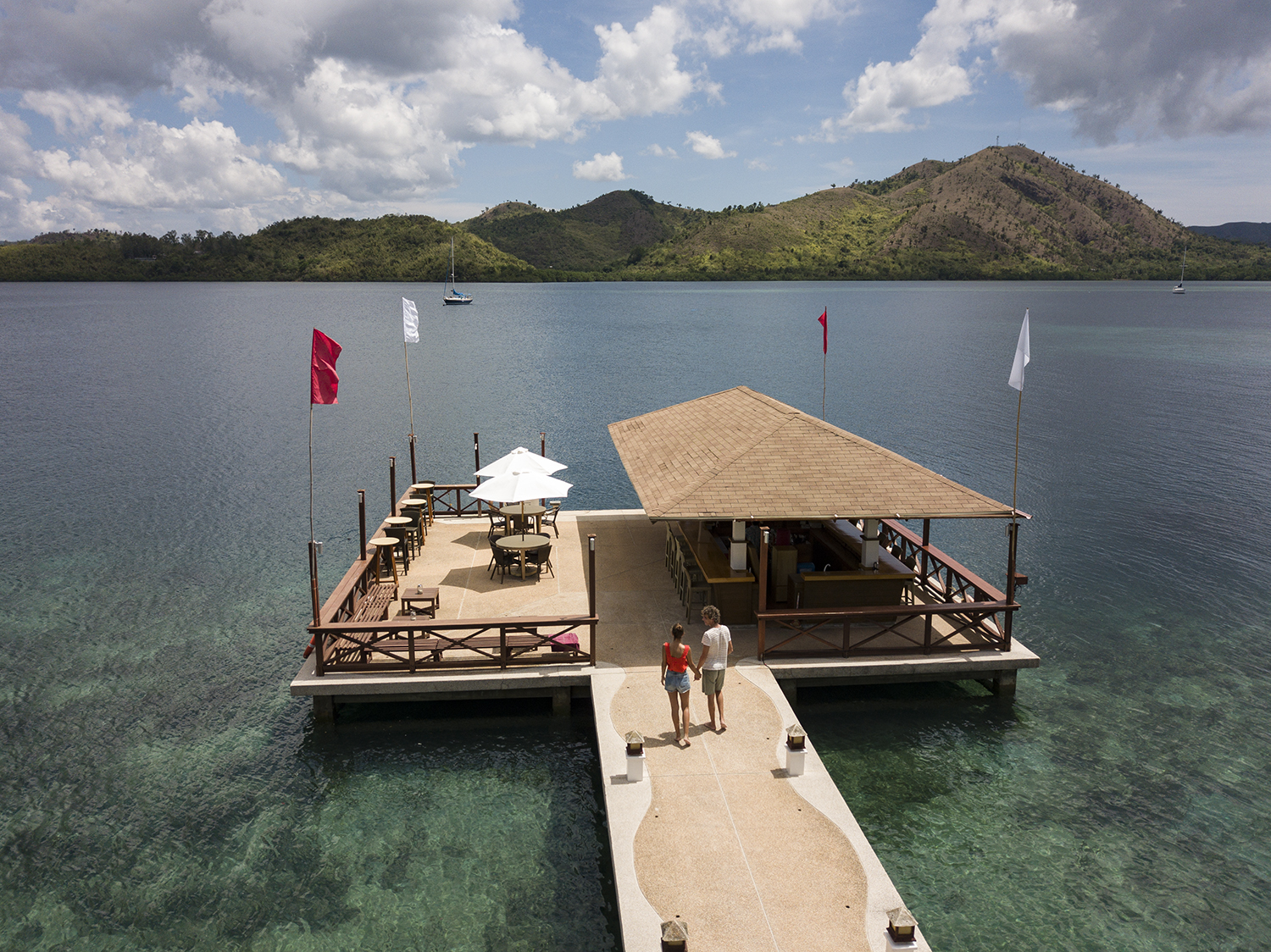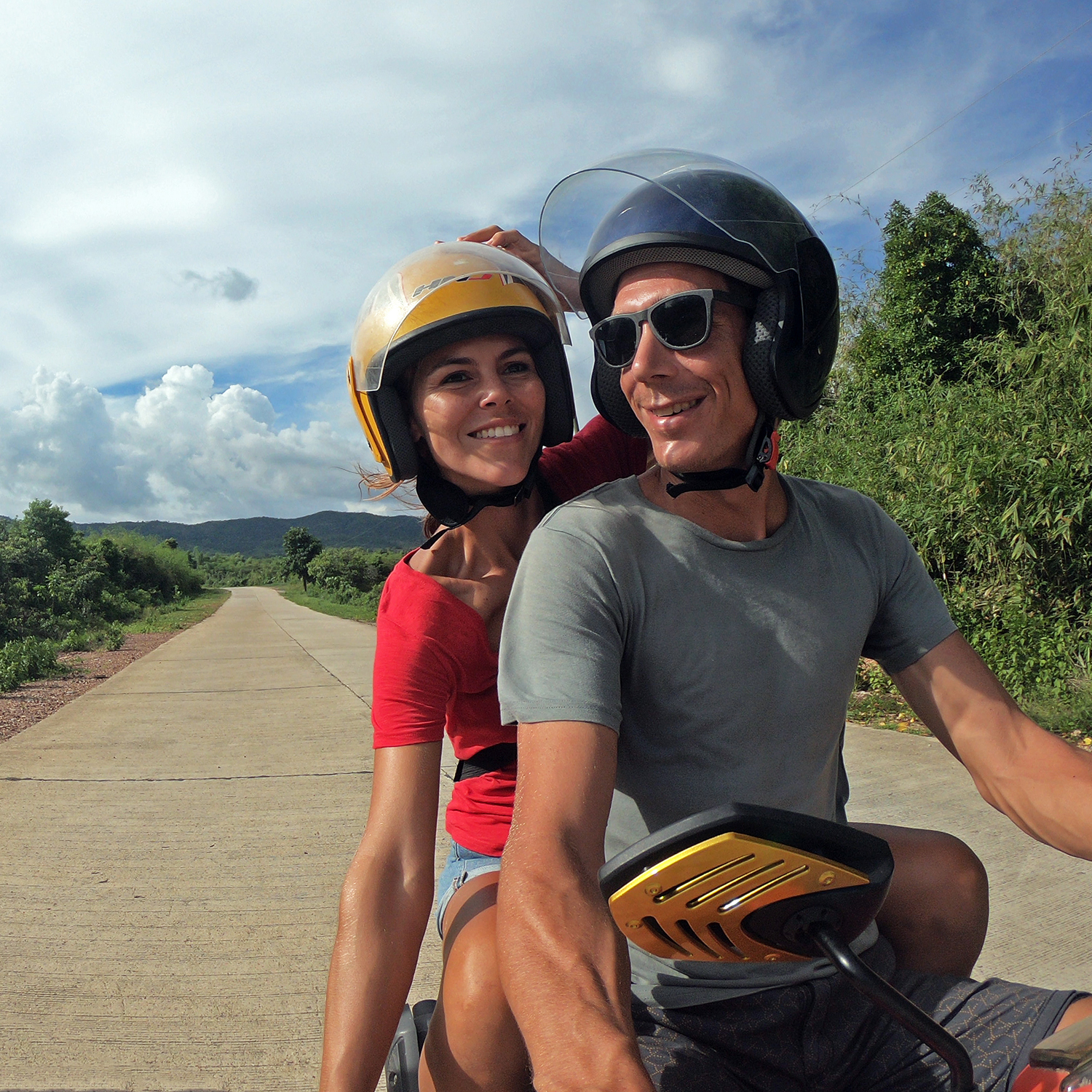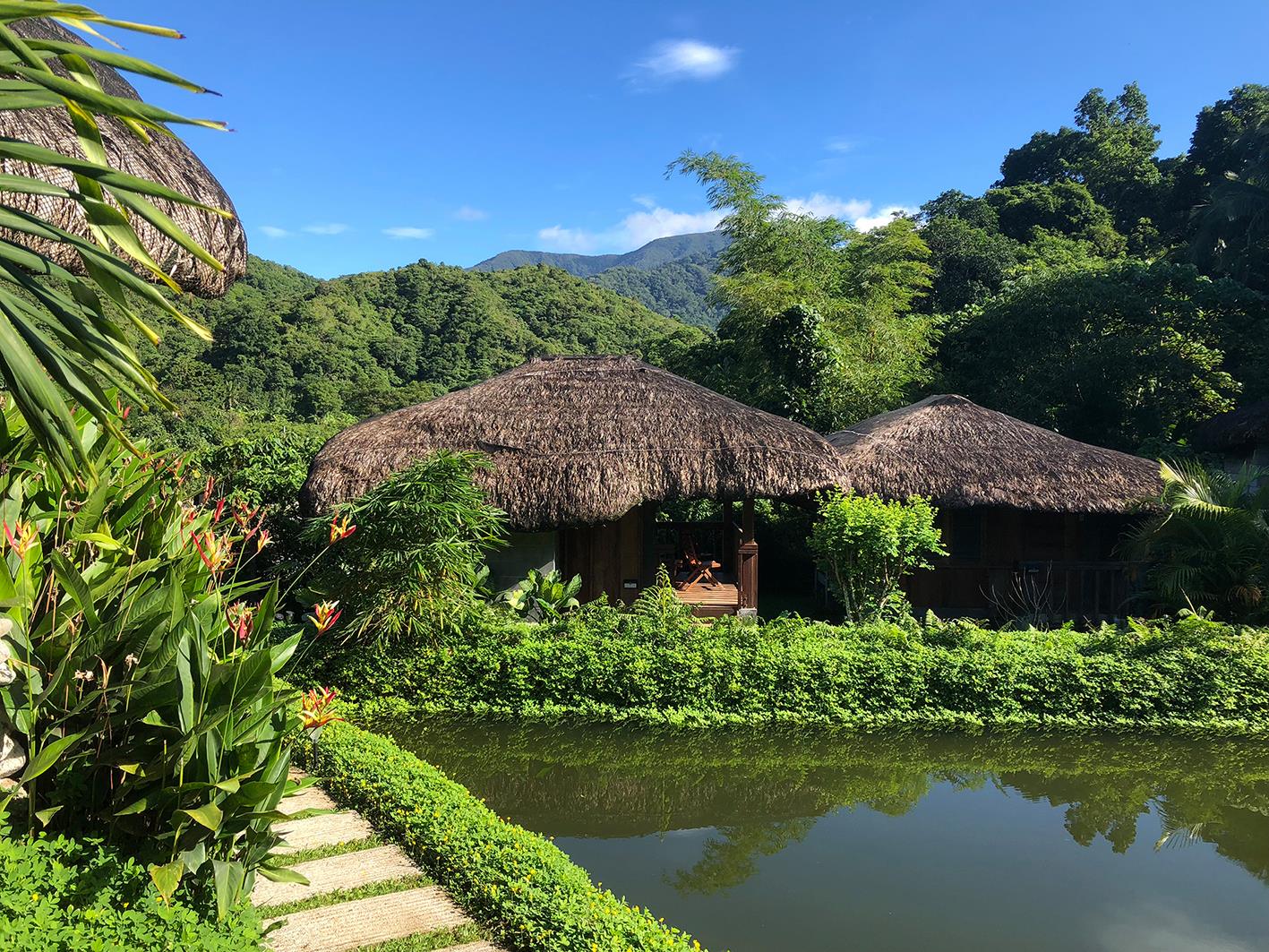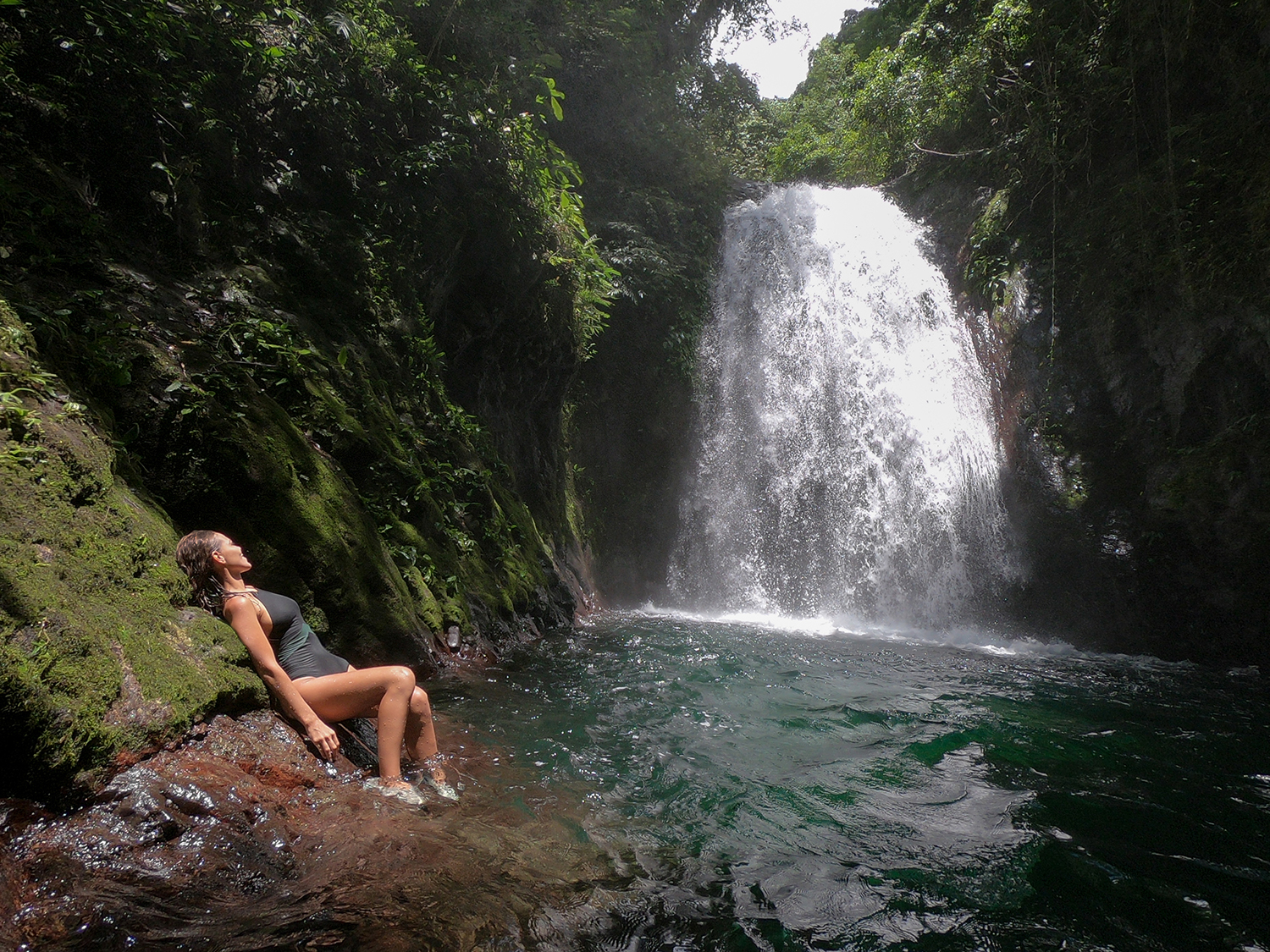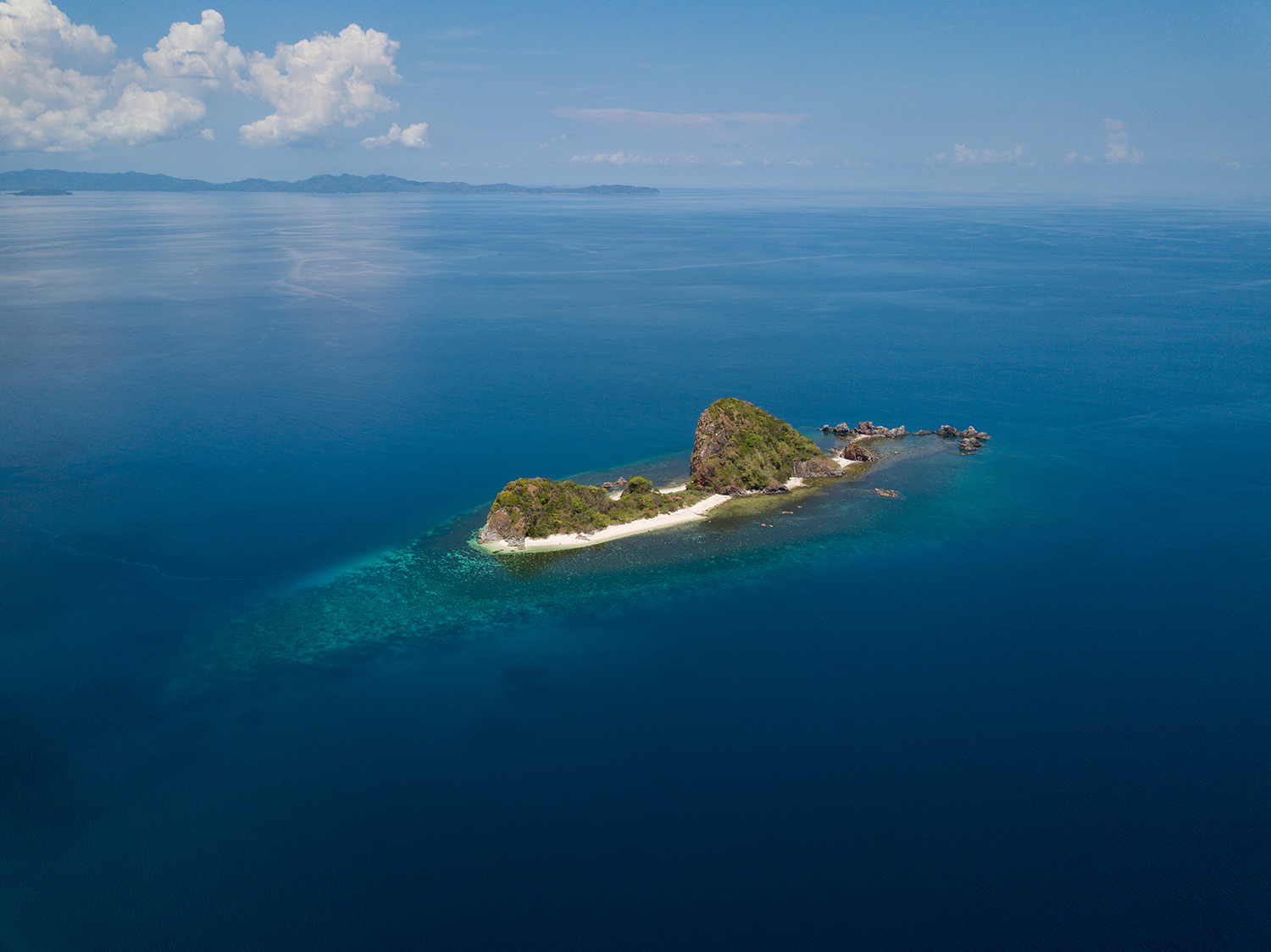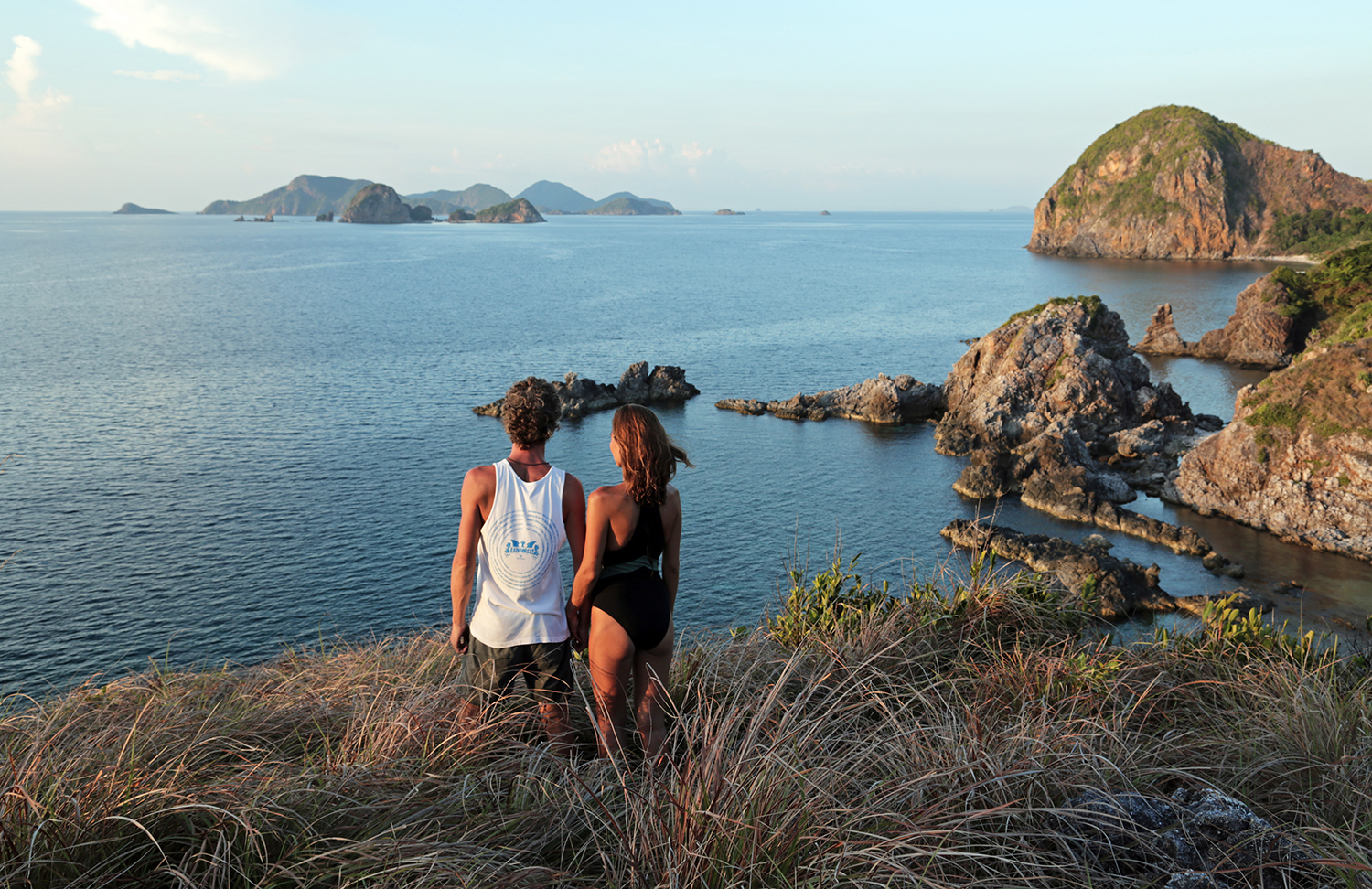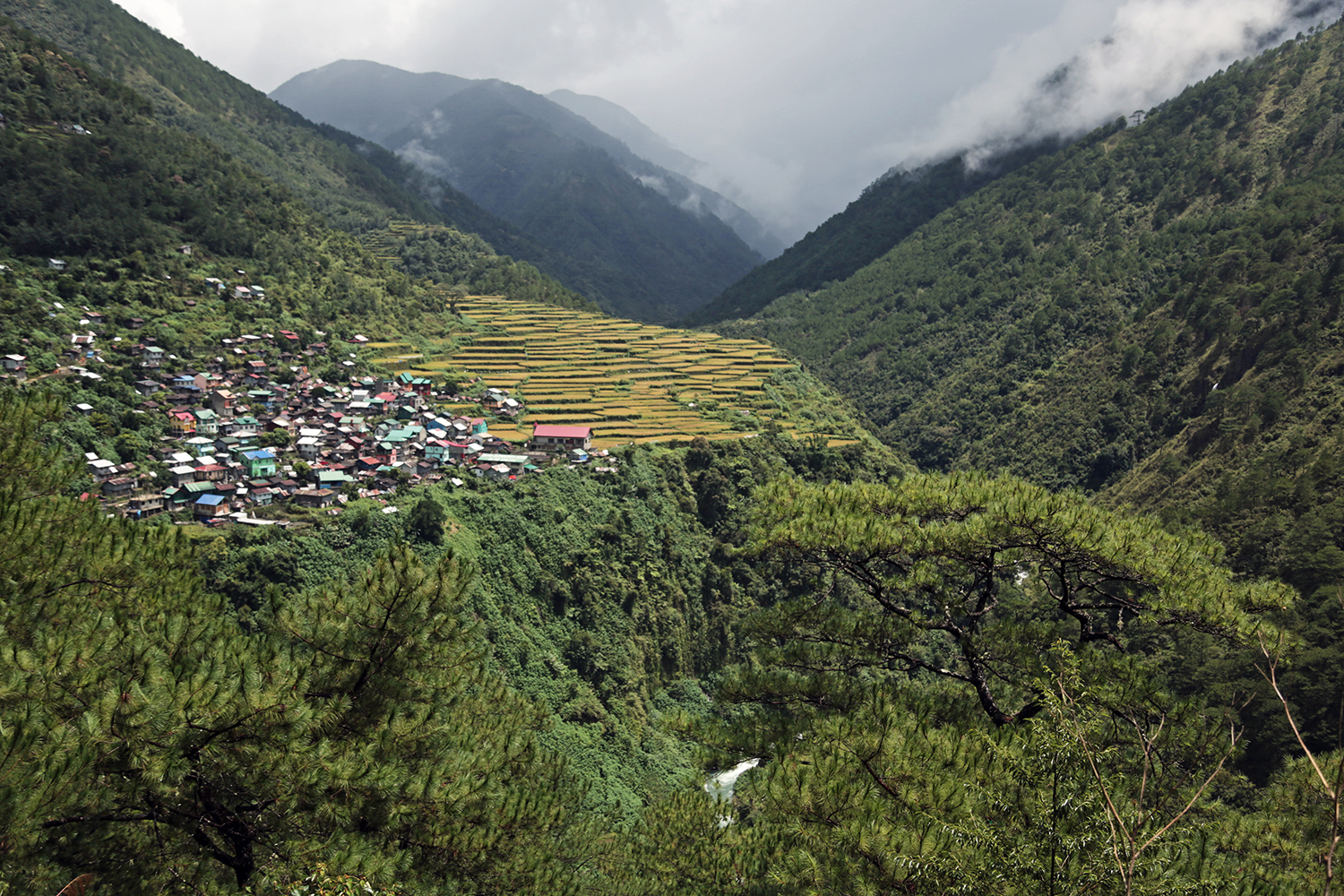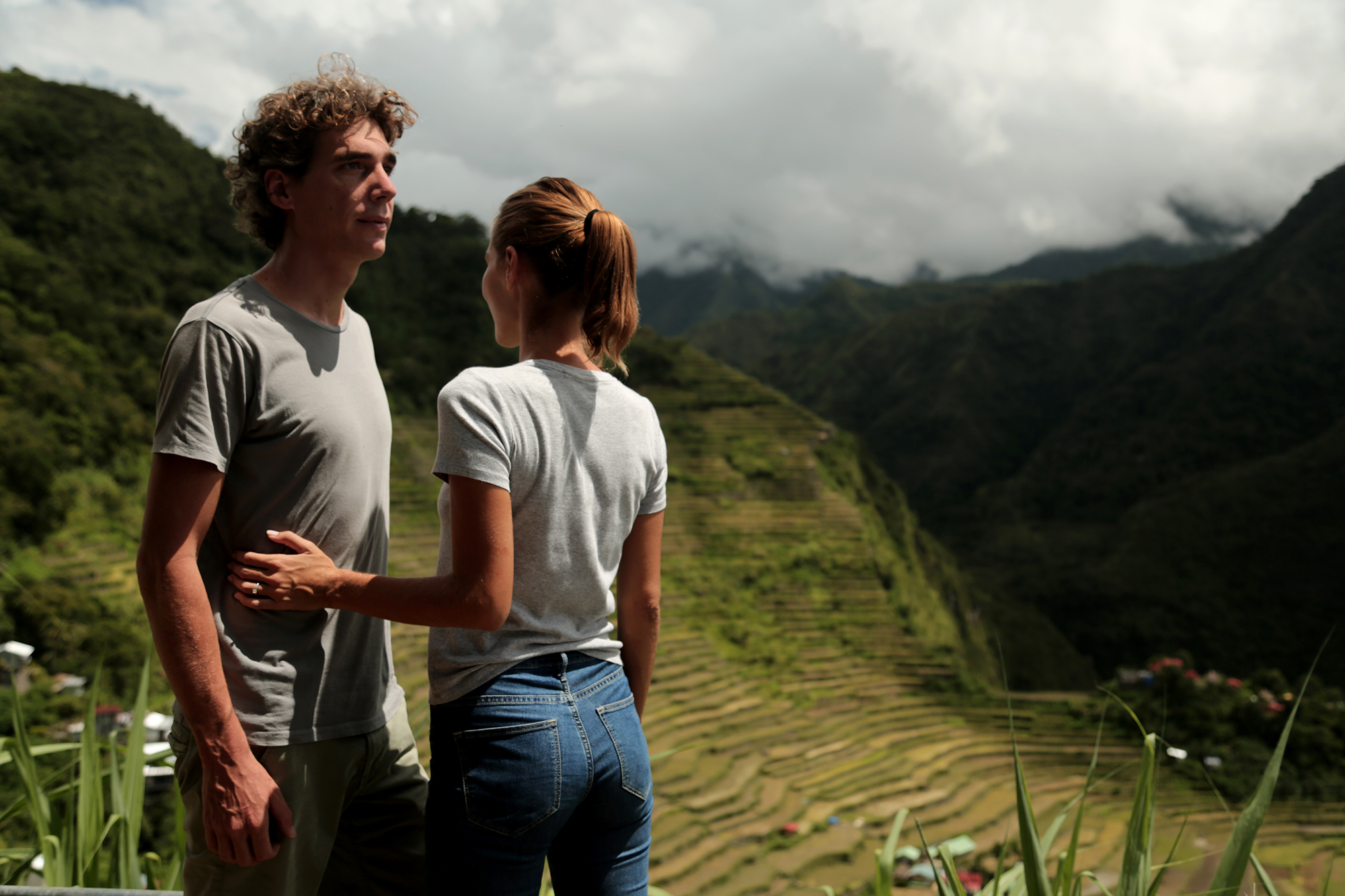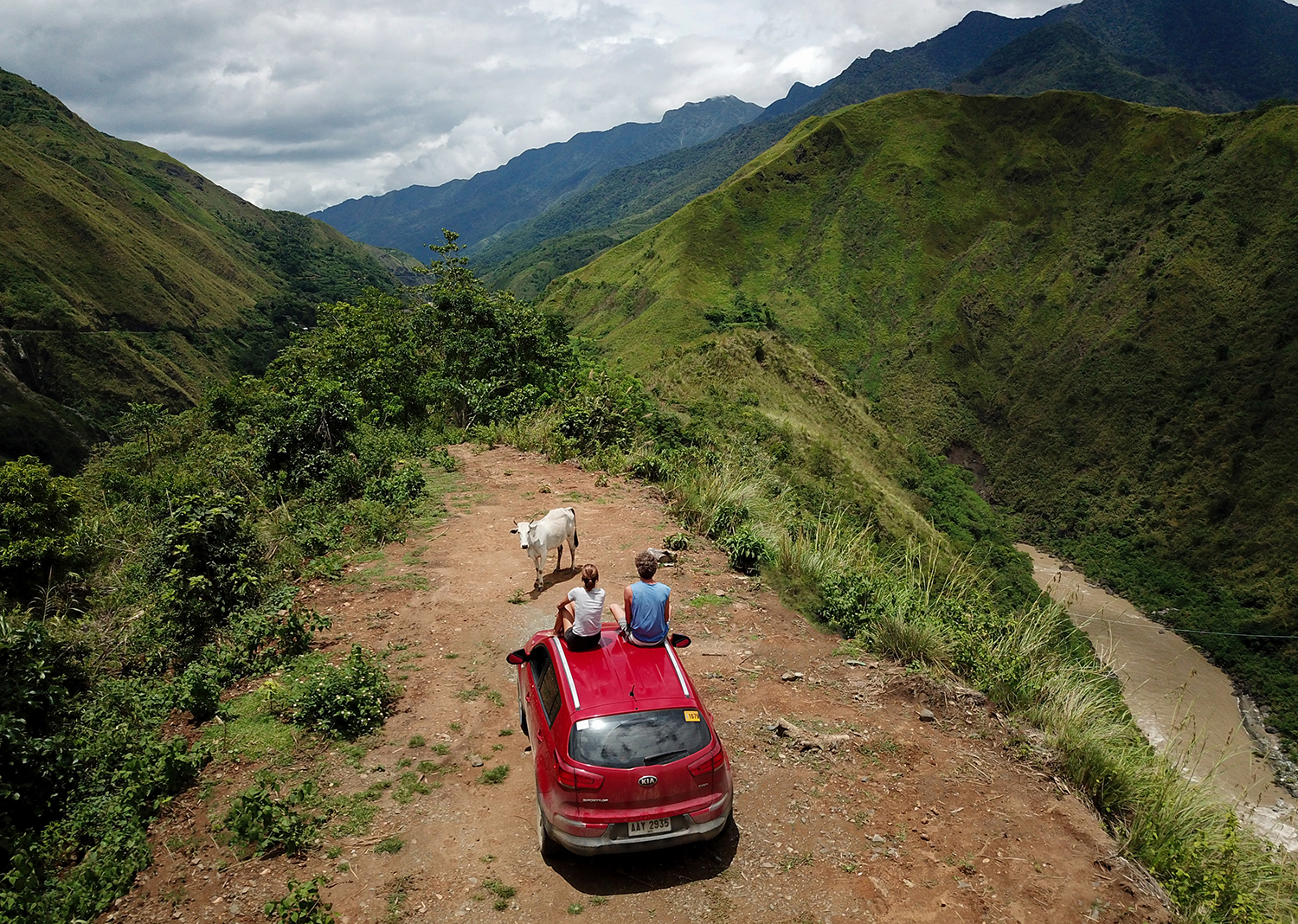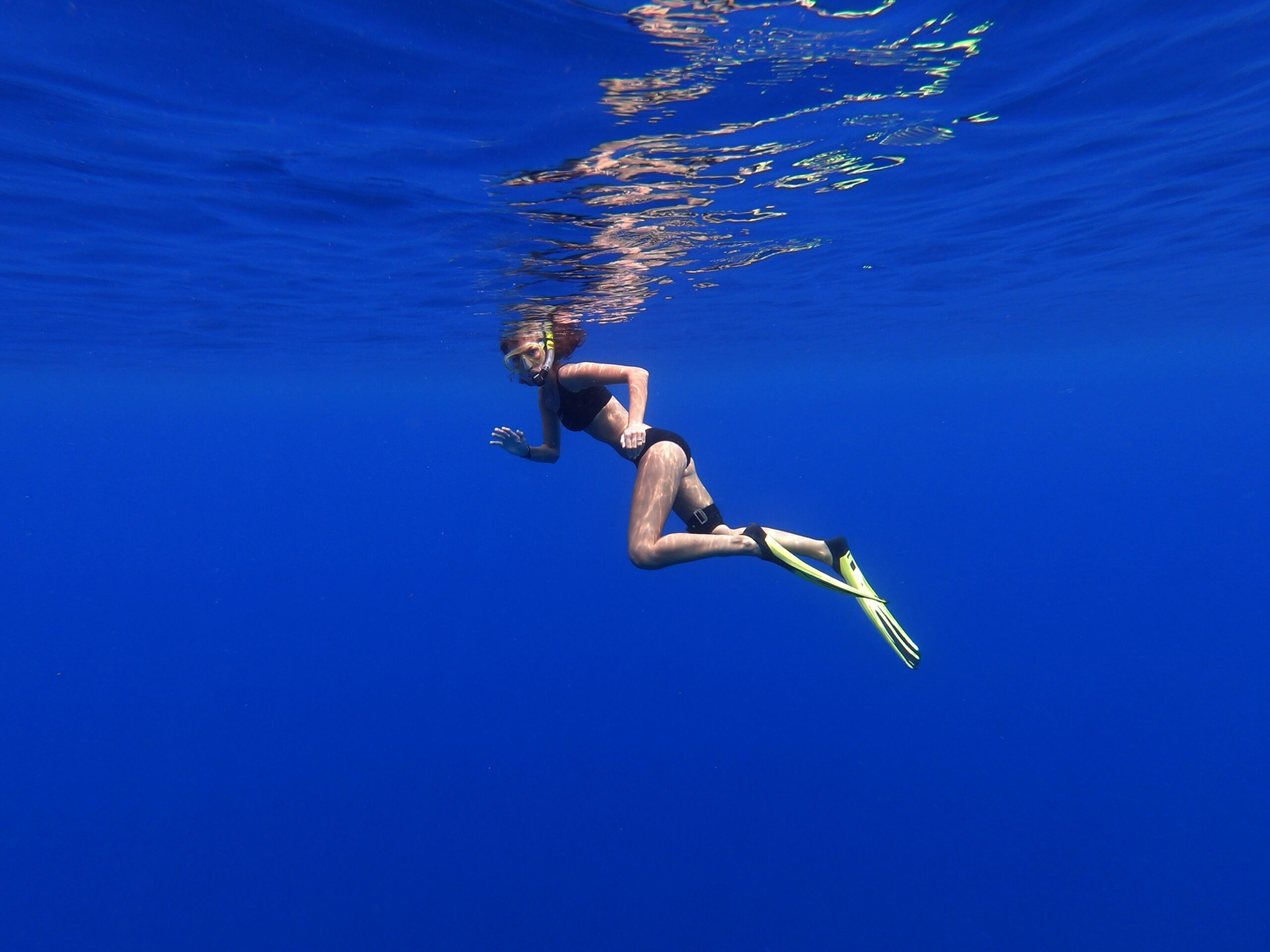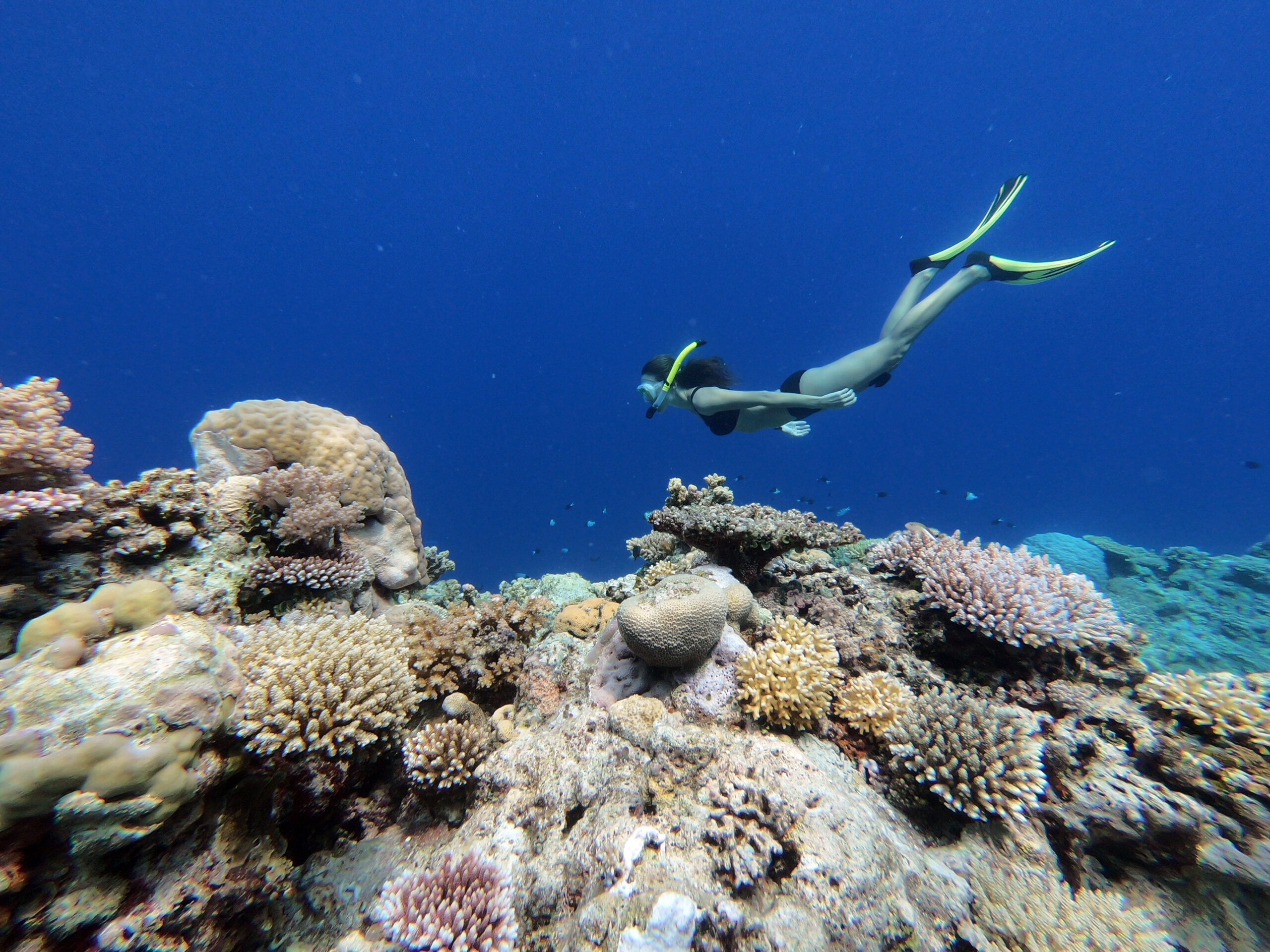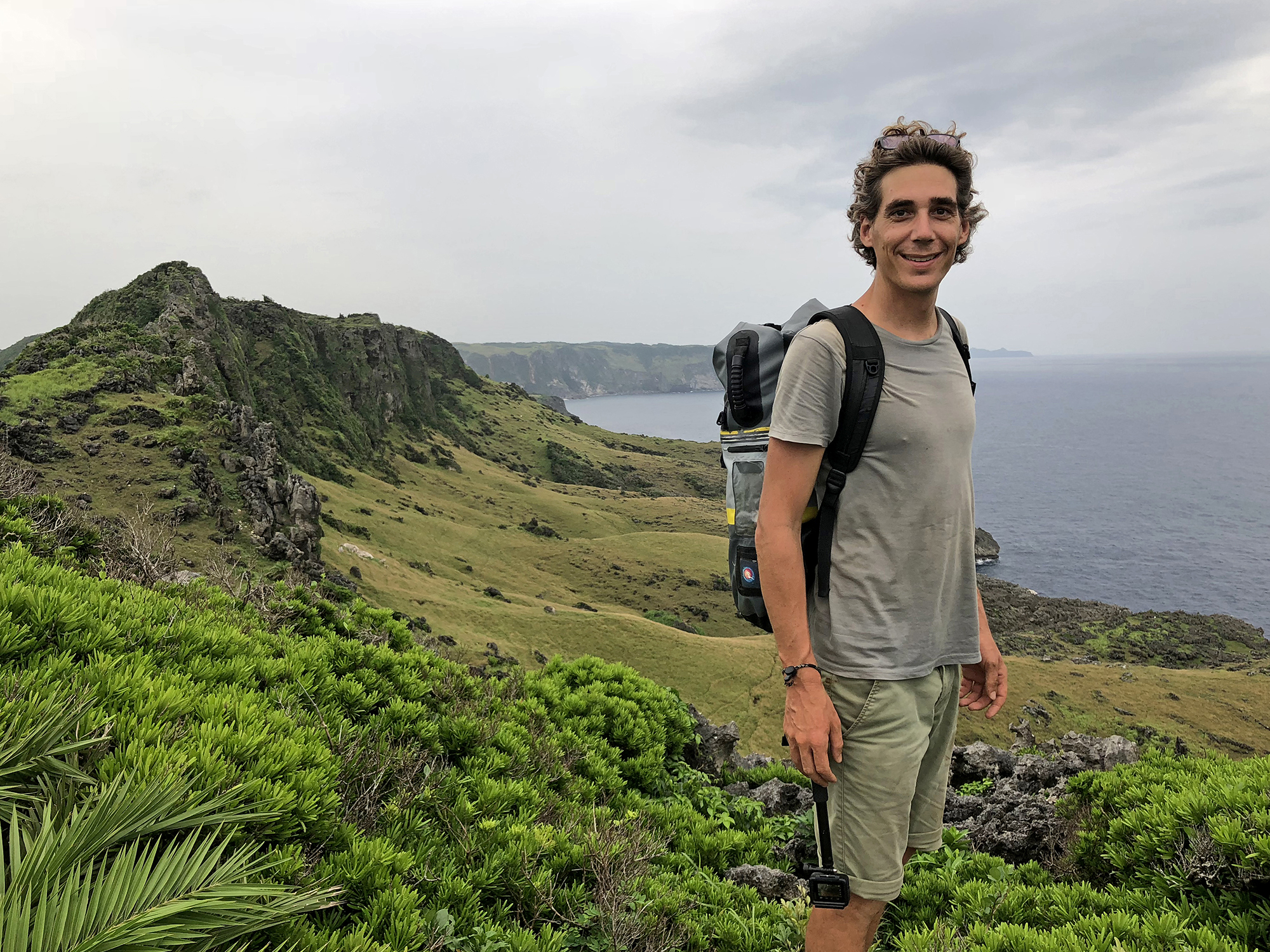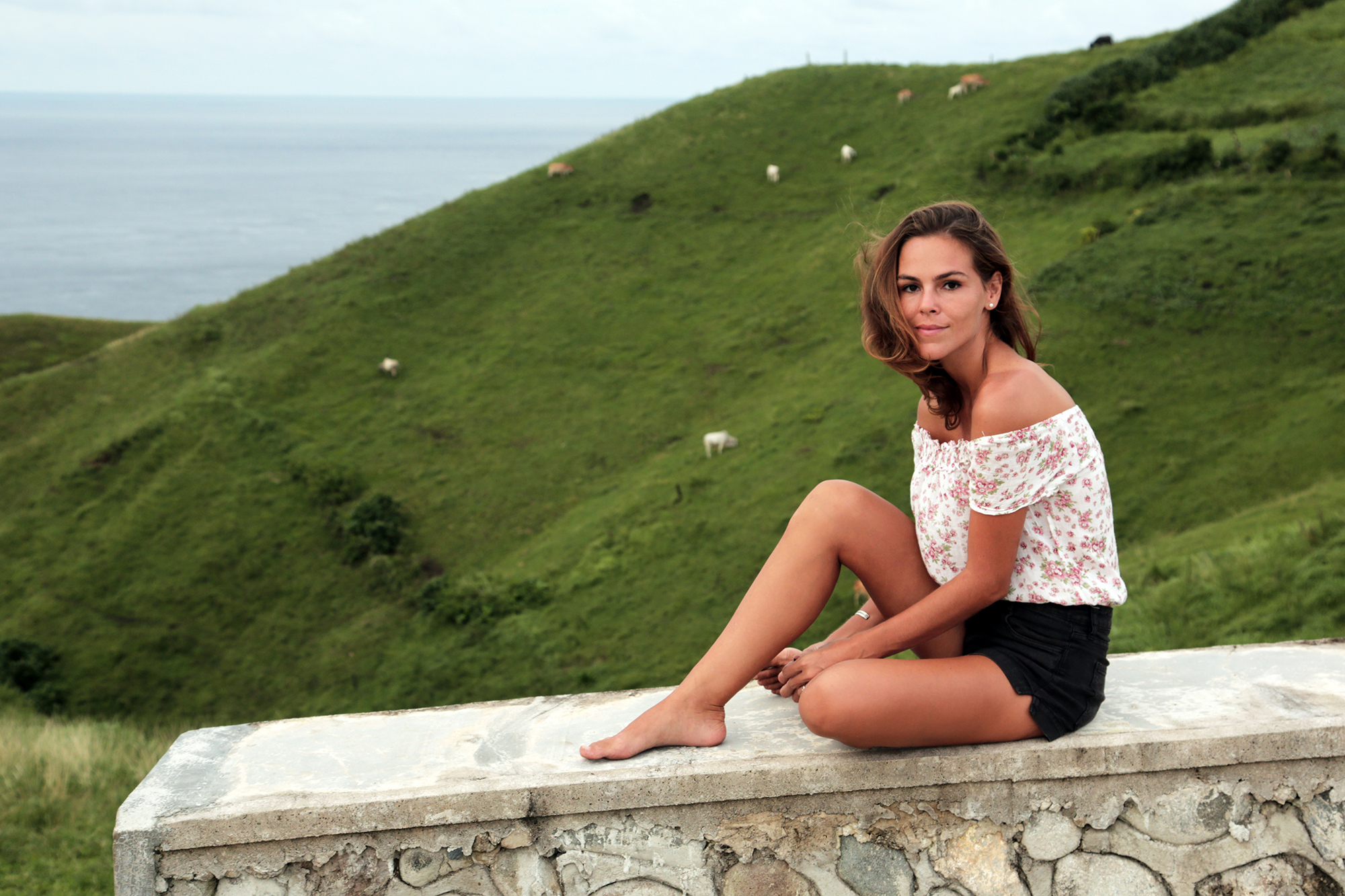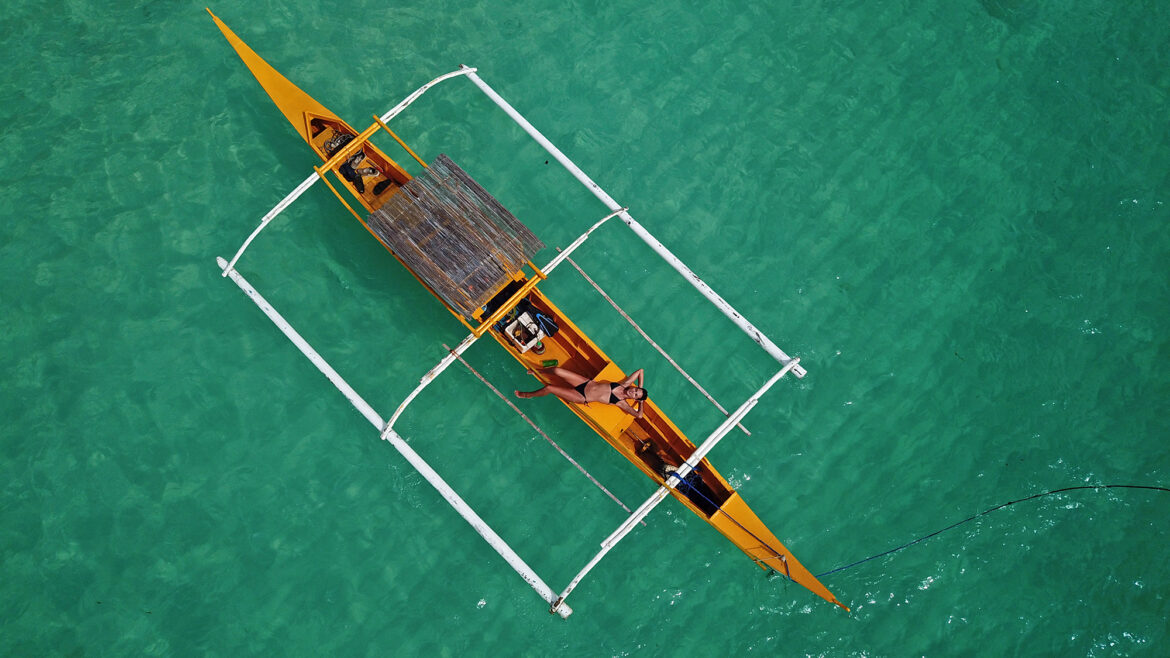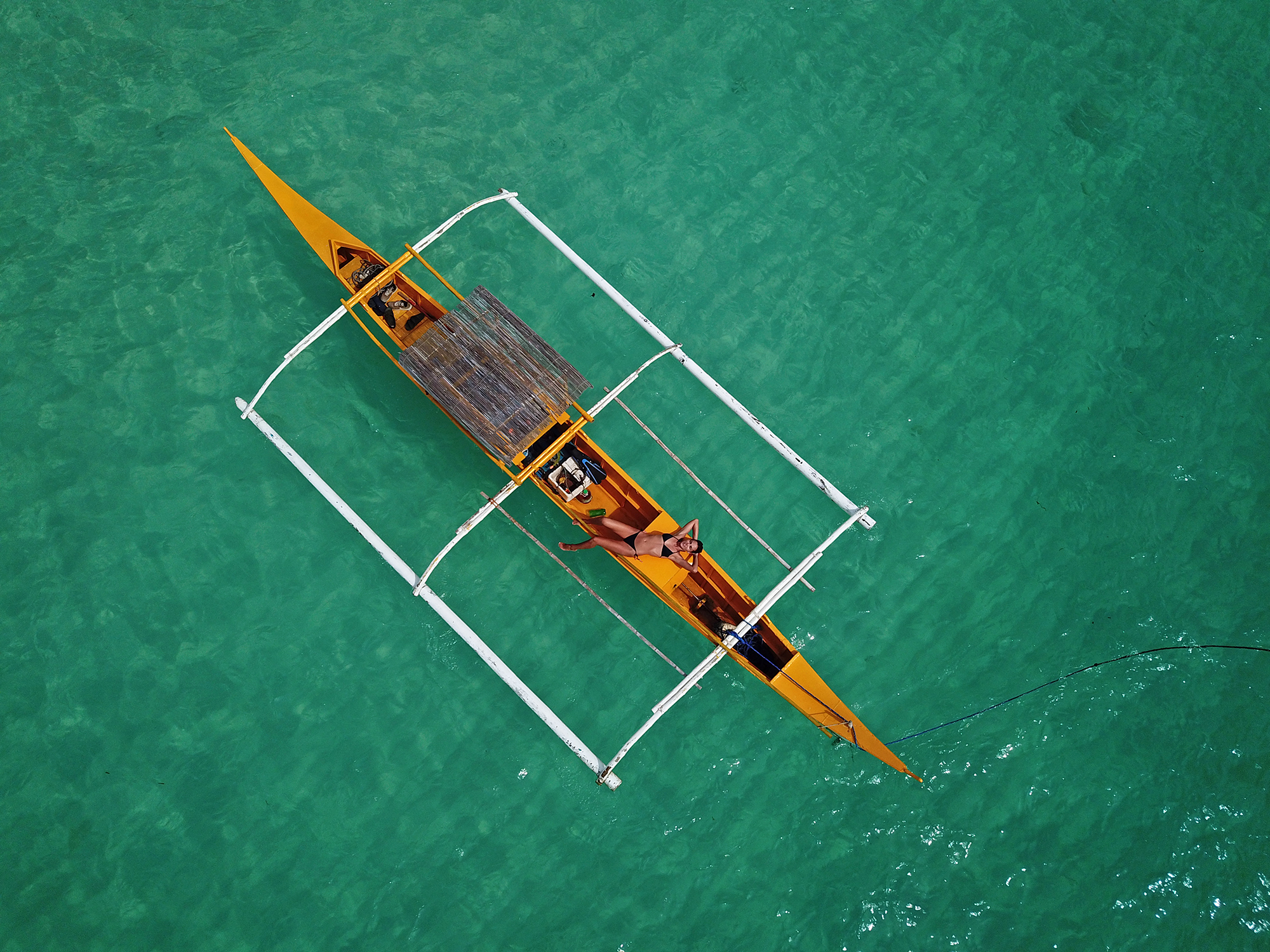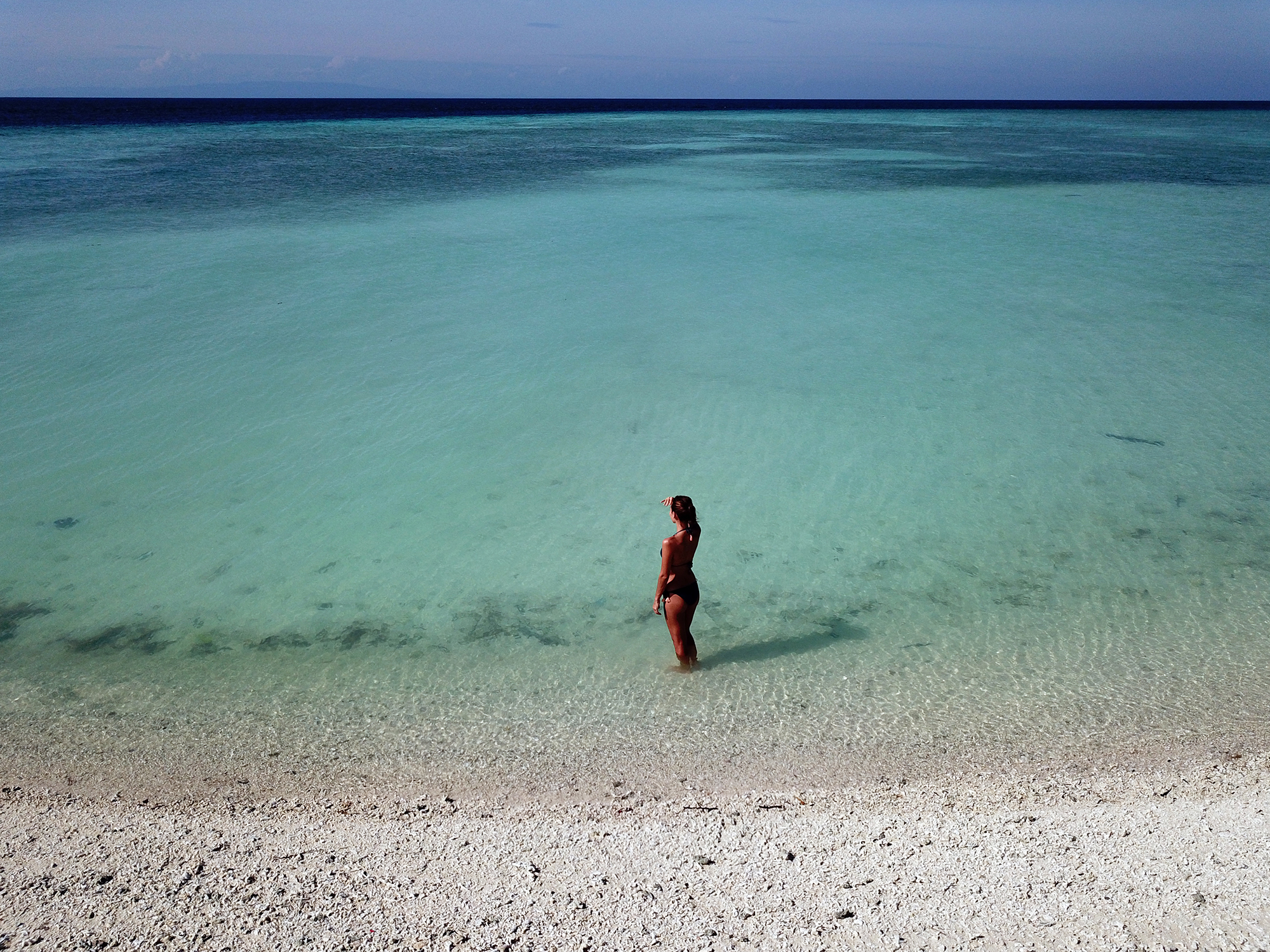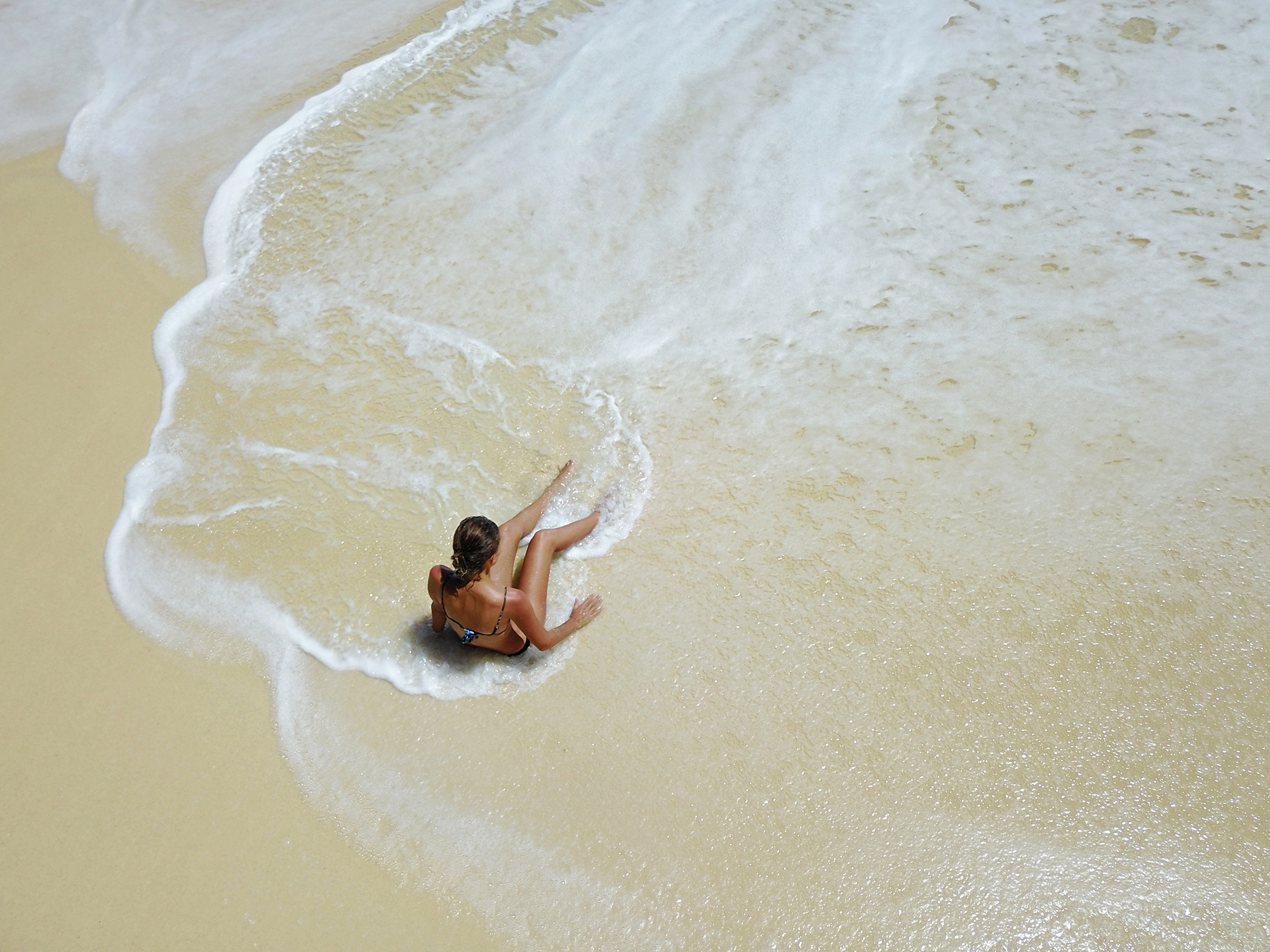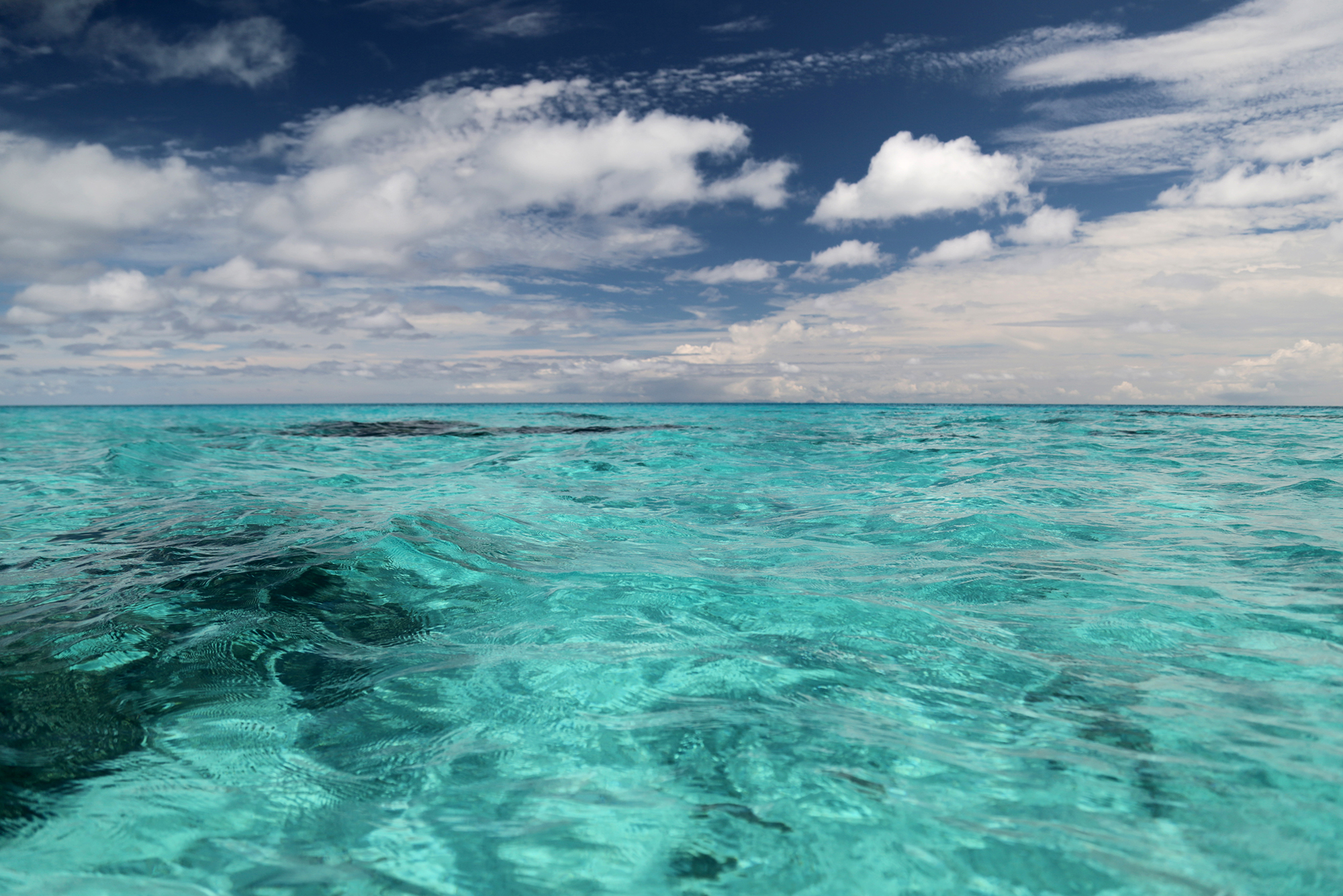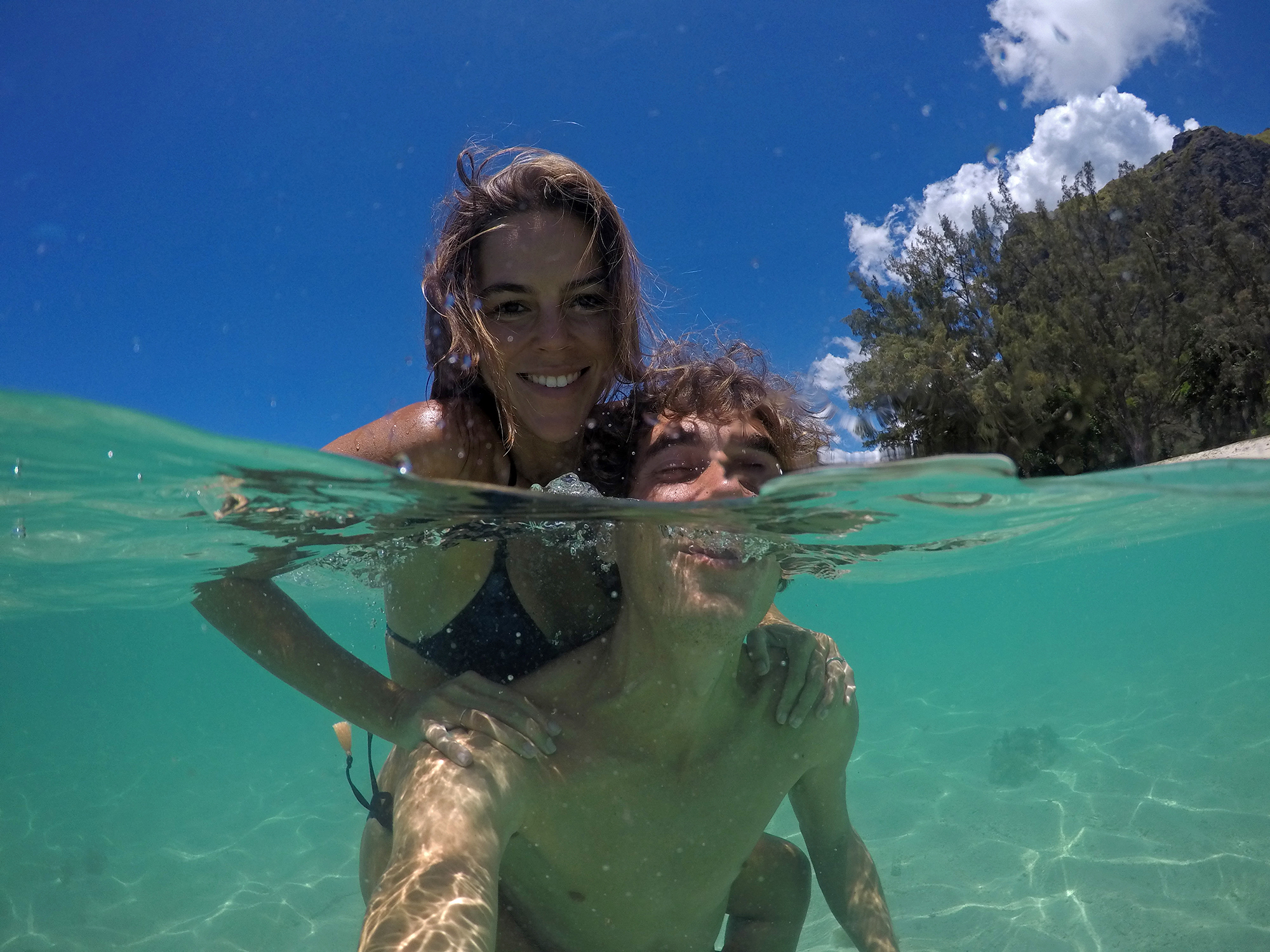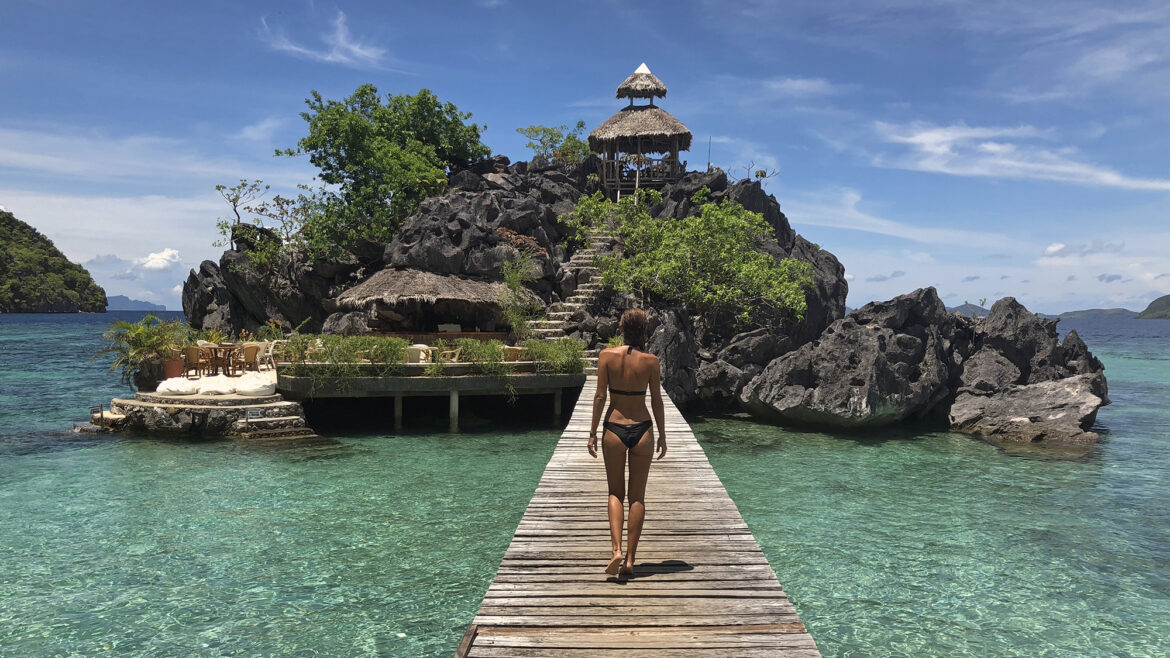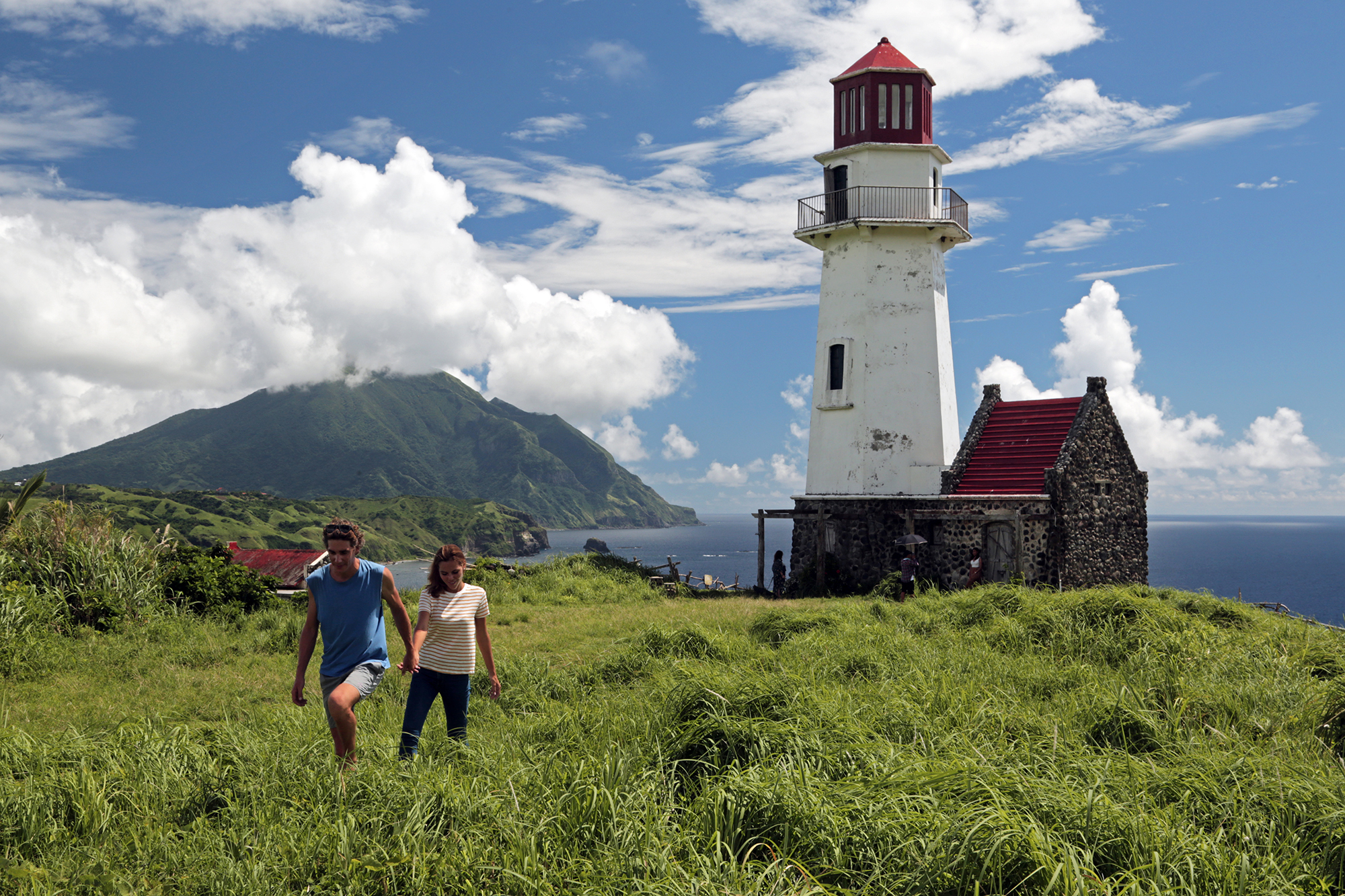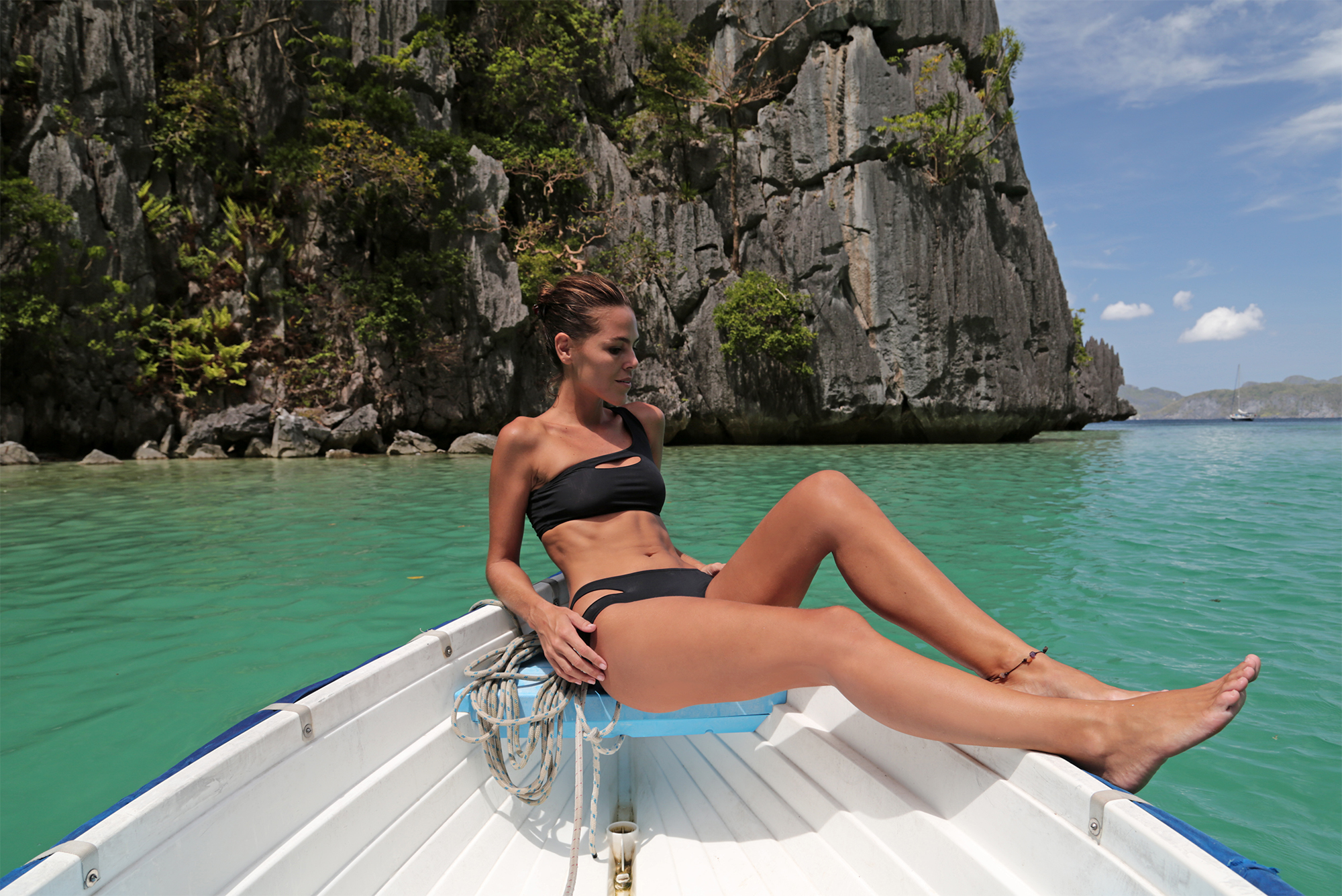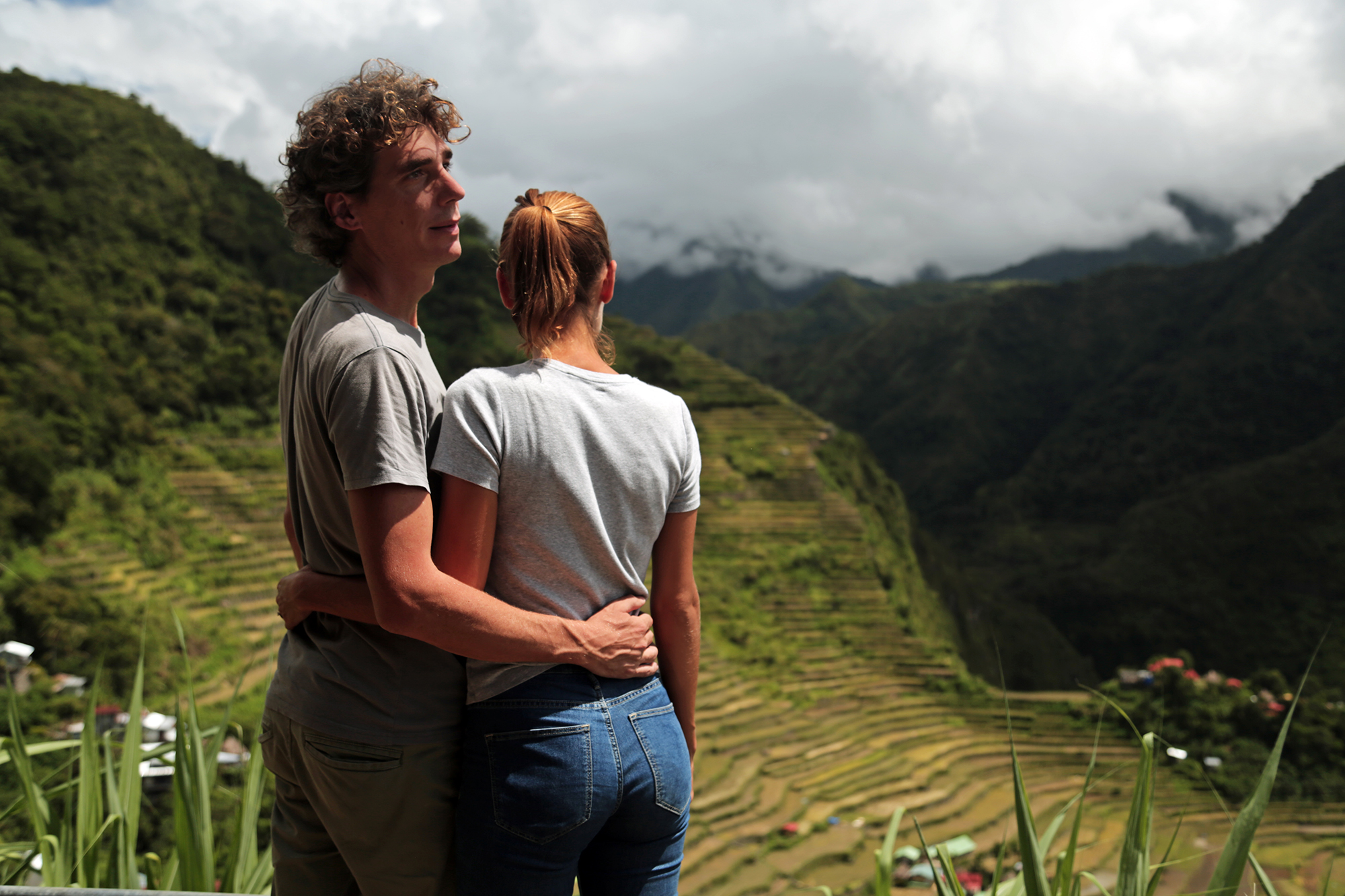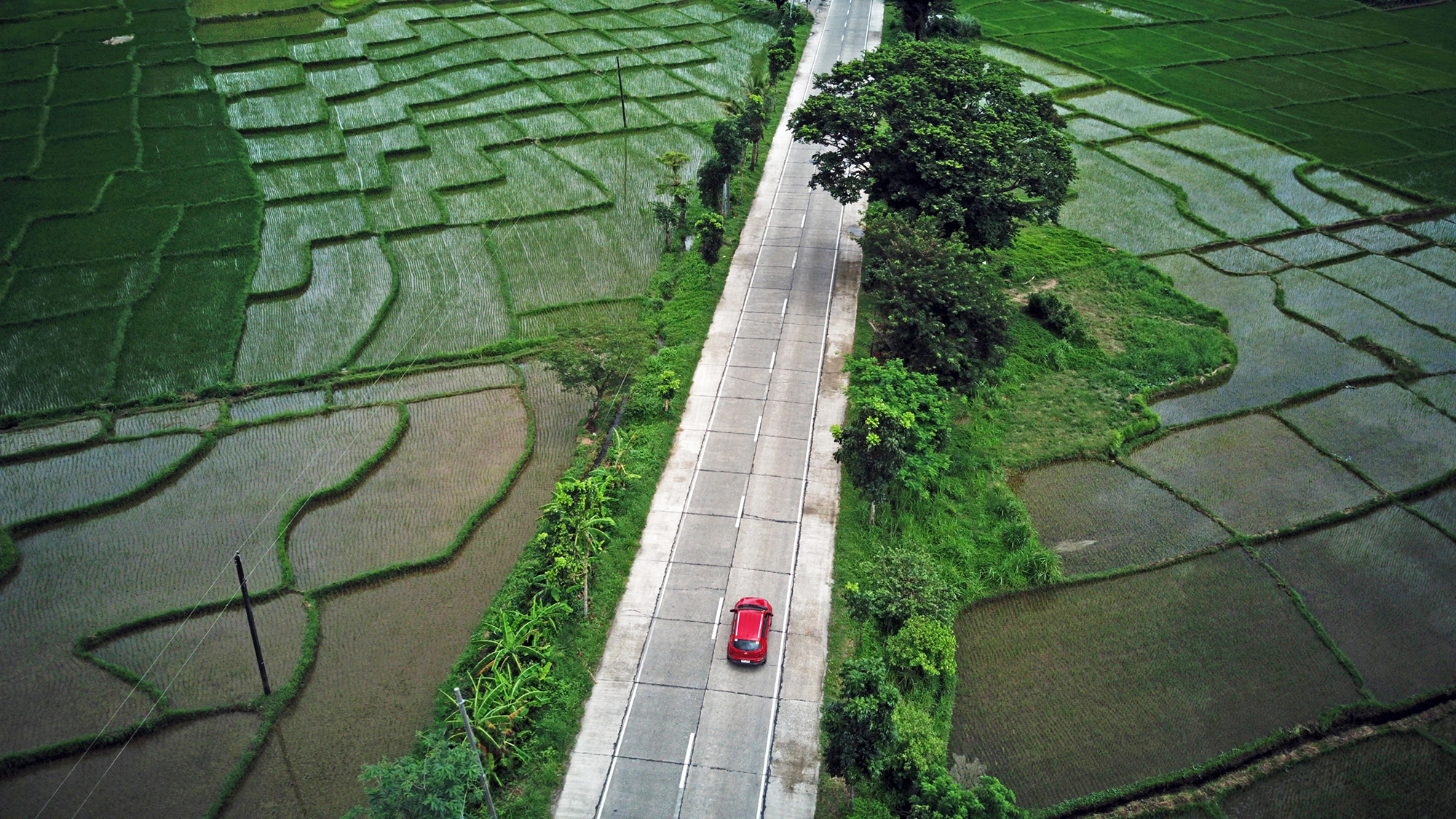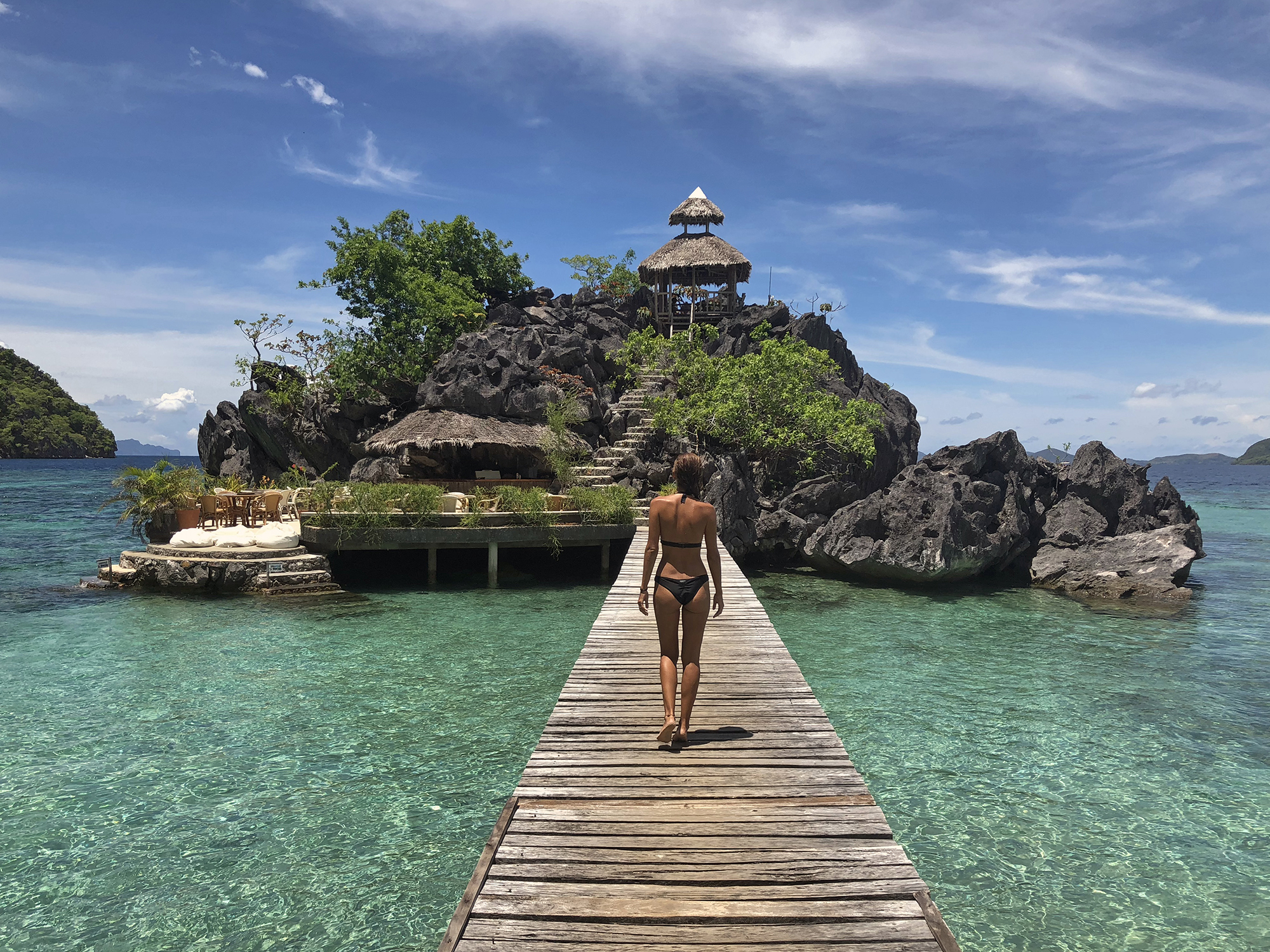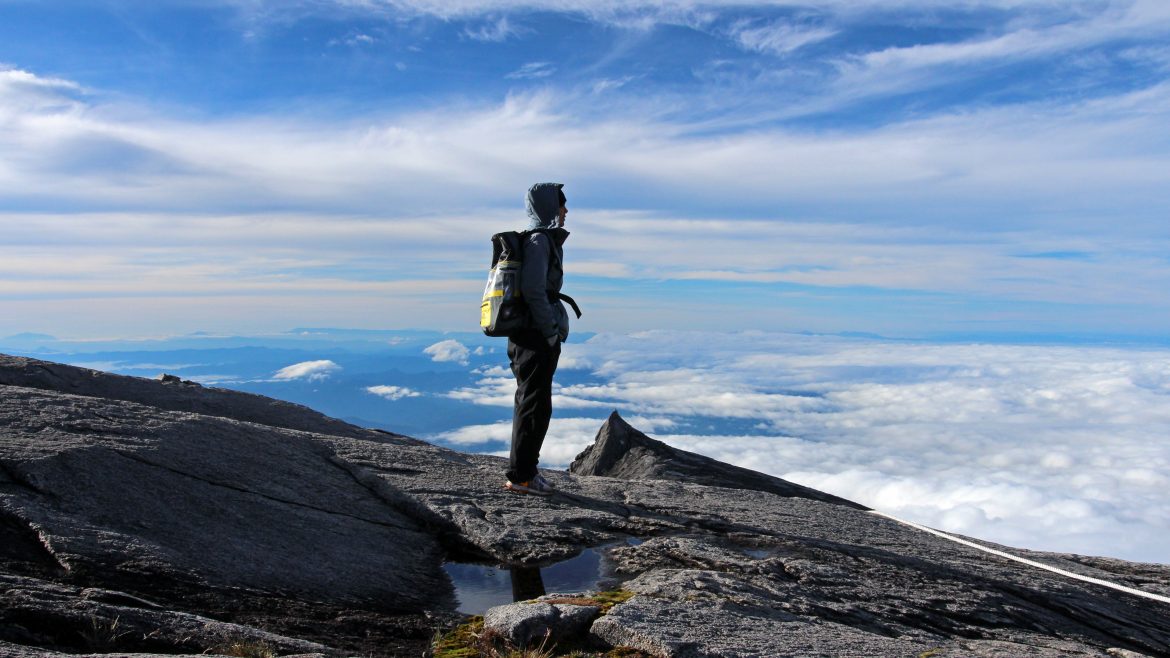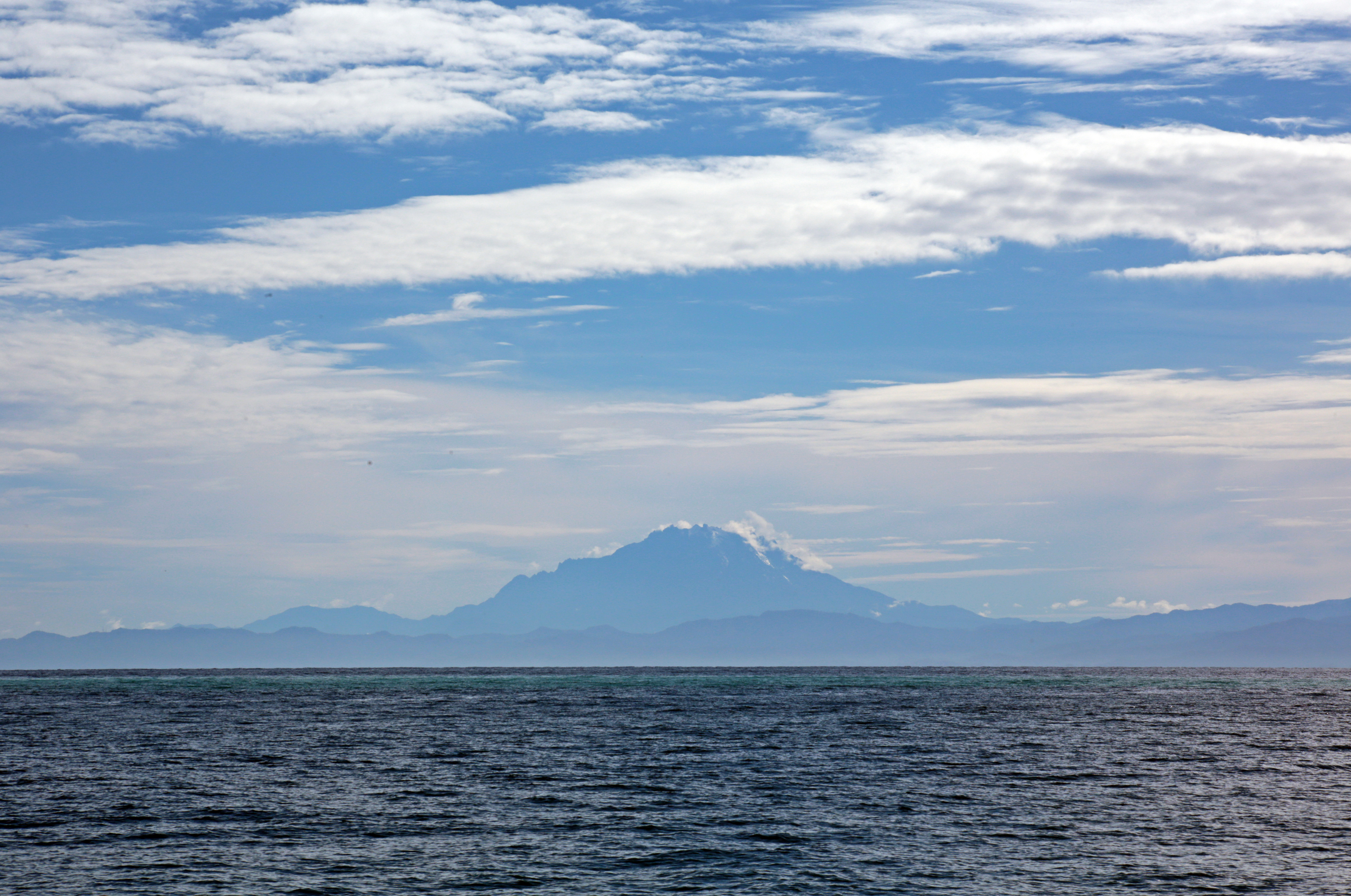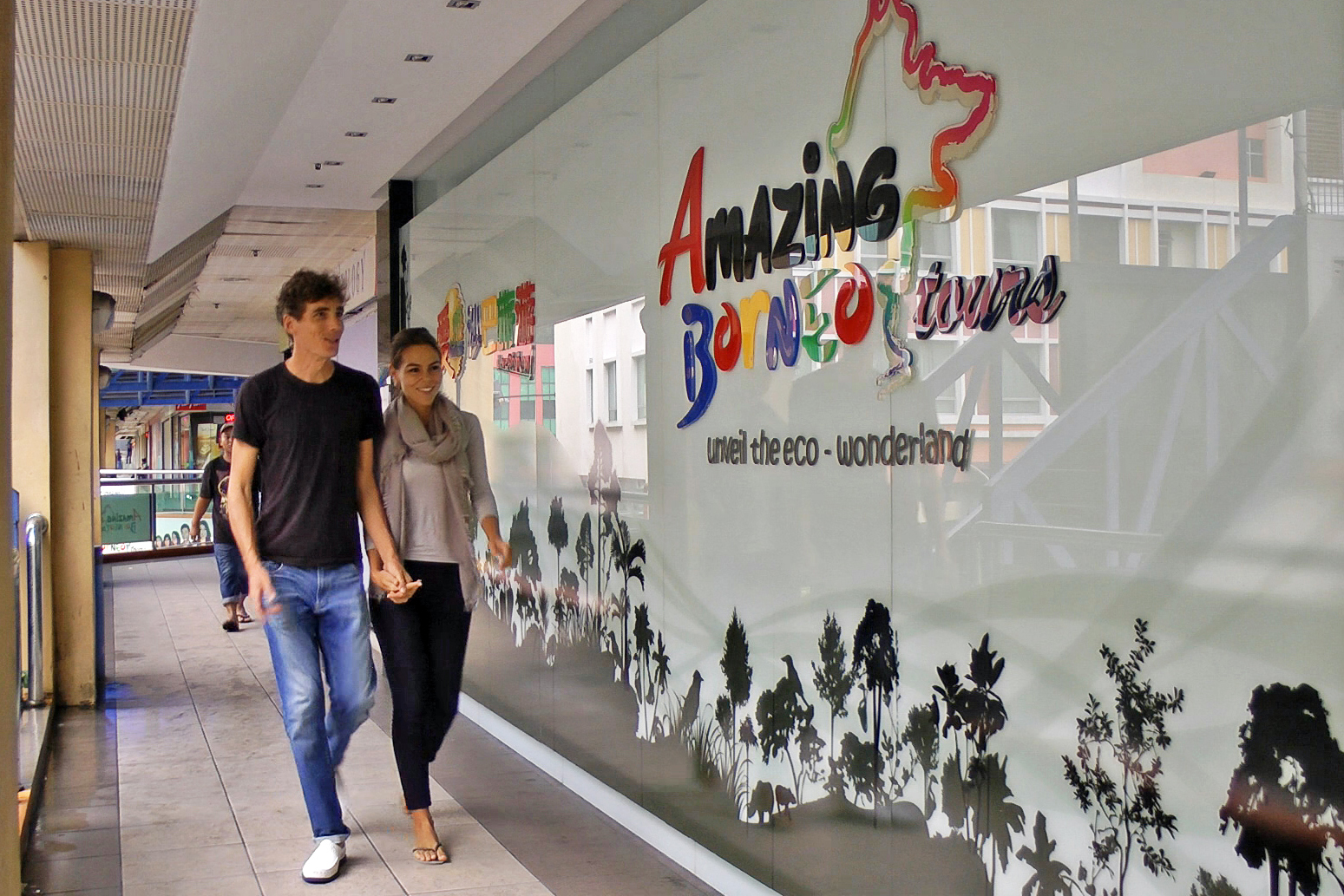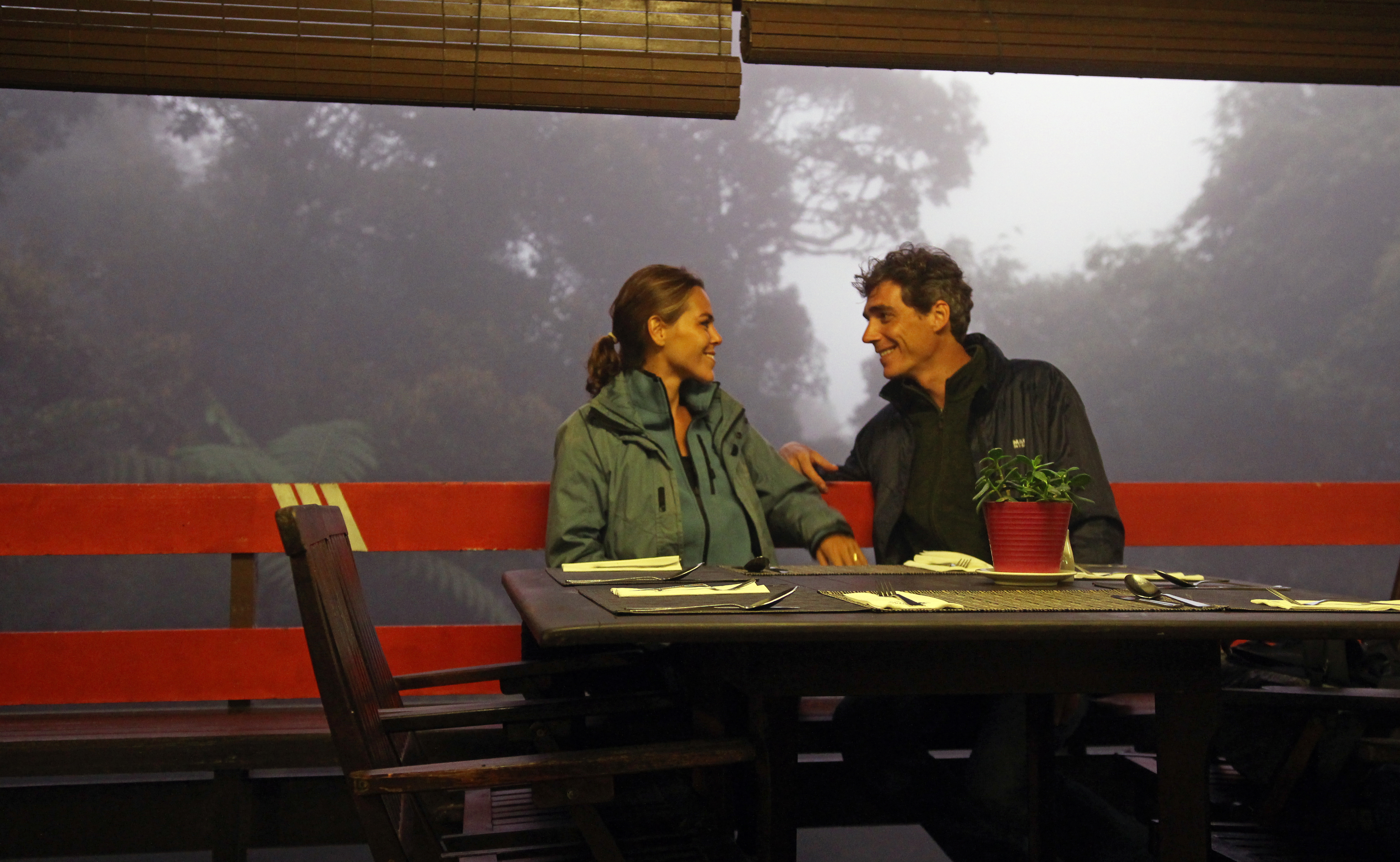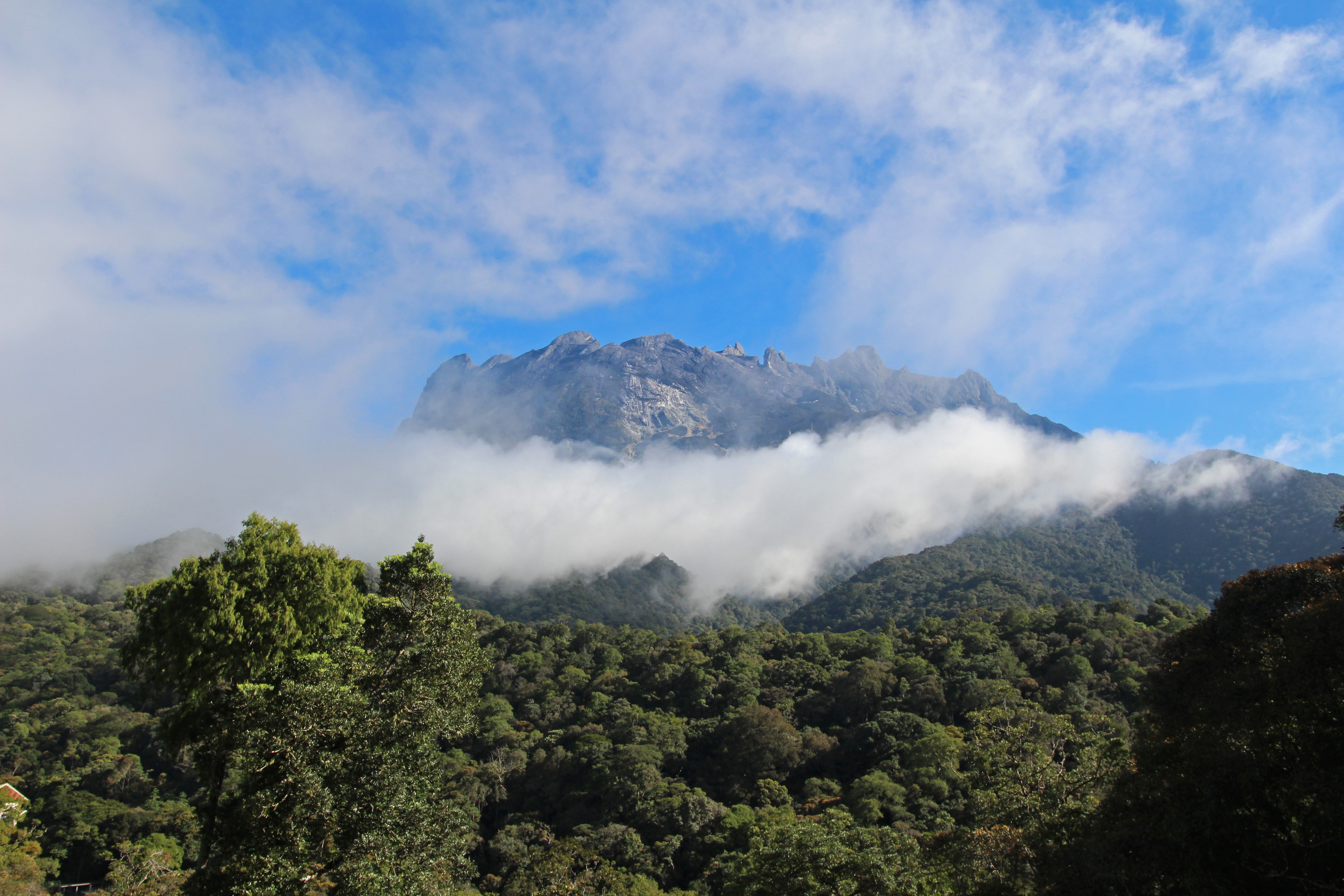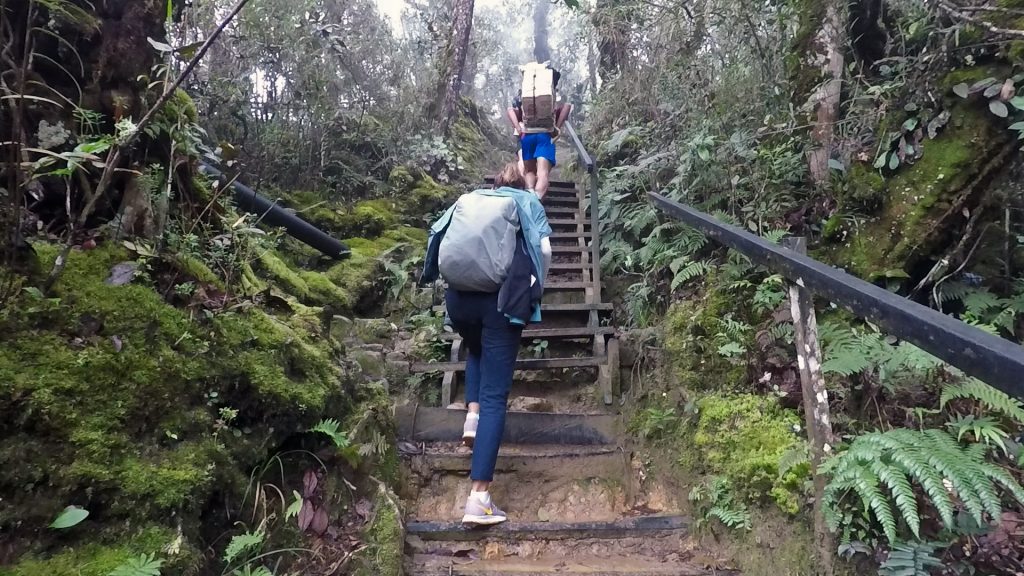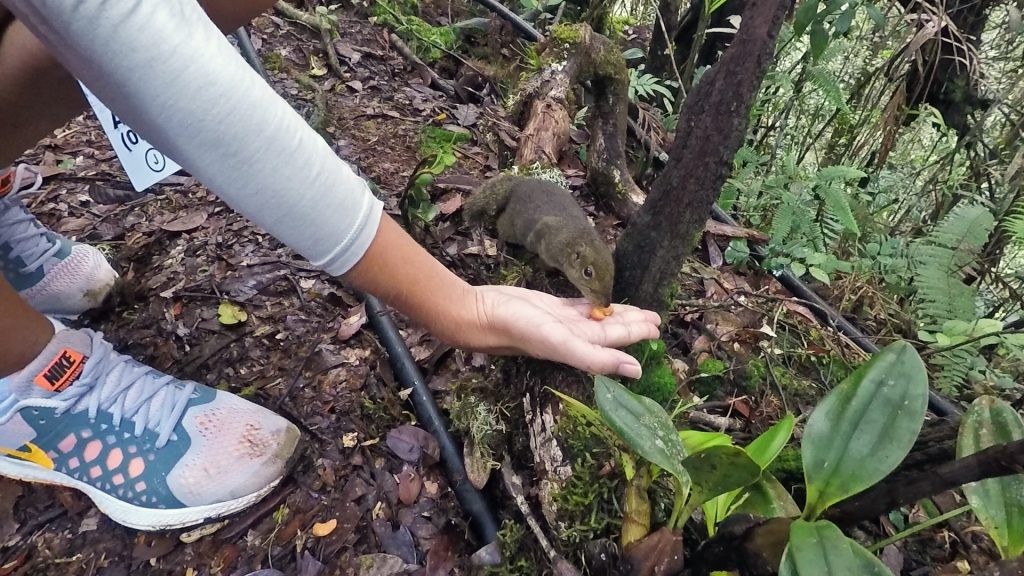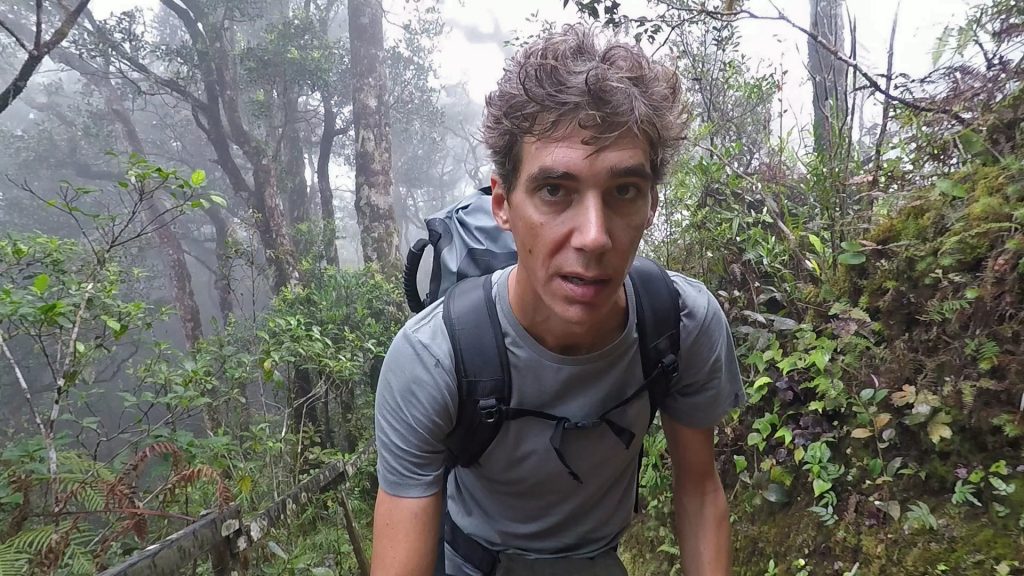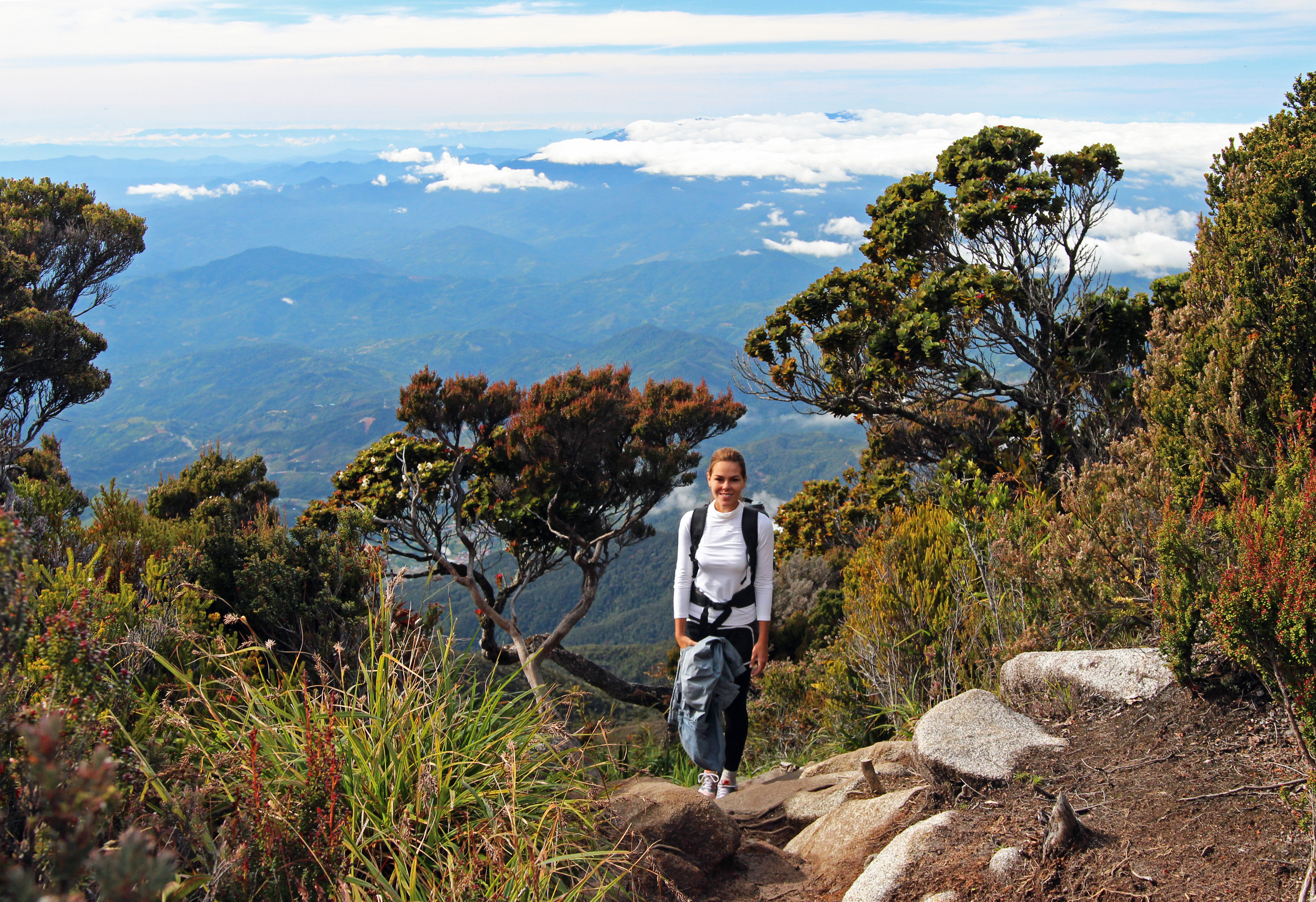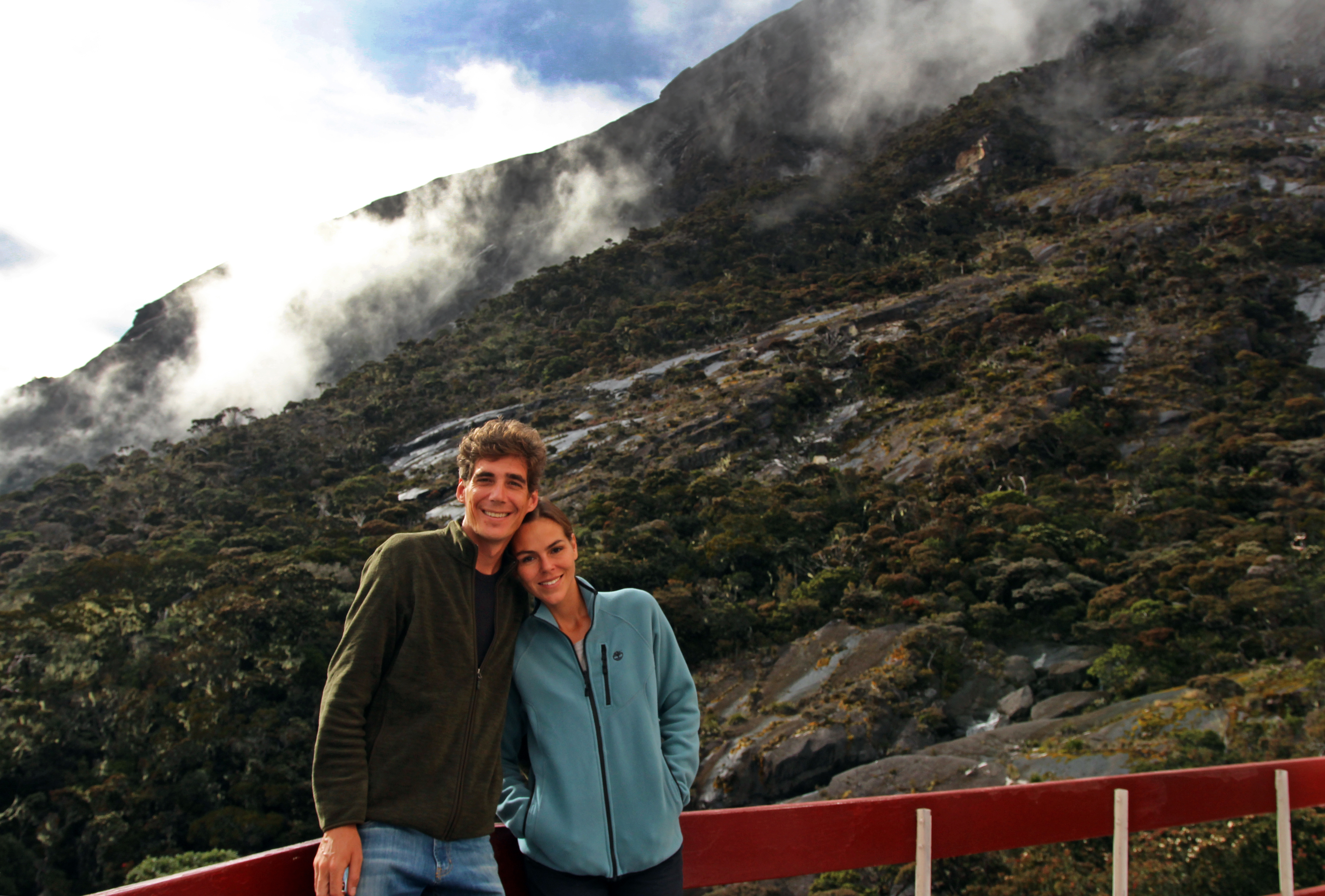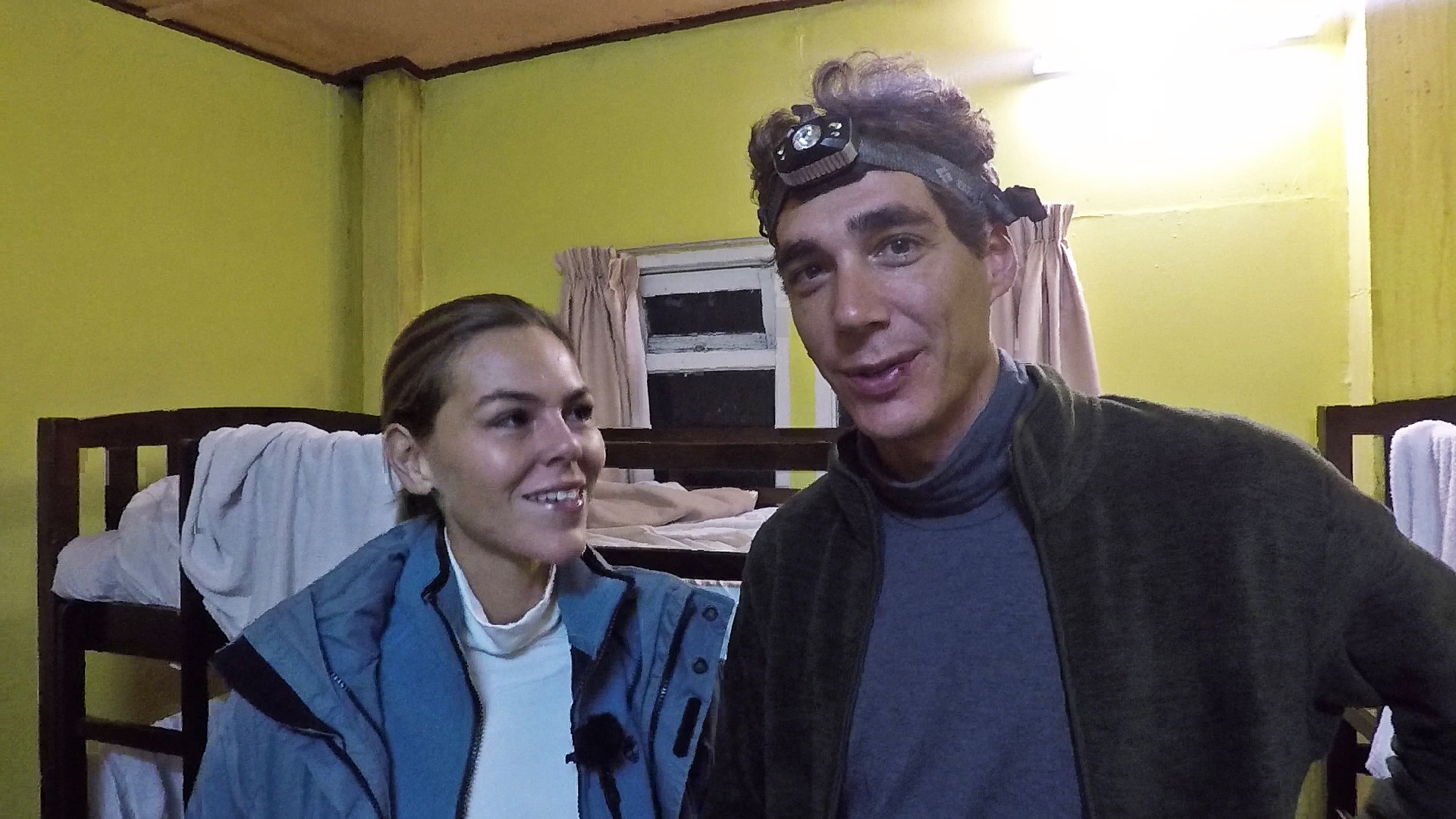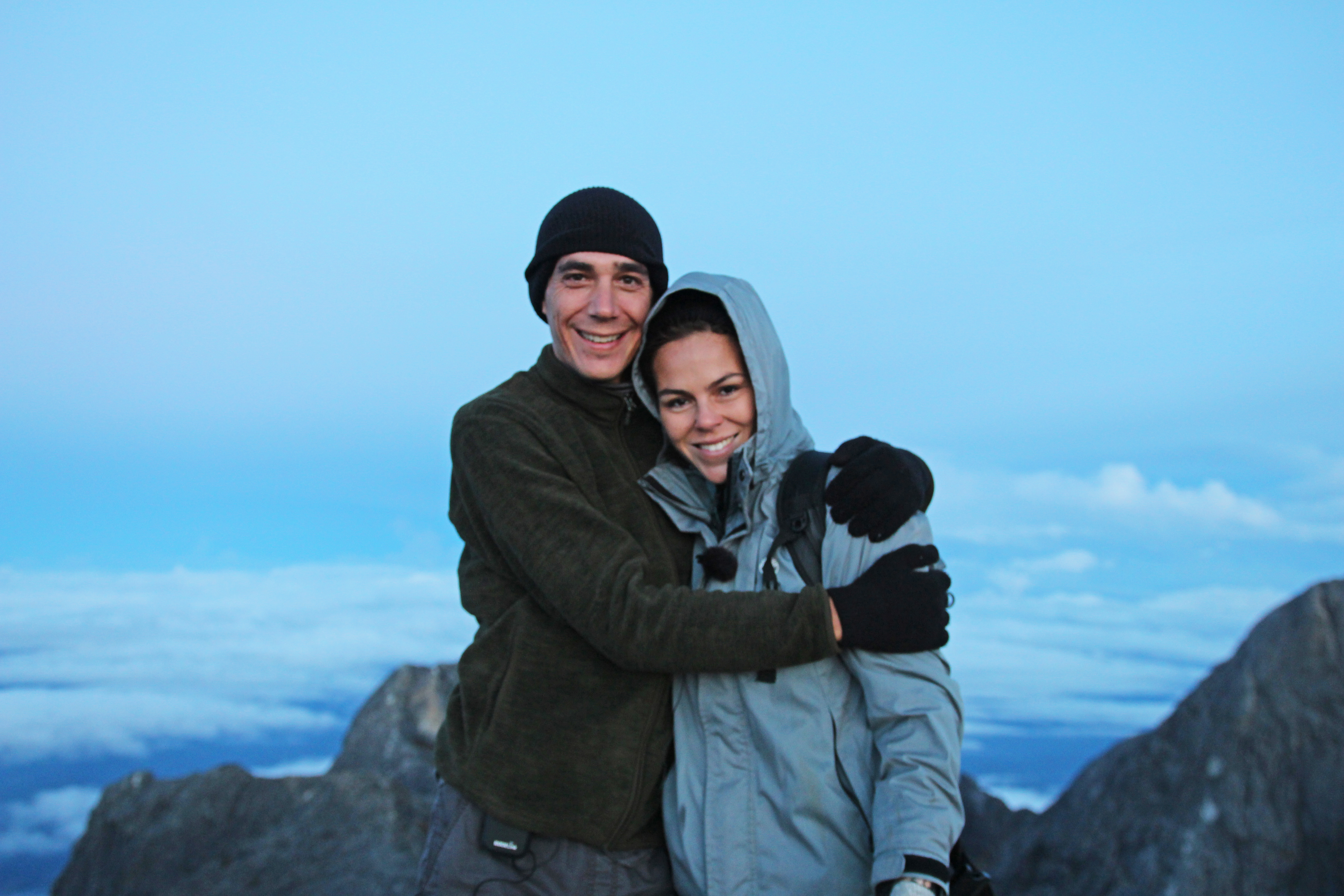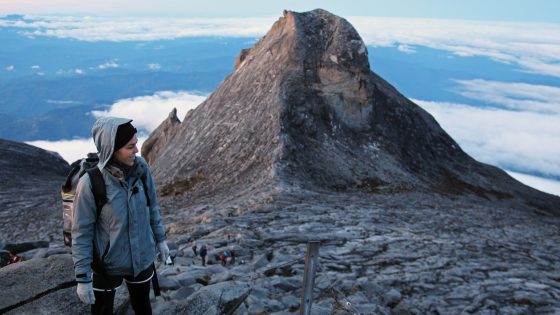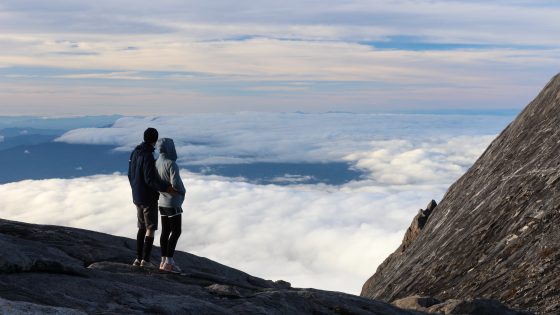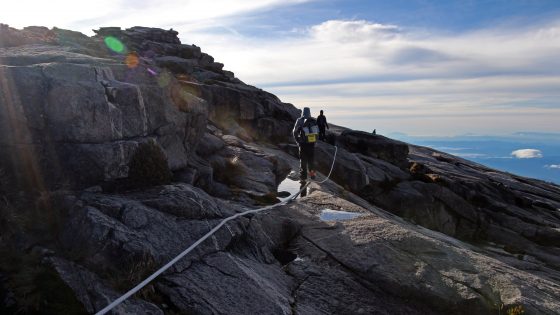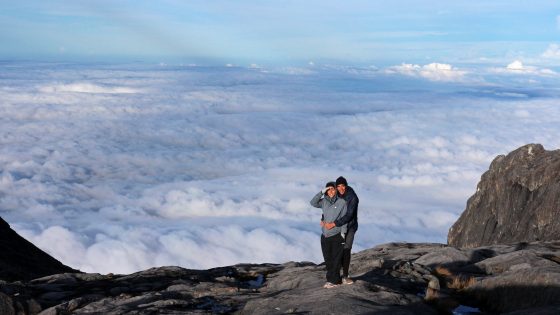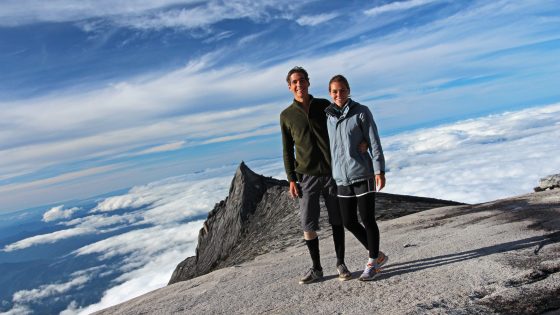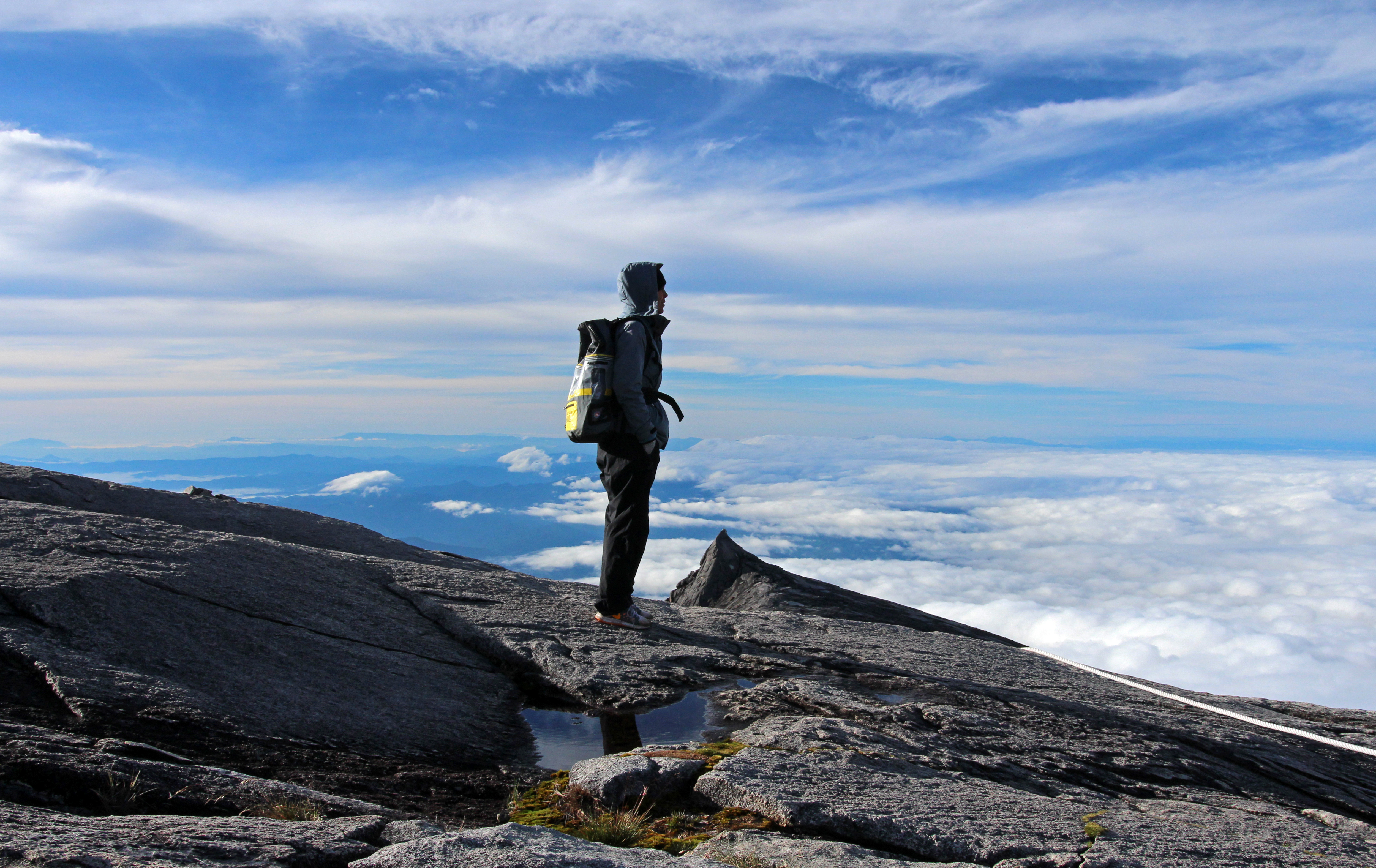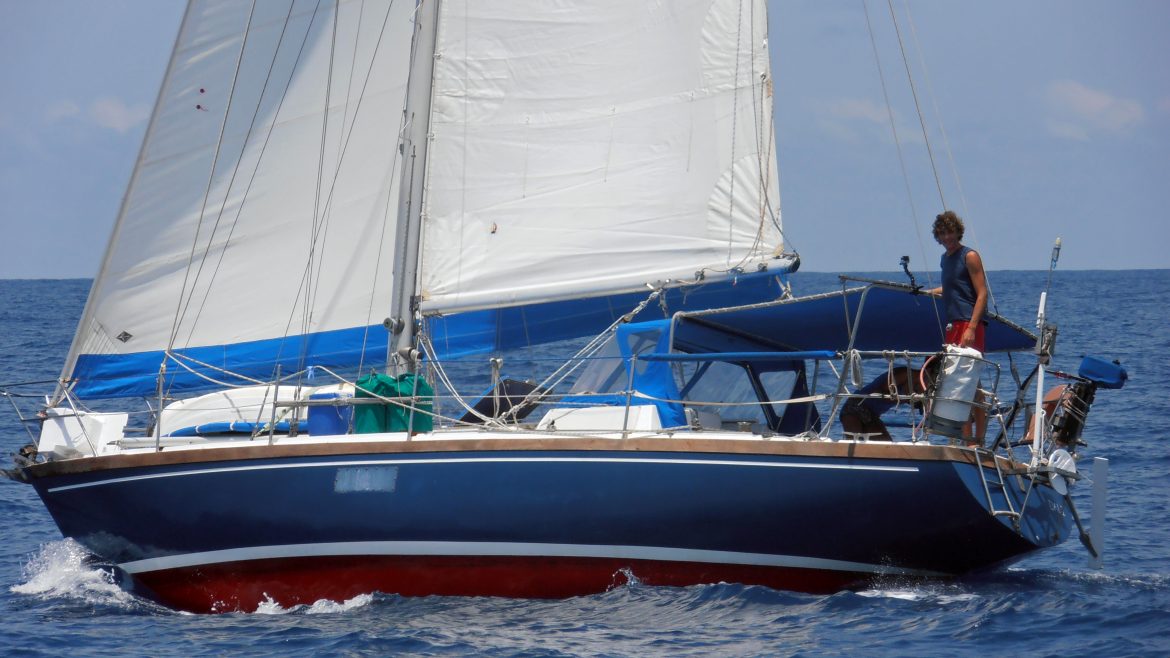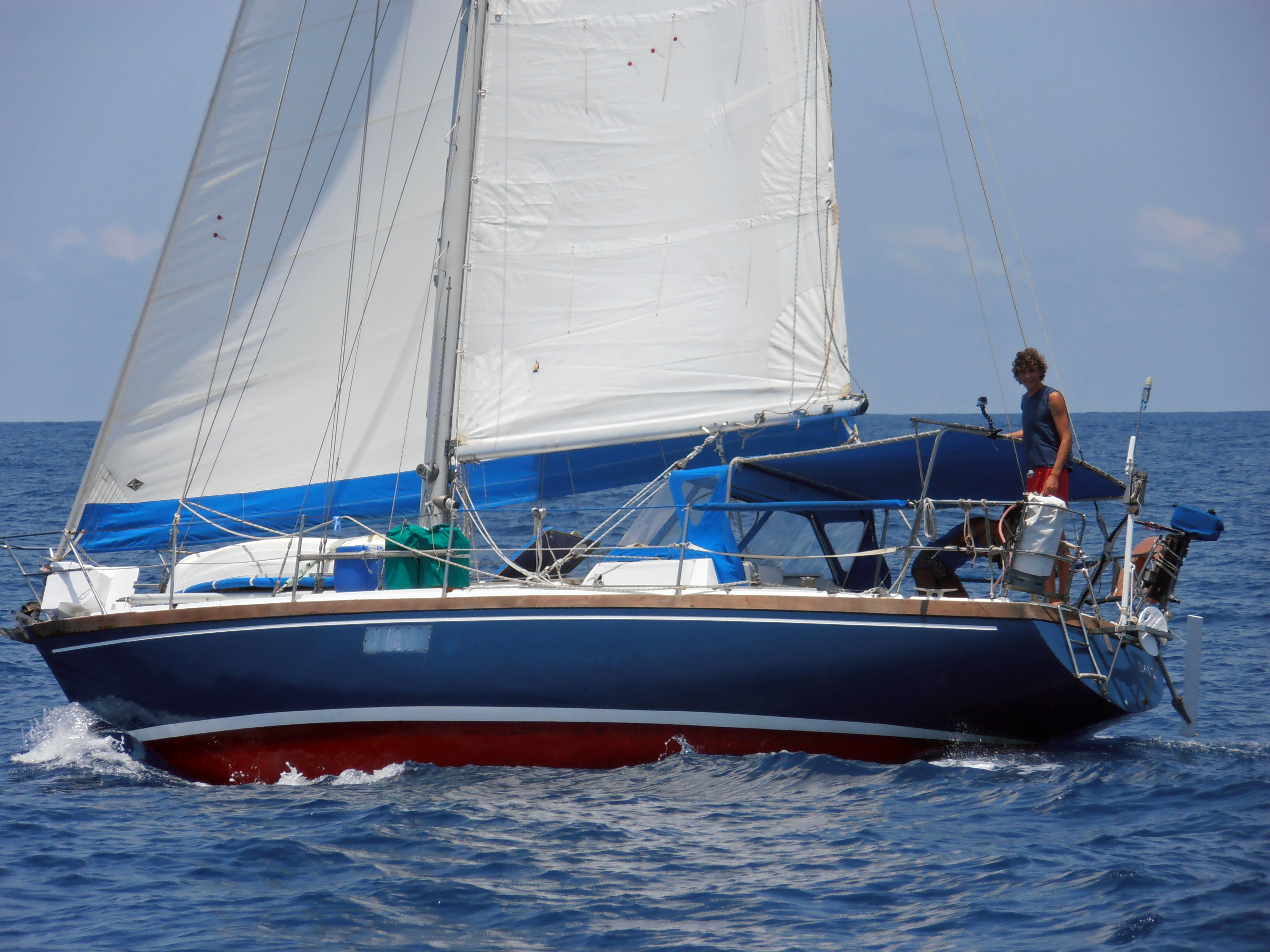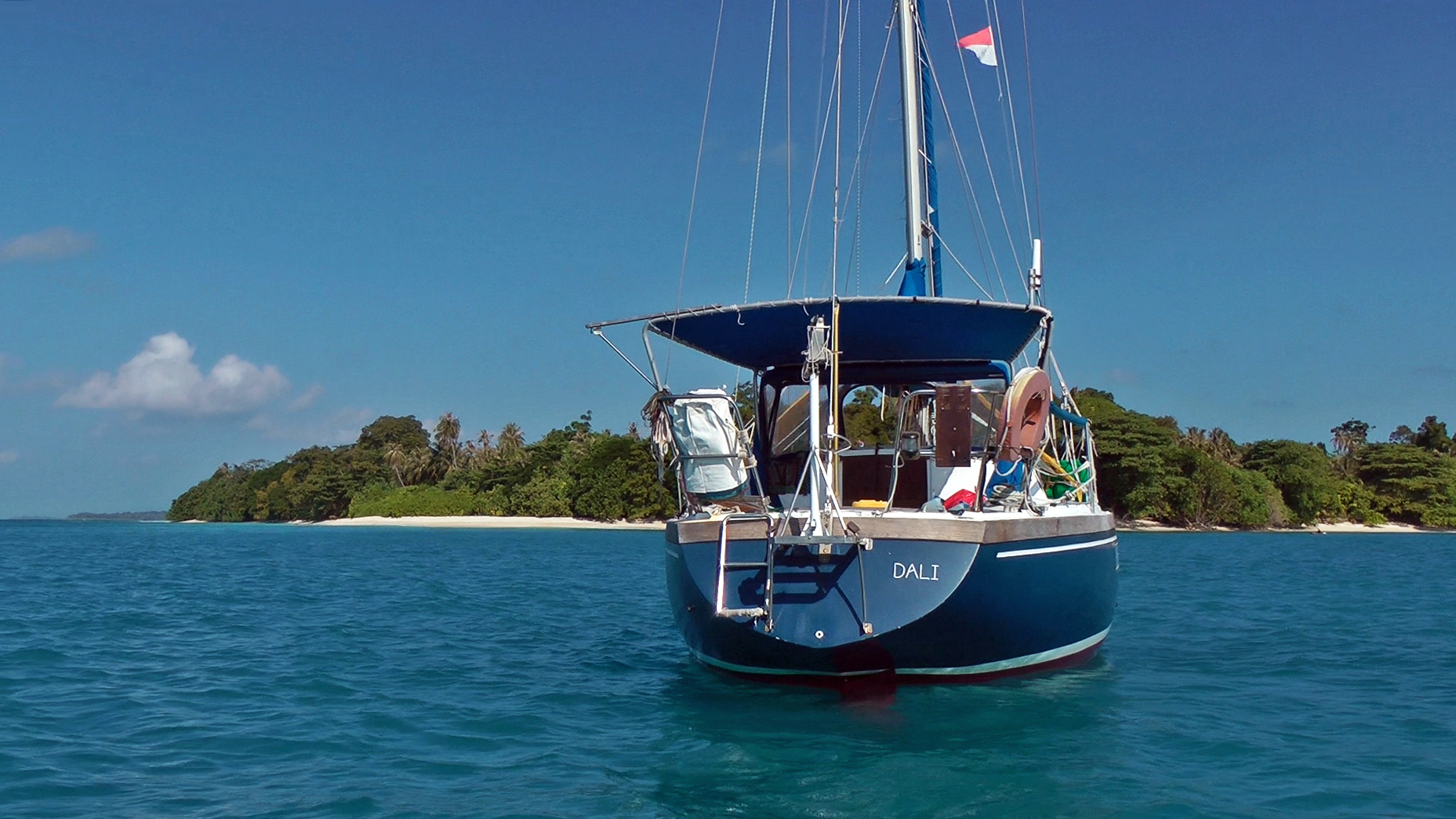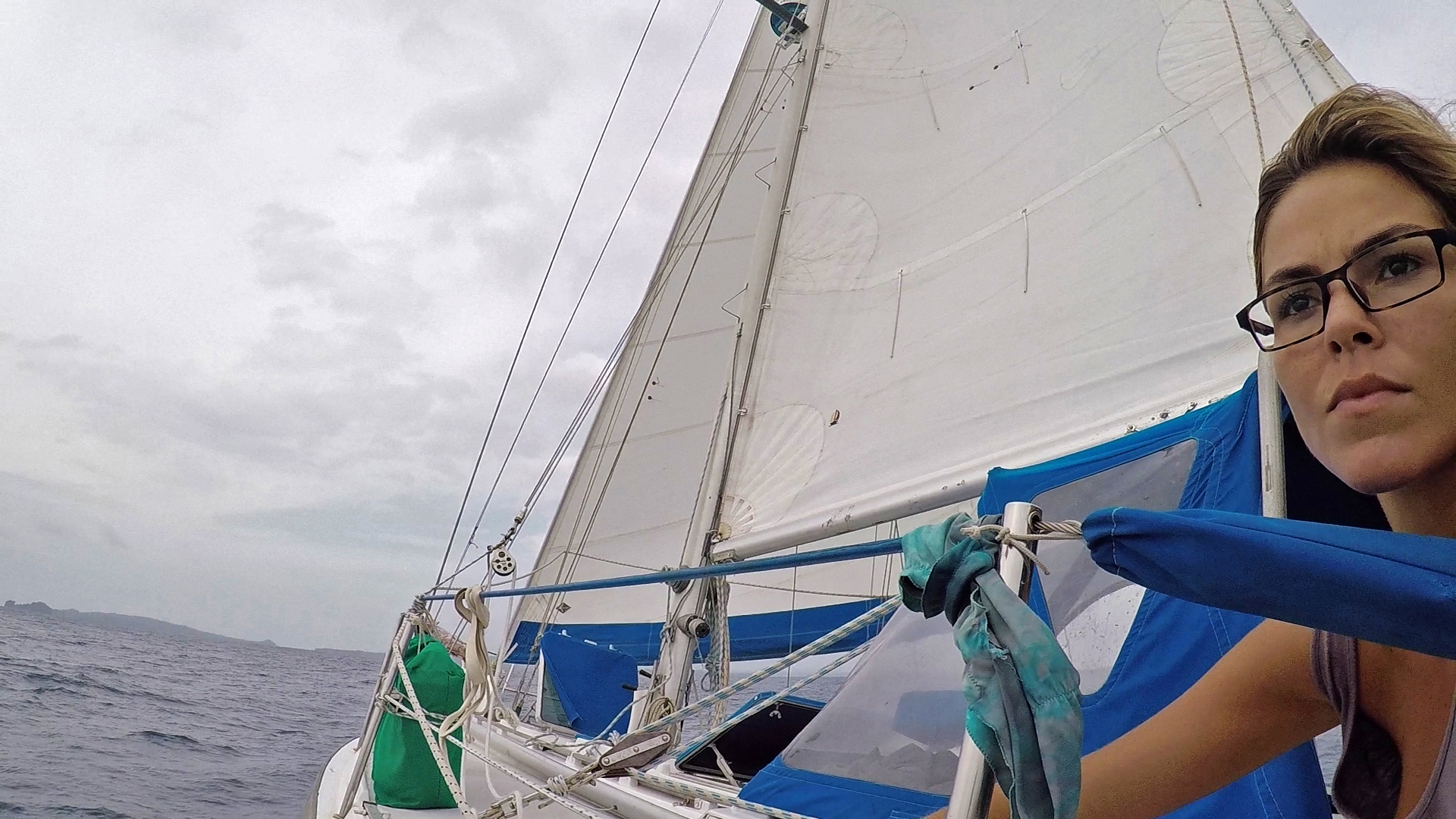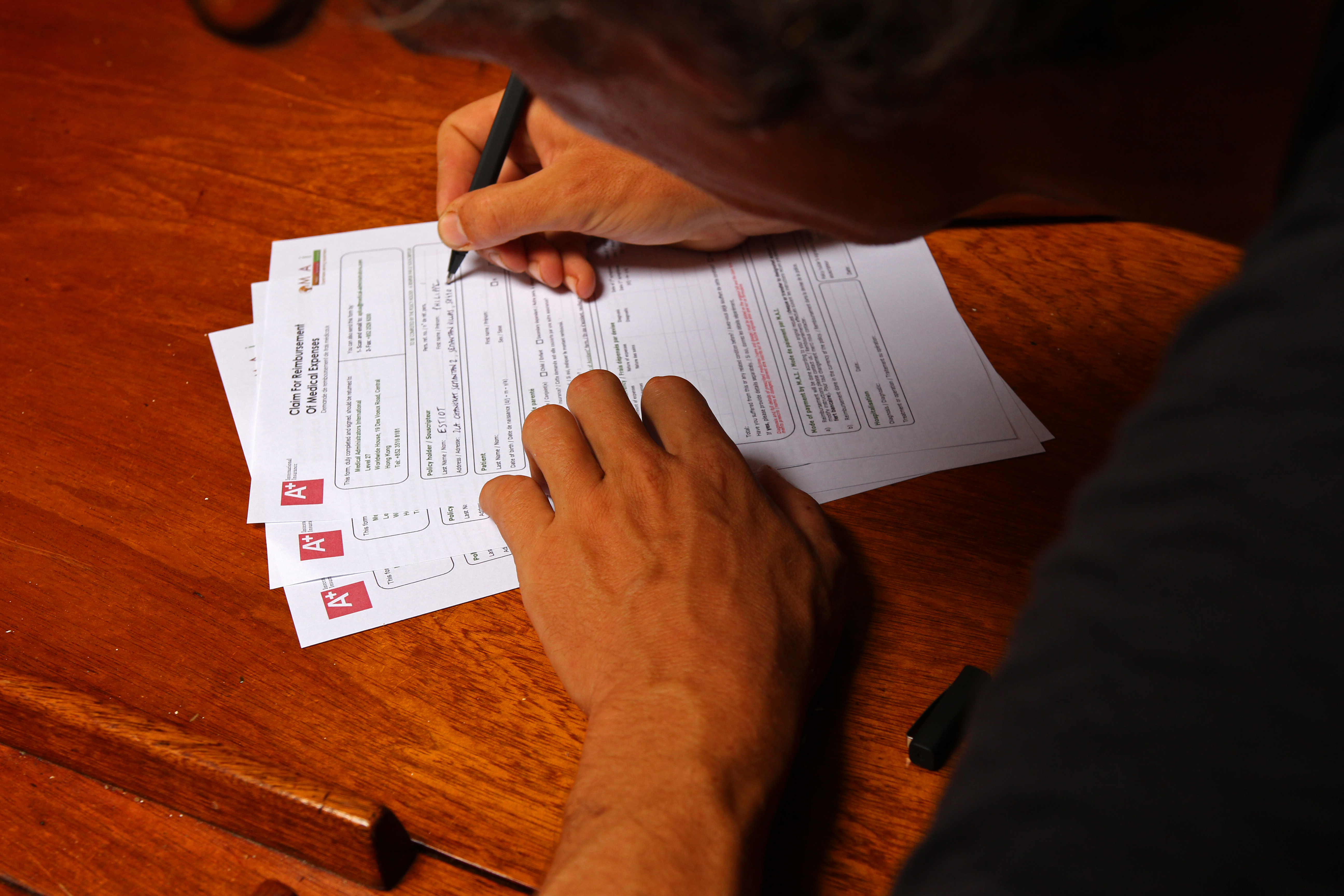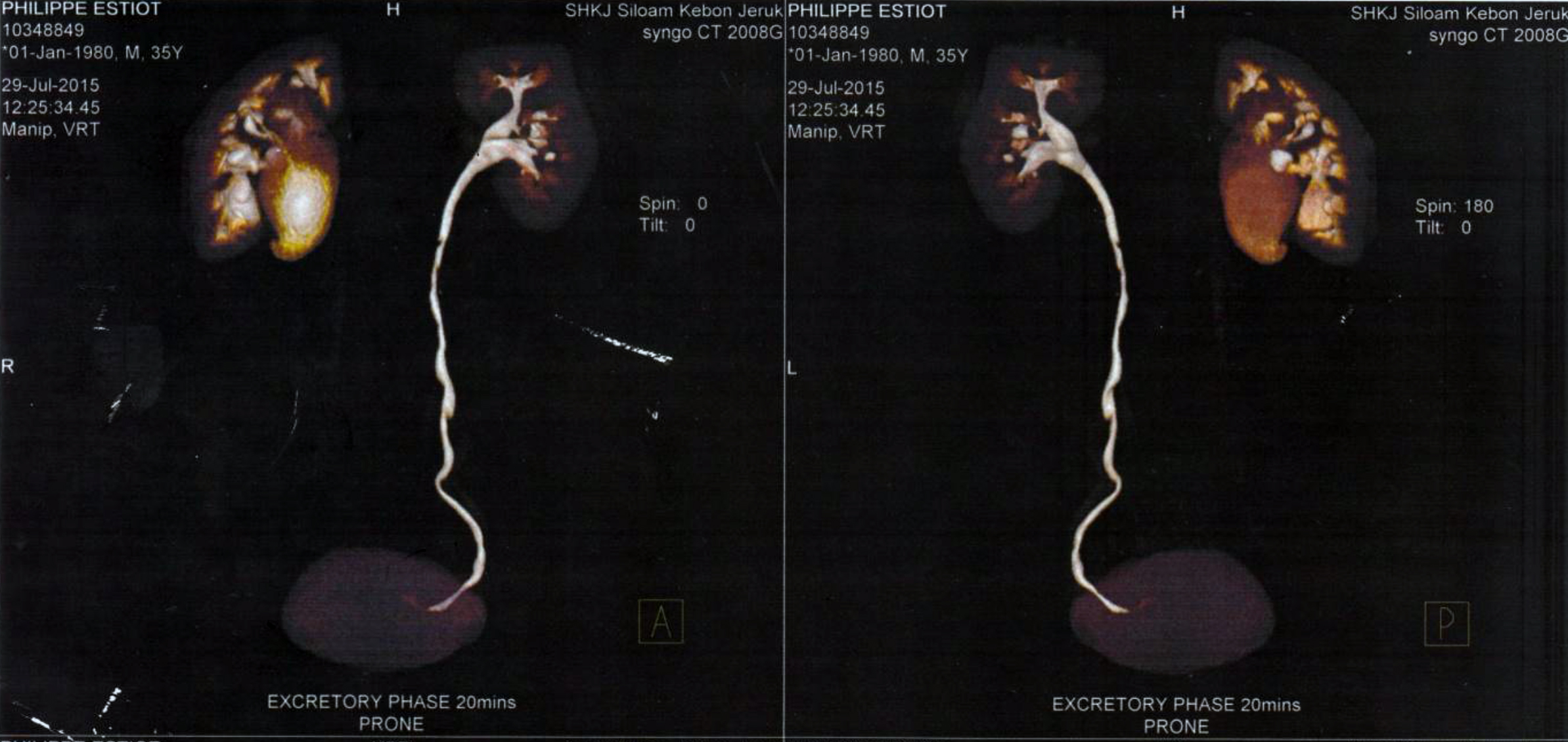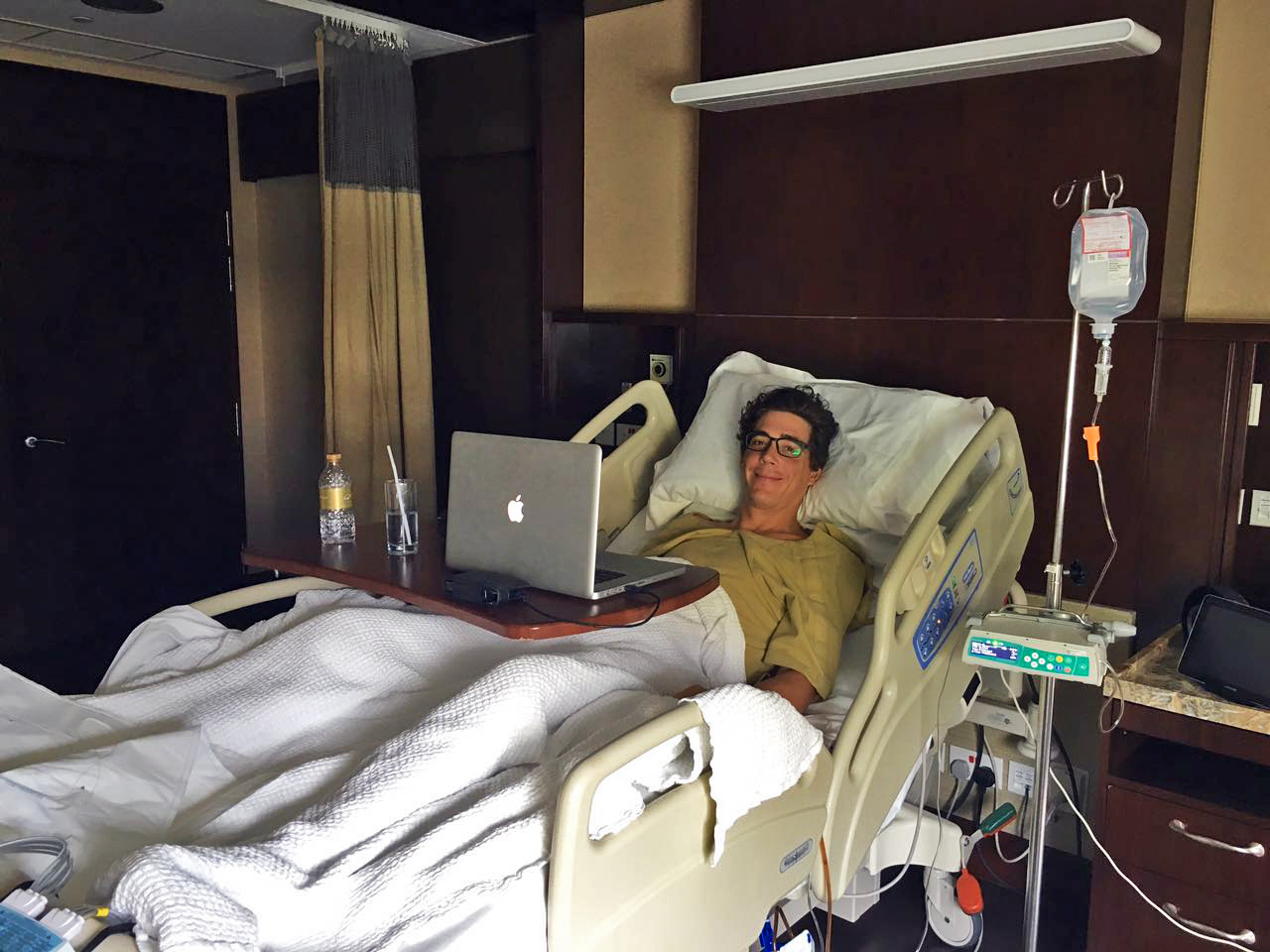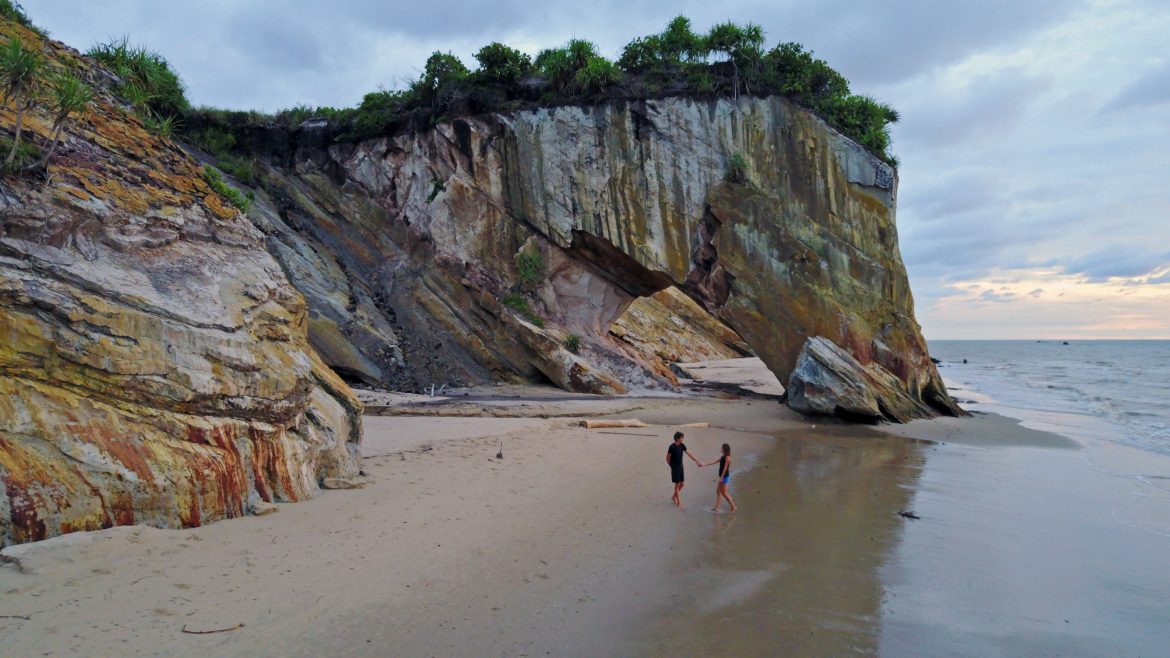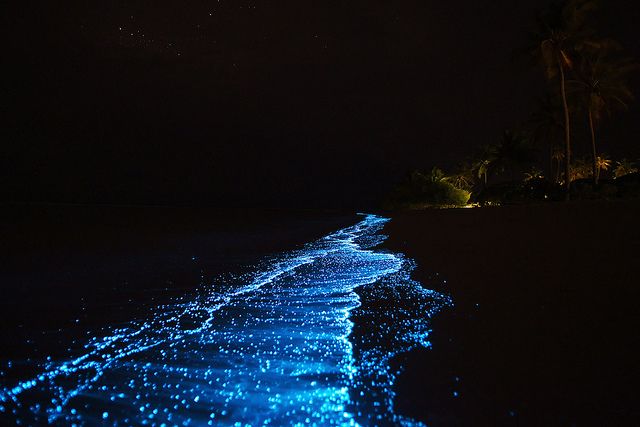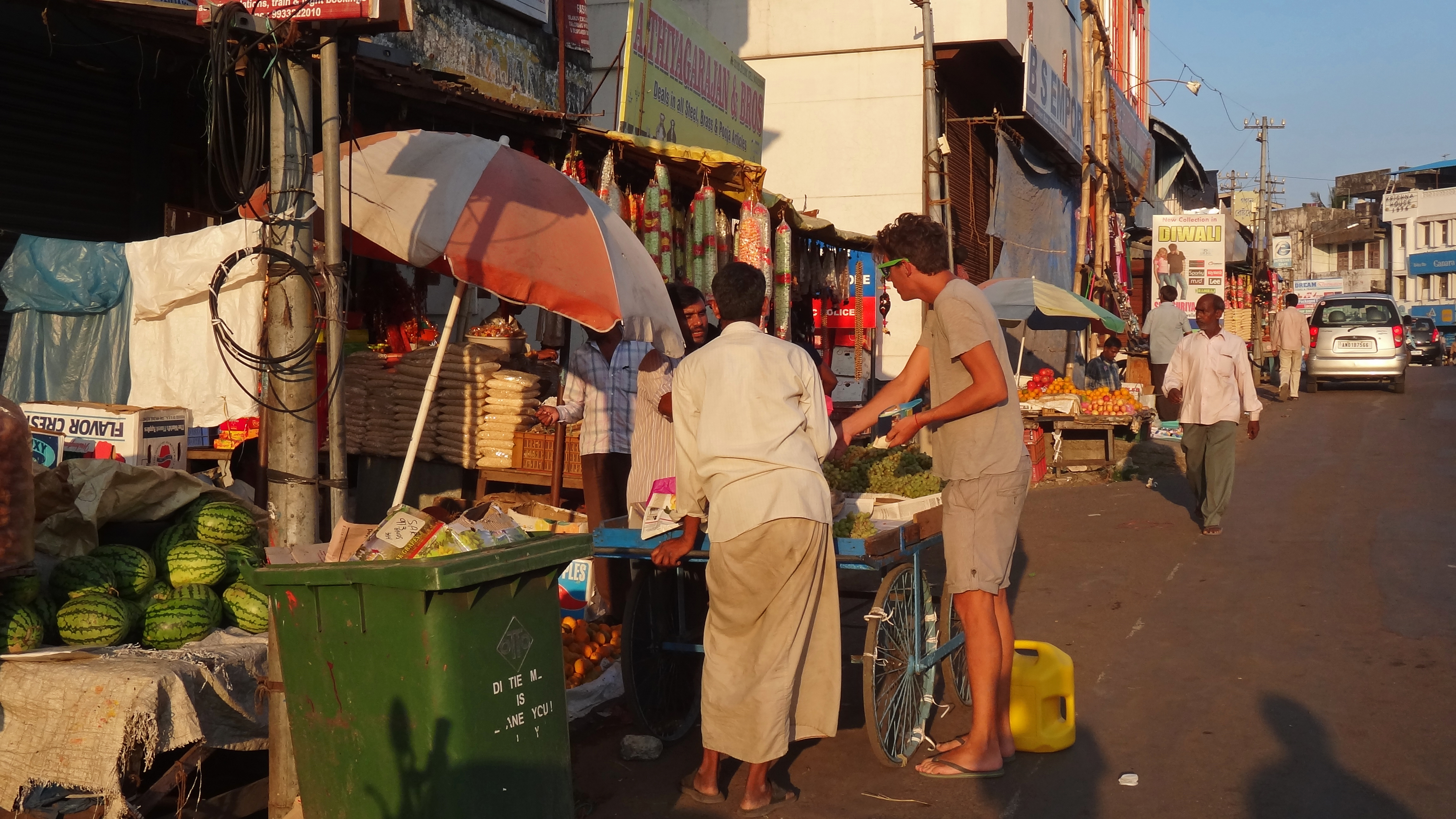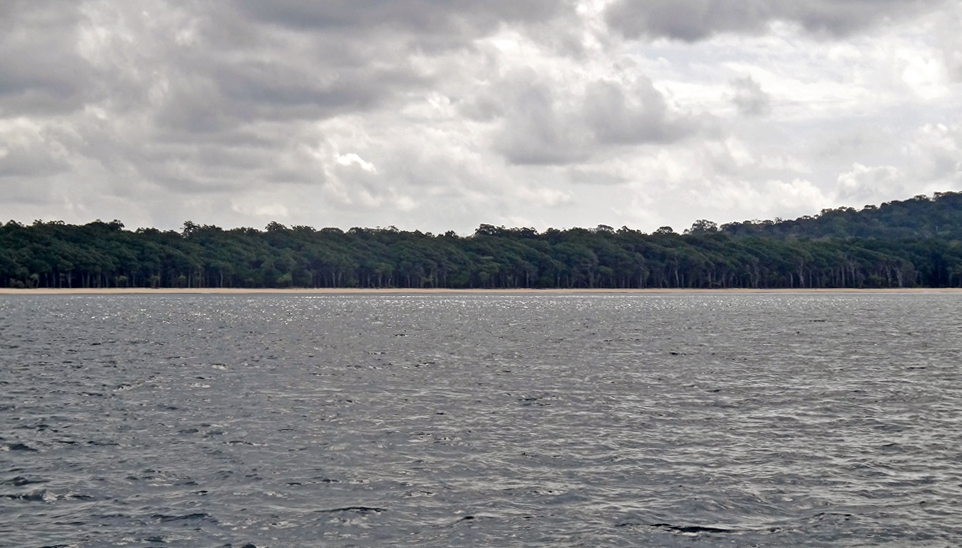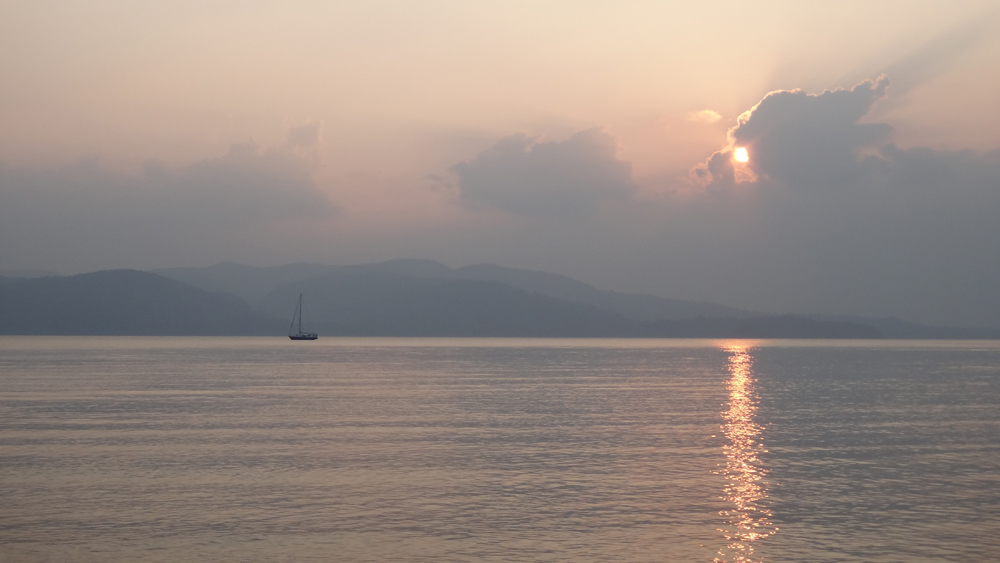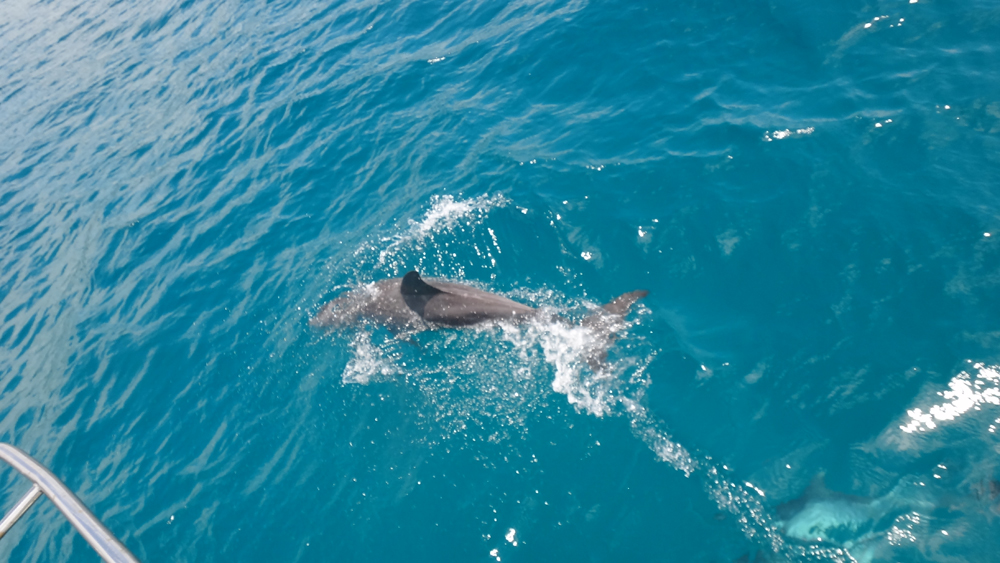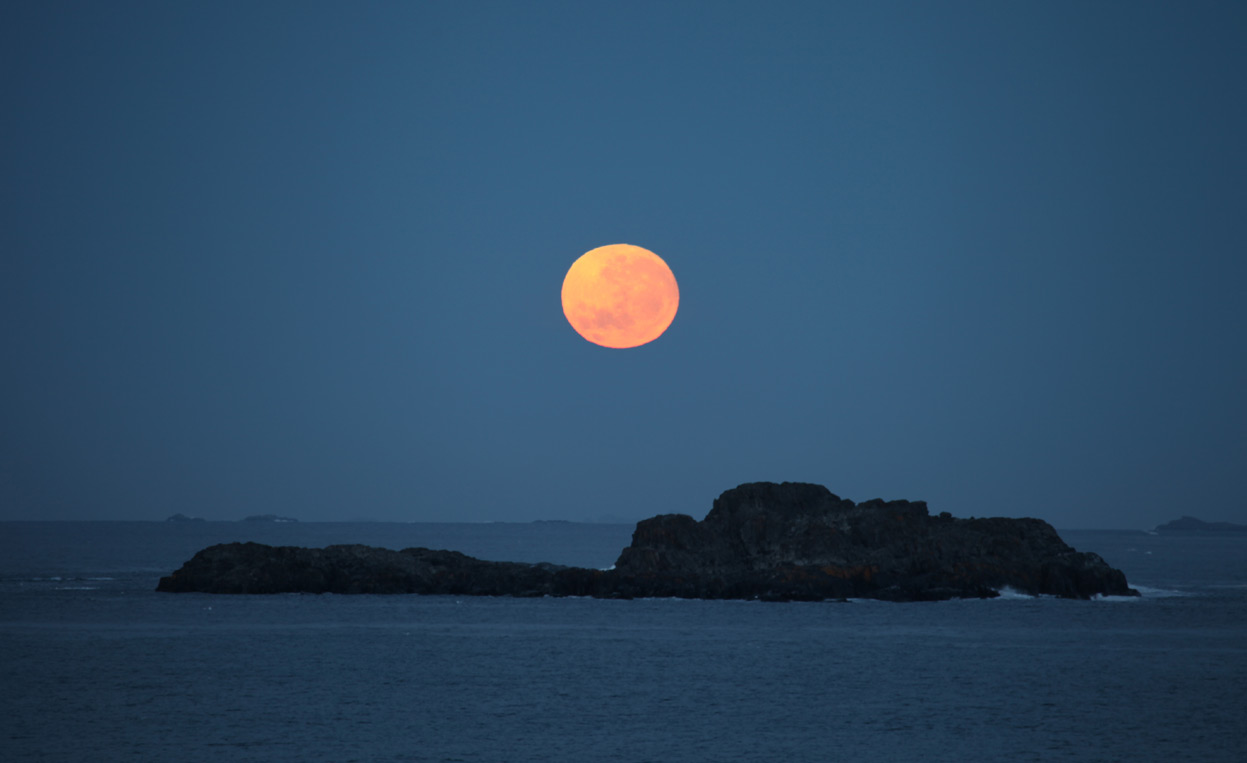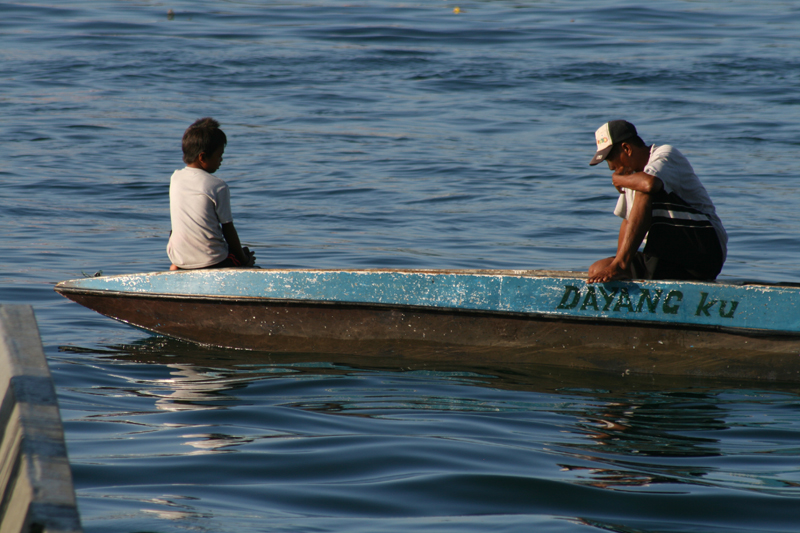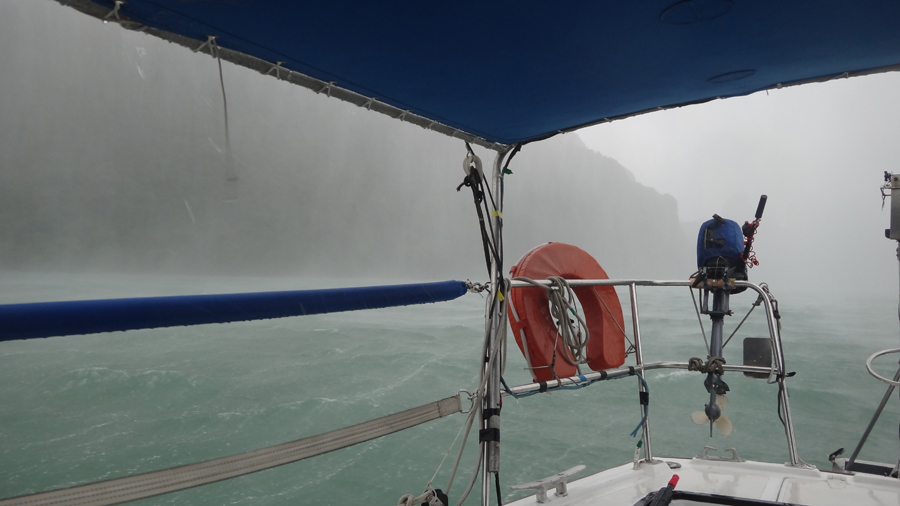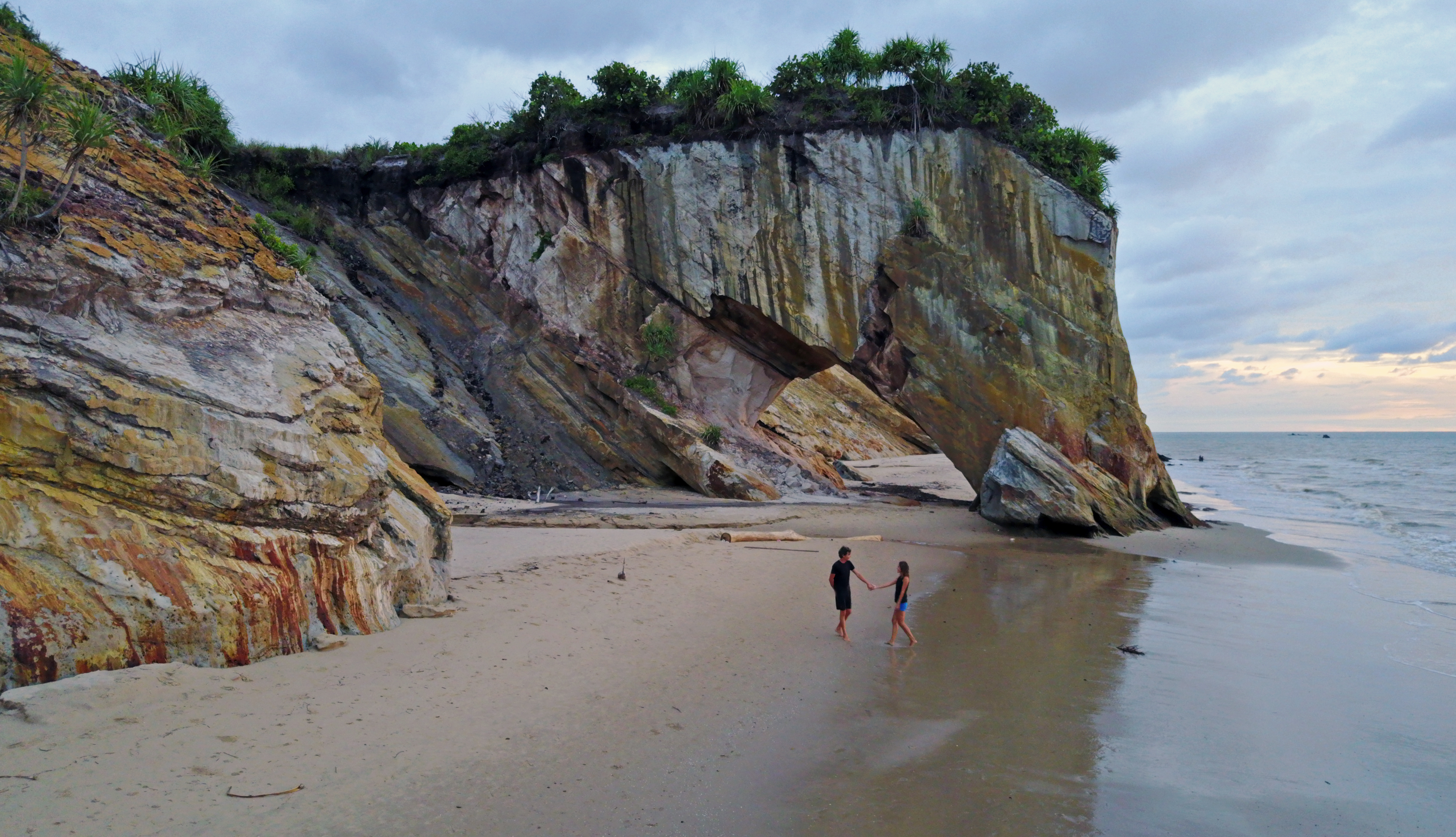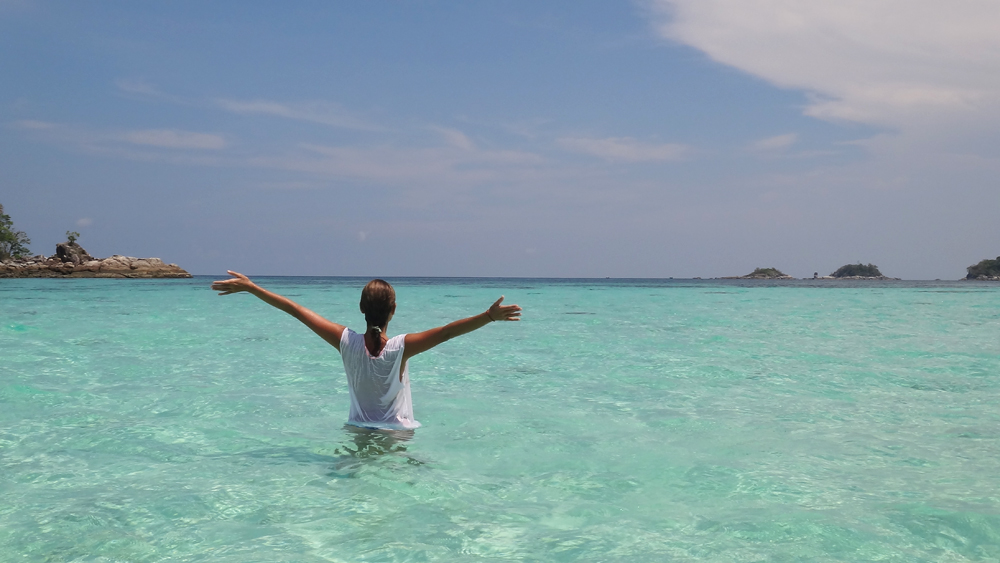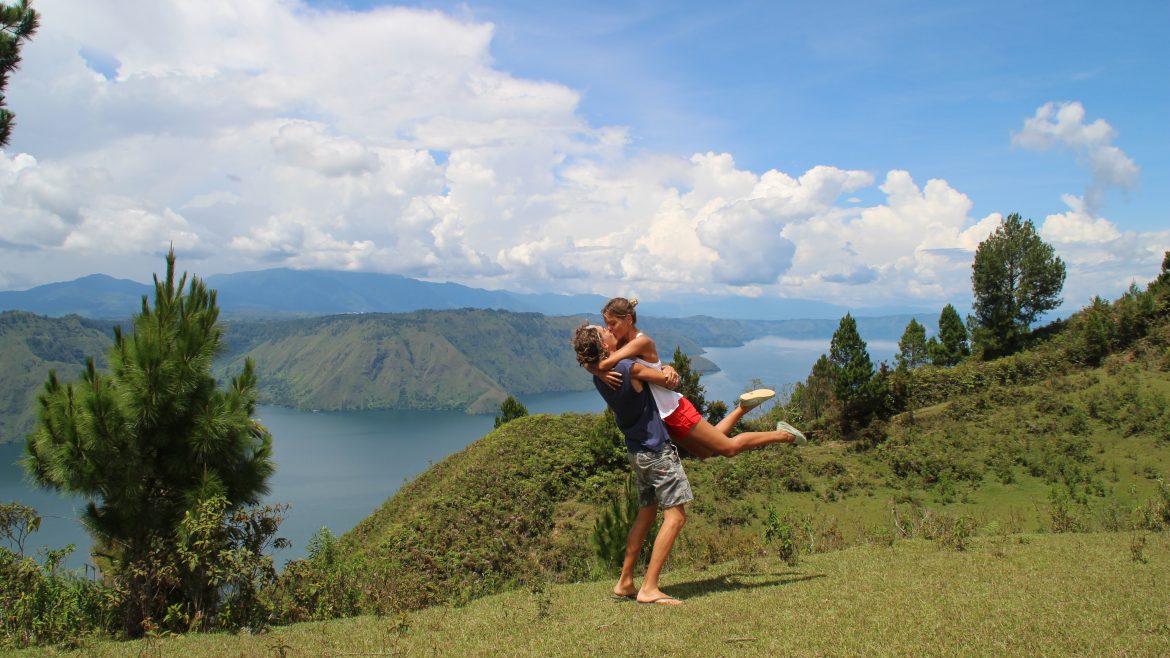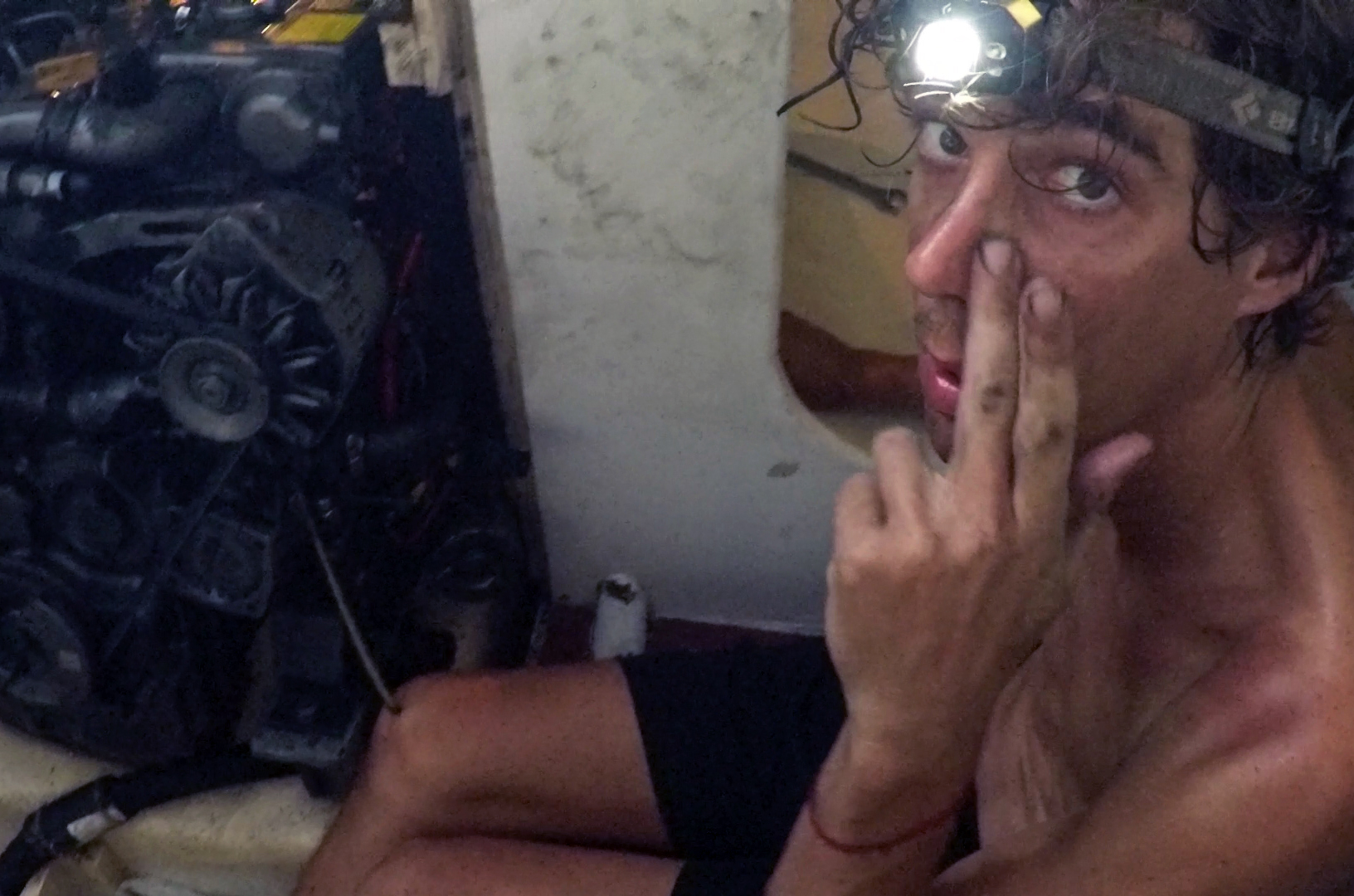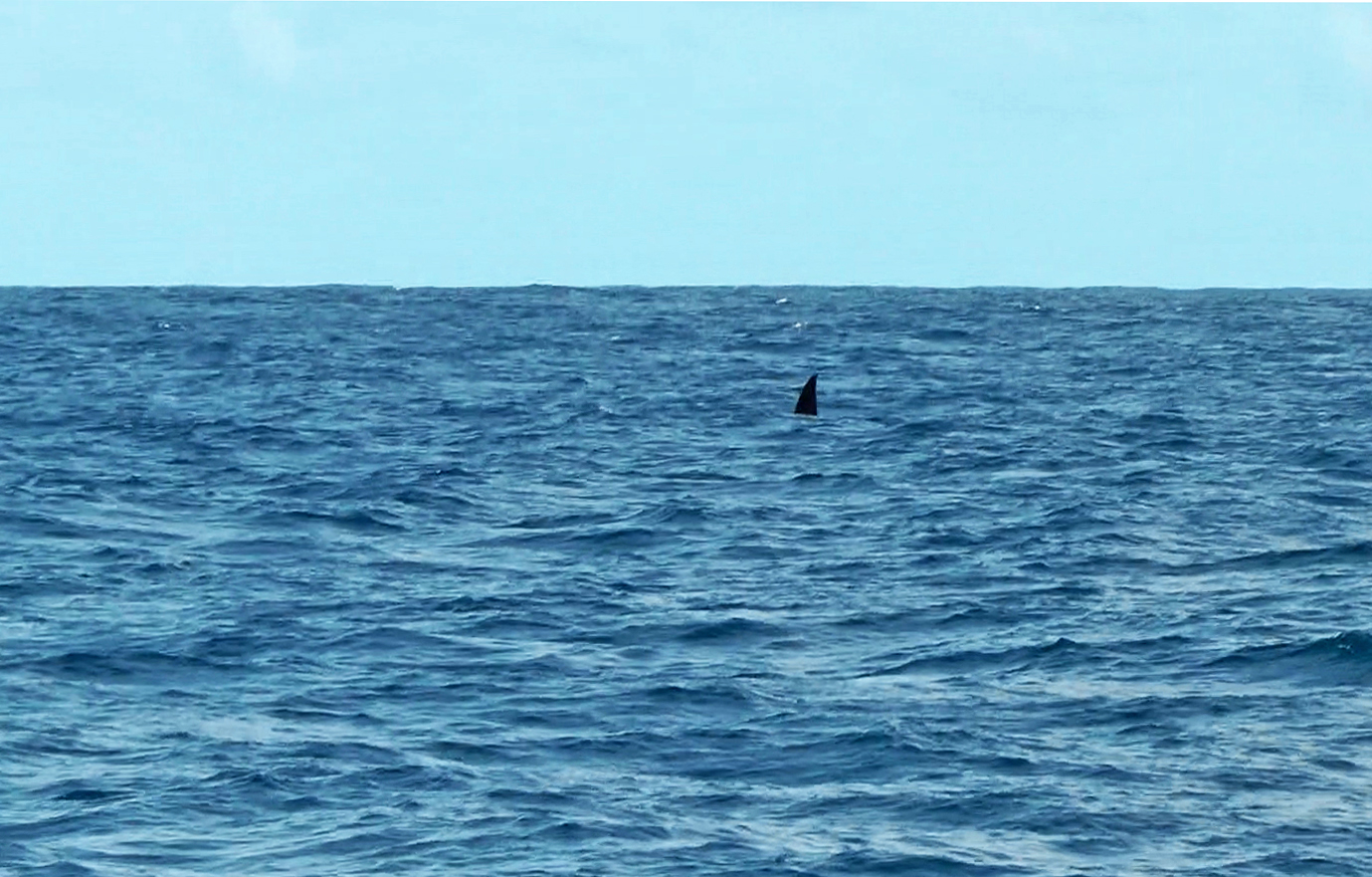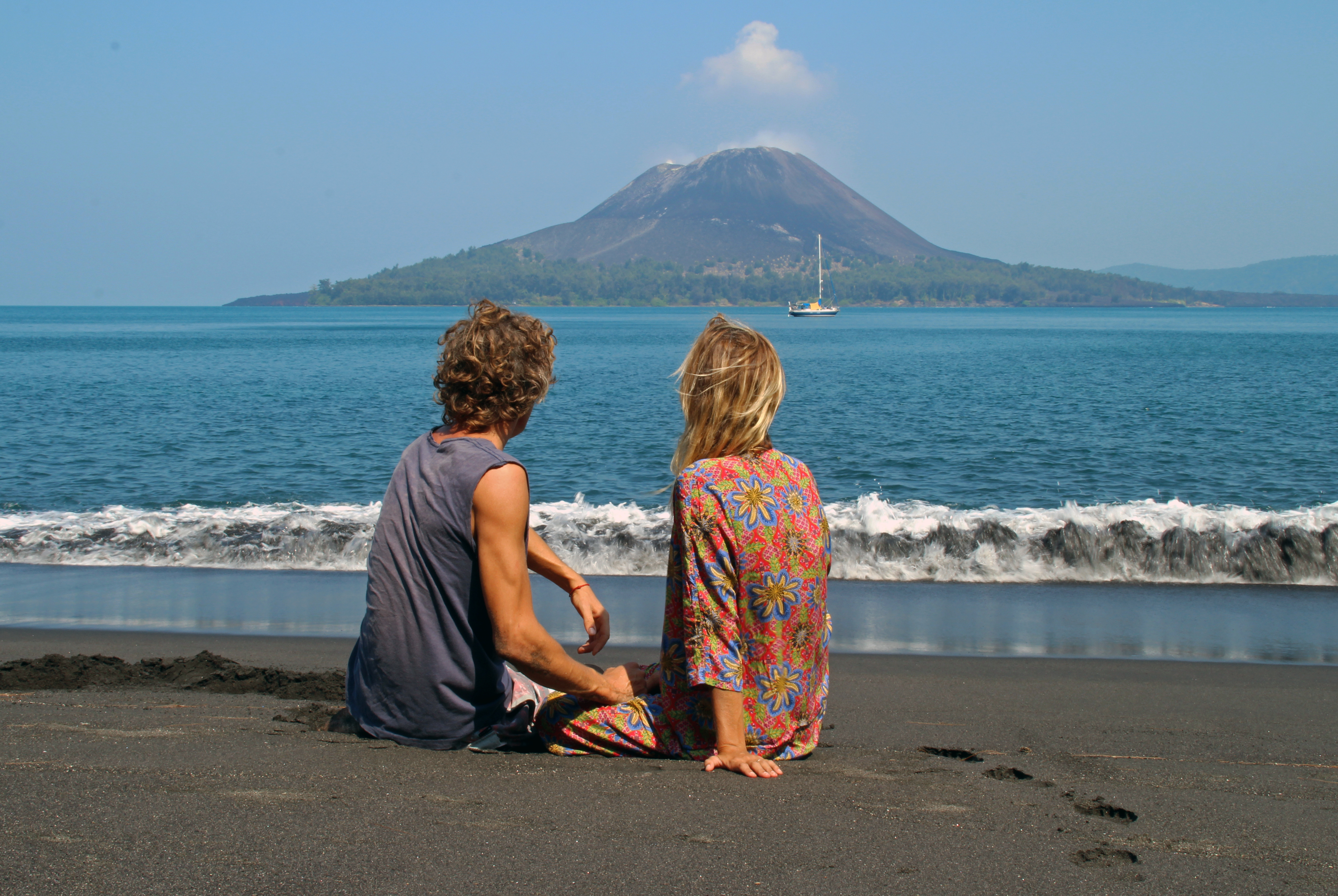A Long Awaited Reopening: Guidelines in place to ensure tourists can visit the Philippines in the safest way possible
A Long Awaited Reopening: Guidelines in place to ensure tourists can visit the Philippines in the safest way possible
With Covid-19 still changing the way we live, the Philippines has been hard at work to implement a strict protocol of guidelines that ensure tourism can resume under stringent international hygiene and safety standards
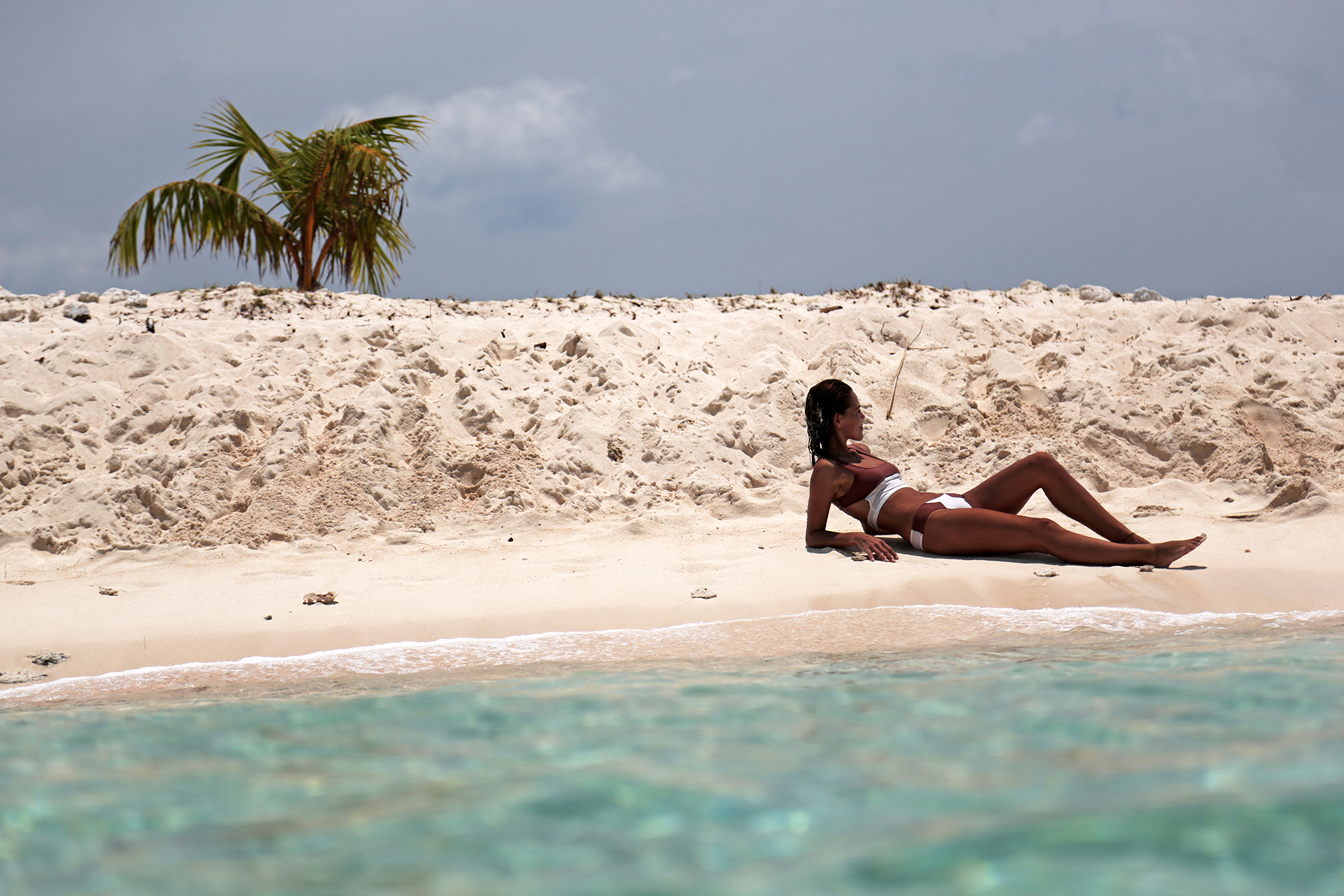
Iva Agüero
@philandiva
More than ten months since it began, the Covid-19 pandemic is still prevalent throughout the world and its far-reaching consequences are affecting industries and economies across the board. Strict travel restrictions brought tourism to a halt but as Stephen Hawking once said, the measure of “intelligence is the ability to adapt to change”.
In the spirit of adaptability and preparedness, the Philippines is one of the first countries that is slowly but surely reopening its doors to visitors. In a brave show of solidarity with its people, the Philippines recognises the importance of the tourism industry for their economy and has prioritised setting protocols in place that will accelerate the return of tourism while maintaining the safety and wellbeing of all those involved as the utmost priority.
With a lot of information out there and the horizon changing quickly, things can get confusing so we decided to put together a simplified summary of the guidelines and safety measures in place for travel during Covid-19.
Across the Filipino Archipelago most tourism protocols are based on a strict and methodical accreditation process. Establishments in the hospitality and tourism sector must adhere to international standards of safety and hygiene so that they can be well equipped to welcome travellers while protecting their safety and the safety of their own staff.
In order to make sure that the hospitality and tourism industry abide by the rules and regulations, the Department of Tourism has set in place a series of accreditations required to operate. From tour operators to restaurants and accommodation, only businesses that have secured a DOT accreditation will be allowed to reopen and operate in the “New Normal”.
If you are wondering what these regulations look like, below is a list of the changes enforced by the DOT in compliance with international Covid-19 safety and hygiene standards.
Tour Operators
The Philippines has such a wide variety of activities to offer that opting for a tour operator takes the stress out of holiday planning. If you are looking to travel by bus, van, rest easy as the following measures are in place to guarantee a safe and pleasant journey.
- Routine monitoring of staff’s temperature
- Personal protective equipment (PPE) available for all on-duty staff with special training provided to educate staff on PPE use
- Use of masks, face shields, and other personal protective equipment for staff and customers
- Vehicles to be routinely cleaned and disinfected
- All trips will be documented to ensure effective contact tracing
- Reduced seating capacity for all vehicles
- Physical barriers erected with screens placed between driver and passengers
Restaurants
Food is an amazing and integral part of discovering Filipino country. Don’t worry, the pandemic will not get in the way of enjoying the countries variety of national delicacies. Extra bonus actually for the social distancing implemented will make for less crowded restaurants and keep you away from noisy diners!
- Restaurants will prioritise and encourage cashless and contactless payment options
- Reduced seating capacity at each restaurant
- Signing of a health declaration form upon entry for effective contact tracing
- Routine sanitisation and temperature checks at all entrances
- Physical distancing even for those dining in groups and screens in place to separate diners seated face-to-face from each other at tables
- Use of masks, face shields, and other personal protective equipment for staff and customers
Accommodation
The Philippines already had a reputation for striving to keep their homes and hotels spotless. Now with Covid-19, expect establishments to be pristine while the warm welcome of Filipino hospitality remains unchanged.
- No handshakes at entry. Instead, you will be welcomed with a warm Mabuhay greeting and big smiles that will shine through the masks that hide them
- Online bookings are preferred as well as pre-payment and contactless payments
- Rigid health declaration system, which involves screening
- Routine health checks for staff to ensure guests’ safety
- Physical distancing and markers to help remind guests of the safety distances that need to be respected
- Use of masks, face shields, and other personal protective equipment in public areas for both guests and staff
- In-room sanitisation kits for guests provided
- Medical-grade equipment for sanitisation and temperature screening at all entrances
- Assign and create a COVID-19 holding facility within the establishment in the event there is a symptomatic guest
- Thorough, routine disinfection of facilities and rooms

